How to choose among all the beautiful gems? Of course you should choose the gemstone that you fall for! But there is actually one characteristic that will largely determine whether your jewelry will be beautiful for 5, 10 or 100 years. In this article, we go through it - and you get an easy introduction to the magical world of gemstones. The more you know about nature's tough flowers, the more beautiful and varied jewelry collection you will be able to build! Written by: Cecilia Kores
First of all, I want to say one thing, to those of you who don't have the opportunity to read through the entire article: I really only want to give you one recommendation. It is that if you are completely new to gems and have no plans to become even a little gem geek, I recommend you to basically always choose diamonds, sapphires and/or rubies in your jewelry!
Why?
Because they are stones that stay beautiful for many, many years. They require minimal care and maintenance to keep them beautiful and sparkling, and you'll be able to use them every day without much wear and tear. Few other materials can scratch a diamond, sapphire or ruby! Many other gemstones need to be looked after - worn gently, stored with care and cleaned often - to remain in fine condition and sparkle.How is it that? It is largely due to a characteristic found in all gemstones. That property determines how long a gemstone stays beautiful!
Since precious stones are a natural material, they will wear out over time when you wear your jewelry - depending on whether the stone is in a ring, in a necklace charm or in an earring. (Gemstones set in jewelry we wear on our hands are often the most vulnerable, since we use our hands so much!)

Jewelry pictured: One-of-a-kind Cluster Ring with Diamonds and a Radiant-cut Light Green Sapphire, Five Diamond Triangle Ring, Brigitte Ring, Vintage Gold Band, Solitaire Petite 0.40 CT
The four ways a gemstone is worn are:
- it gets visible scratches
- it becomes 'foggy' and dull
- it breaks or chips
- it changes color
Of these, the most common is that the gemstone gets scratches. Now you might think that a microscopic scratch does nothing, right? And it's true, a small scratch is barely visible, but if you wear the ring every day, the scratches become more and more, and after a few years they become visible because the stone has become dull and lost the luster it had when it was new! You can see that it doesn't really sparkle anymore.

Jewelry pictured: One-of-a-kind Morganitsolitaire with a halo of brilliant-cut diamonds, Brigitte Ring, Vintage Gold Band and Solitaire Petite Ring 0.40 CT
What causes a stone to get scratches?
There is one property of all stones that determines the resistance to scratches, and that is the stone's hardness. In the gemstone world, hardness is actually defined as: how easily a stone gets scratched!
And now you would like to have a scale that ranks all precious stones according to their hardness - that is, how easily they get scratched - and then you simply choose stones that are high on the scale!
As luck would have it, a German geologist already ranked ten known minerals according to their hardness 200 years ago! It was named "Moh's Scale of Hardness", after his own surname. This scale has since been replenished, and now all gemstones, even those that are not minerals but also organic stones such as pearls and corals, can be found on this list.

Image: Moh's Hardness Scale/Mumbaistockholm
The scale works so that the stones are ranked in hardness, with diamond being the hardest material having the number ten and talc - the white soft substance which is actually also a mineral - having the number one. Then all other minerals are ranked in between. Gold, for example, has a hardness of 2.5 - it's softer than you think!
As you can see, we find diamond, ruby and sapphire at the very top of the list - and now you can perhaps see why it was diamond, ruby and sapphire that I recommended at the beginning. They are so hard that they are rarely scratched and therefore retain their beautiful luster for a long time - which is also the reason why they can be resold for high values even after many years, in antique shops or at vintage auctions.
In the picture you can see that window glass has a hardness of only 5.5 - so most gemstones actually scratch glass, and not the other way around!
 Jewelry pictured: One-of-a-kind Morganitsolitaire with a halo of diamond brilliants, Brigitte Ring, Vintage Gold Band and Solitaire Petite Ring 0.40 CT
Jewelry pictured: One-of-a-kind Morganitsolitaire with a halo of diamond brilliants, Brigitte Ring, Vintage Gold Band and Solitaire Petite Ring 0.40 CT
So, how should you think when choosing a gemstone?
Should you always choose diamond from now on, because it's the hardest?
No, fortunately!
My first tip is to have as a rule of thumb that in rings (or bracelets) that you intend to wear every day, choose stones with a hardness of 7.5 or higher.
Why then?
Well, because one thing many people don't know is that completely ordinary dust - the stuff we have at home that you clean away at regular intervals - mostly consists of quartz! Quartz, i.e. the same mineral that is in, for example, rose quartz. Quartz is actually one of the most common minerals on earth. Since quartz is number 7 on the Moh's hardness scale, this means that any gemstone that has a hardness of 7 or lower will be scratched by ordinary dust! Just by brushing dust off your ring, the stone will get small, microscopic scratches. (This also applies to the quartz gems - amethyst, rock crystal, citrine and rose quartz - because the same materials scratch each other.) Although the scratches will be tiny, they will become more and more over time, and eventually, if you wear your jewelry every day , then in a few years you will notice that your amethyst ring has become dull and the gemstone has probably lost some of its luster. Therefore, we usually say that stones with a hardness of 7 or below are "soft gems" and those with a hardness of at least 7.5 are "hard". In your everyday jewelry that you wear on your hands, you want hard stones!
Look at the hardness scale and you will see which stones have a hardness of 7.5 or above - those are the hard ones. And now the observant may note that it is precisely these stones that we use in almost all Mumbairis. And it's actually exactly for this reason - I wanted to be able to wear mumbai rings every day, and therefore I decided early on to only use gemstones with a hardness of at least 7.5 in our jewelry. This is also why you rarely see an opal ring or an amethyst ring marketed as a wedding ring - they are simply not stones that should be worn in a ring every day (there may be more reasons for that than hardness, but we won't go into that right here).
My second tip is that if you really love one of the soft stones - like I myself love light pink opals - then you can wear them in, for example, earrings or necklaces instead, where you don't have to be as afraid of hitting things and the jewelry is more protected, or you make a cocktail ring or "fine ring" - a ring like that that you don't wear every day! When you're not wearing them, store them in a closed jewelry box where dust and sunlight can't get in, and they'll stay beautiful for a long time!
My third tip is to use what you just learned about toughness! Now you no longer have to feel like you need to choose a diamond just because. As long as the gemstone has a hardness of 7.5 or above, it is a durable stone (with some exceptions)! For example, I myself love white topazes because they can be cut up to high CT sizes without them being super expensive. Topaz does not sparkle as much as diamond (often the stones sparkle more the harder they are) but in many cuts - such as e.g. the rectangular emerald cut - that's not the goal either! Instead, you can, for example, add small diamond brilliants around the topaz to provide the bling, as we have done here .
My fourth tip is on the same theme but in reverse: if you want the stone to sparkle as much as possible, better go down CT size but choose the harder stone. This is especially true for light stones, which are easily dulled by dirt. For example, if you are choosing between a light yellow heliodor and a light yellow sapphire, they may look the same when freshly cut and straight from the atelier. But the heliodor, the softer stone, you will notice does not reflect light as well, especially when dirt gets on it. So if shine and glitter are very important to you, please choose as hard a stone as possible. And keep in mind that light stones are not as forgiving as dark ones - dirt is noticeable more on light stones.

Jewelry pictured: One-of-a-kind Cluster Ring with Diamonds and a Radiant-cut Light Green Sapphire, Five Diamond Triangle Ring, Brigitte Ring, Vintage Gold Band, Solitaire Petite 0.40 CT
So, in summary:
Choose really hard and high quality stones for your most important pieces of jewelry that you want to maximize the life of - the rings and earrings you wear every day or that you want to be able to pass down - go wild with the others!
We all have a budget, and the trick is as with everything else - weigh the pros and cons to what suits you best.
The more knowledge you have, the more beautiful, more varied jewelry collection you will be able to build. Then you should also know that even if the hardness has become one of the most important factors that determine the price, for example a rare, beautiful pearl or opal can be super expensive, if it is beautiful and unusual enough! There are seven factors other than hardness that determine a gemstone's price, after all (color, rarity, carat, durability, clarity, cut, and beauty).
And - of course there are also exceptions where a hard stone can be fragile for other reasons (as is the case with emerald, for example). But if you make it a habit to always look at the hardness scale before you buy a new piece of jewelry, you will go a long way.
Ask questions where you are, think about how you will use the jewelry and then go for the most important thing - gut feeling.No one else can choose the gemstone for you. But the more you learn, the better decisions you will be able to make yourself!

Listen to Episode 4: Which Gem Should You Choose? of Smkykespodden directly below or click here .

 Gemstone Hardness Poster (40x50 cm)
Gemstone Hardness Poster (40x50 cm)
 Gemstone Hardness Poster Black/White (40x50 cm)
Gemstone Hardness Poster Black/White (40x50 cm)
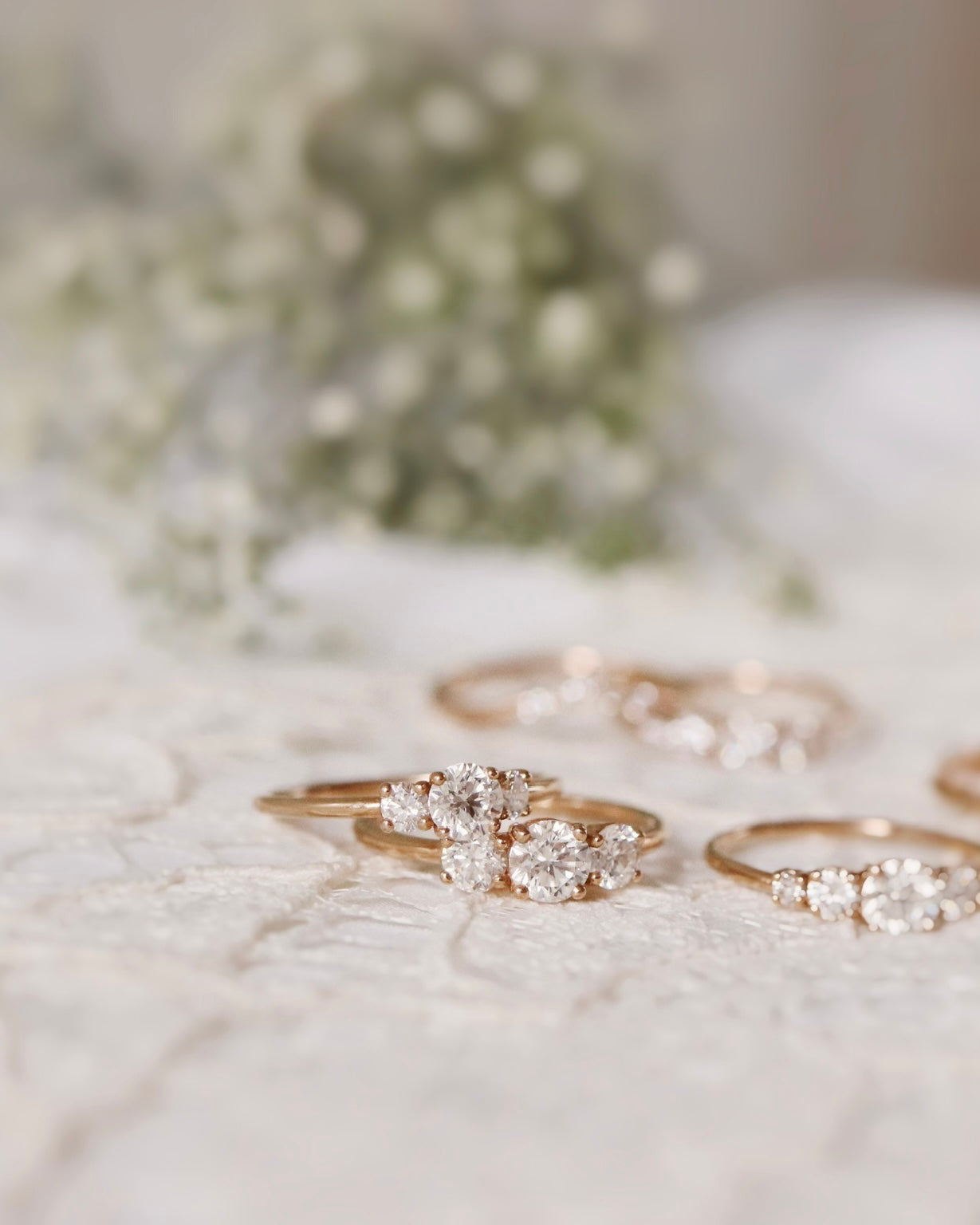
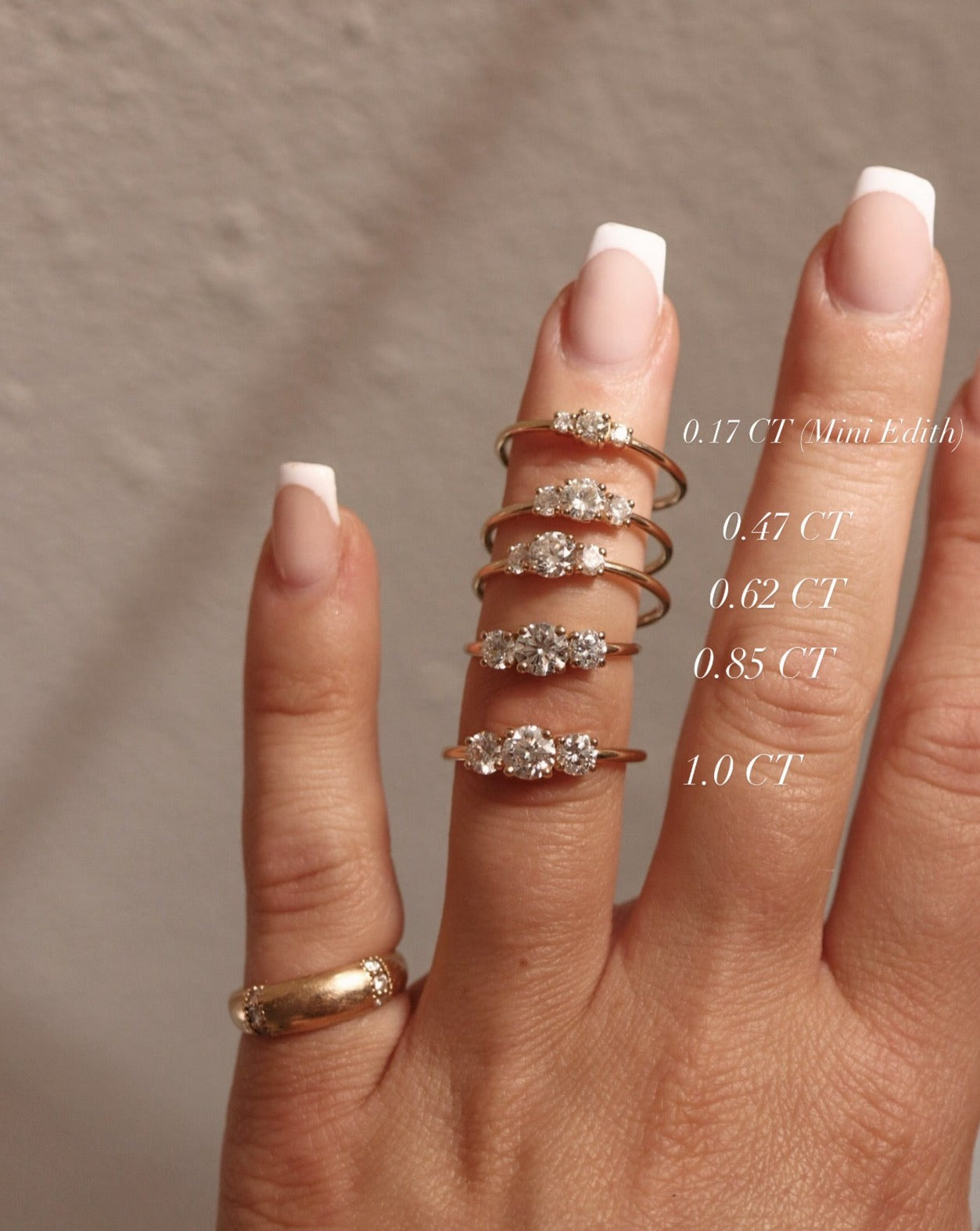
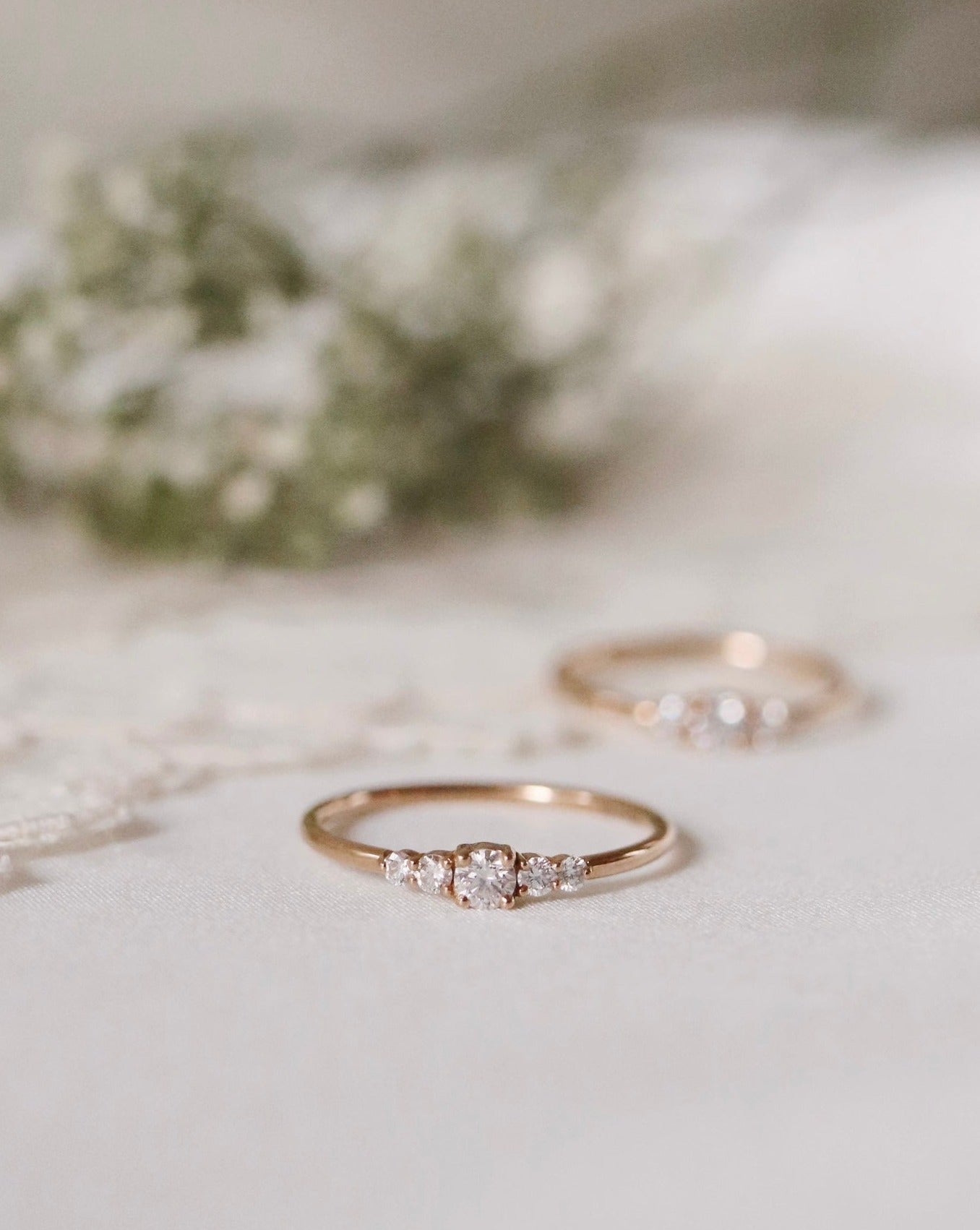
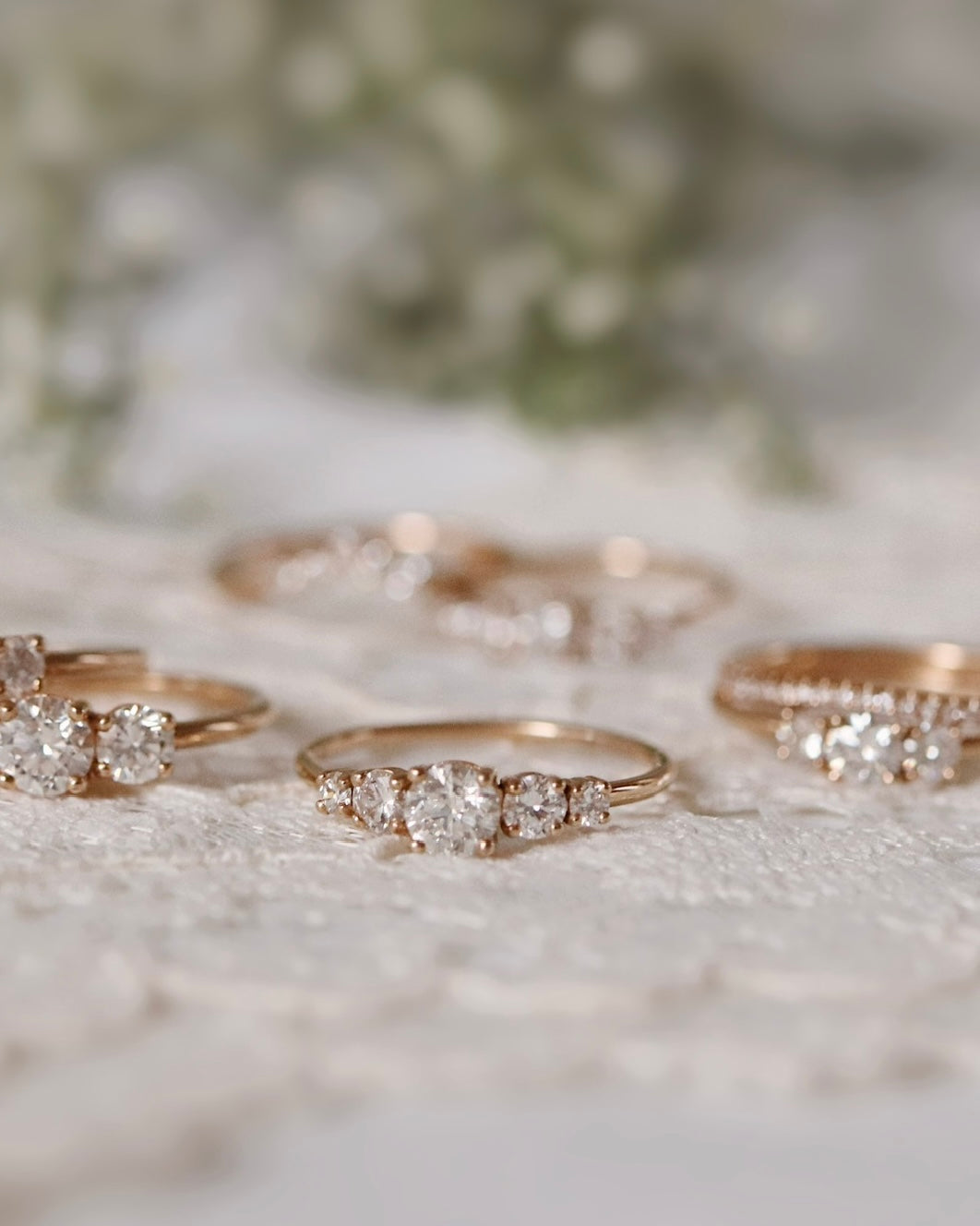
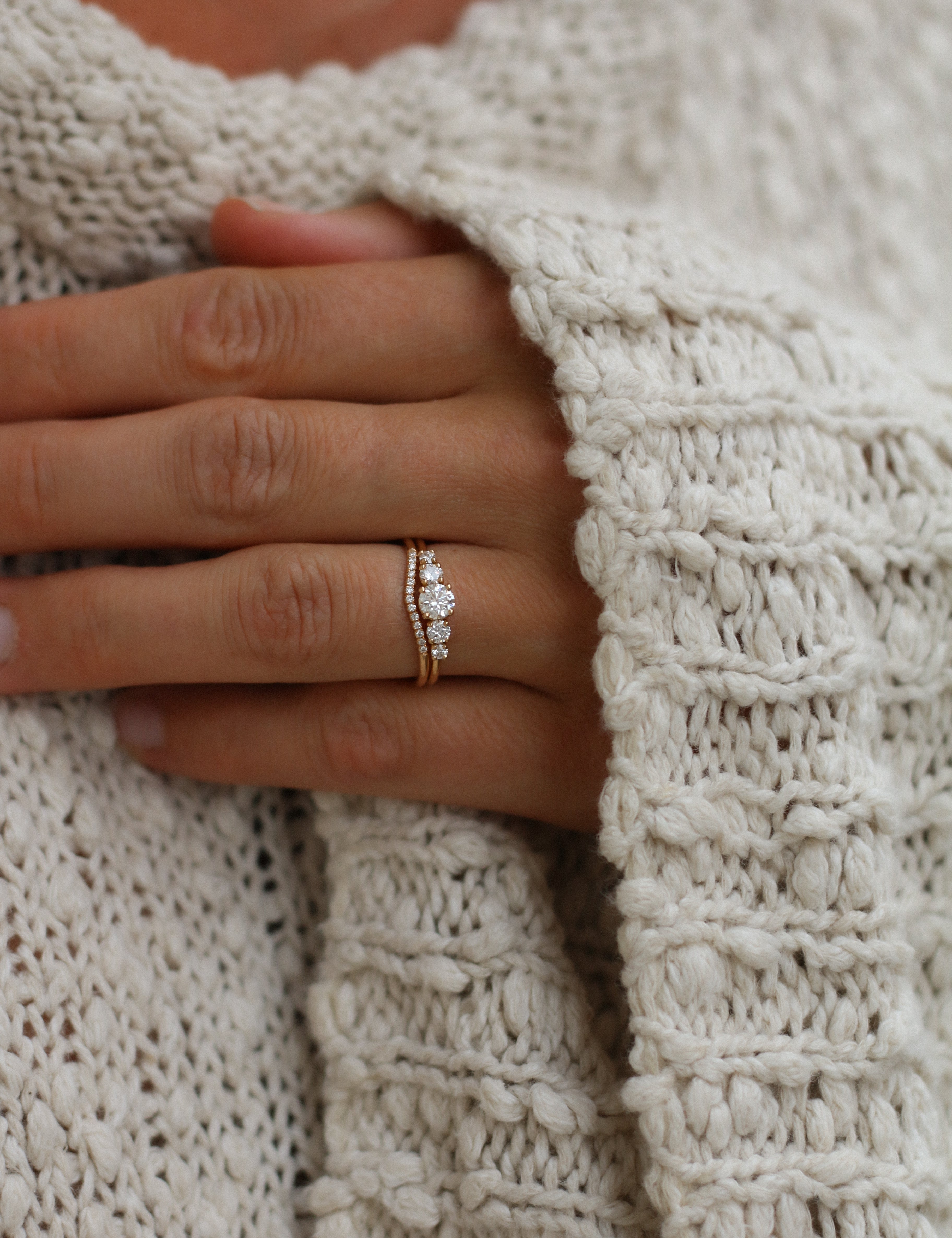
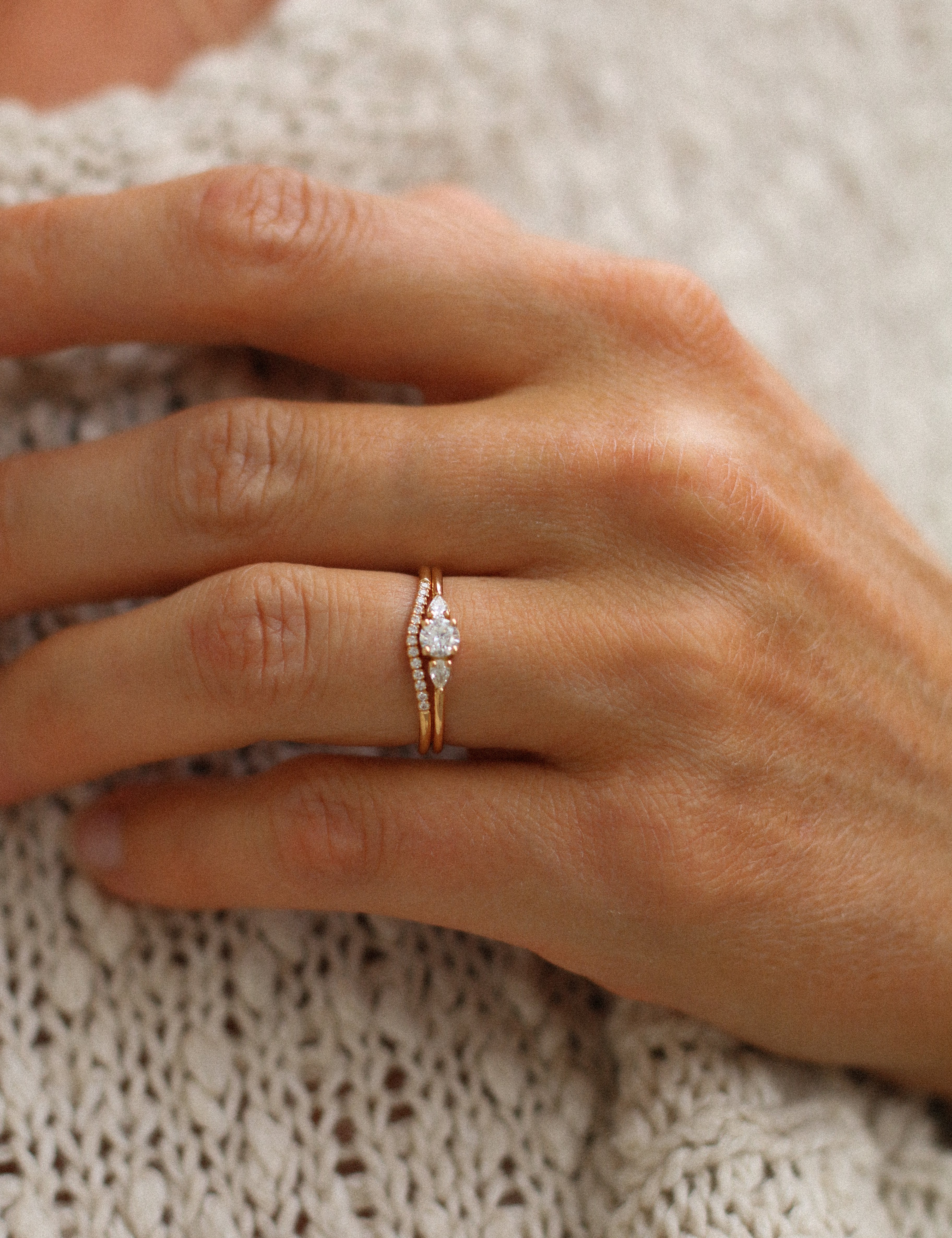
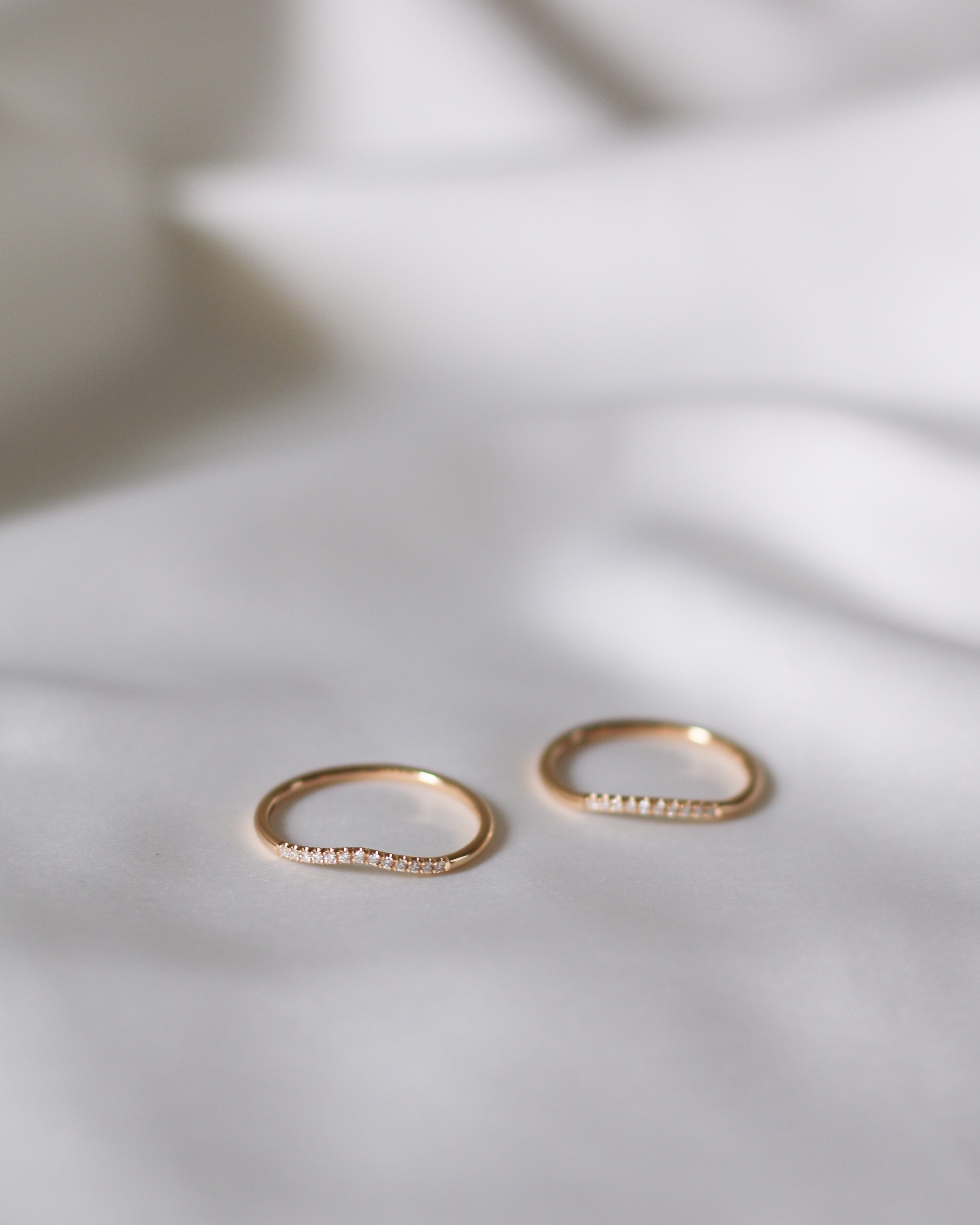
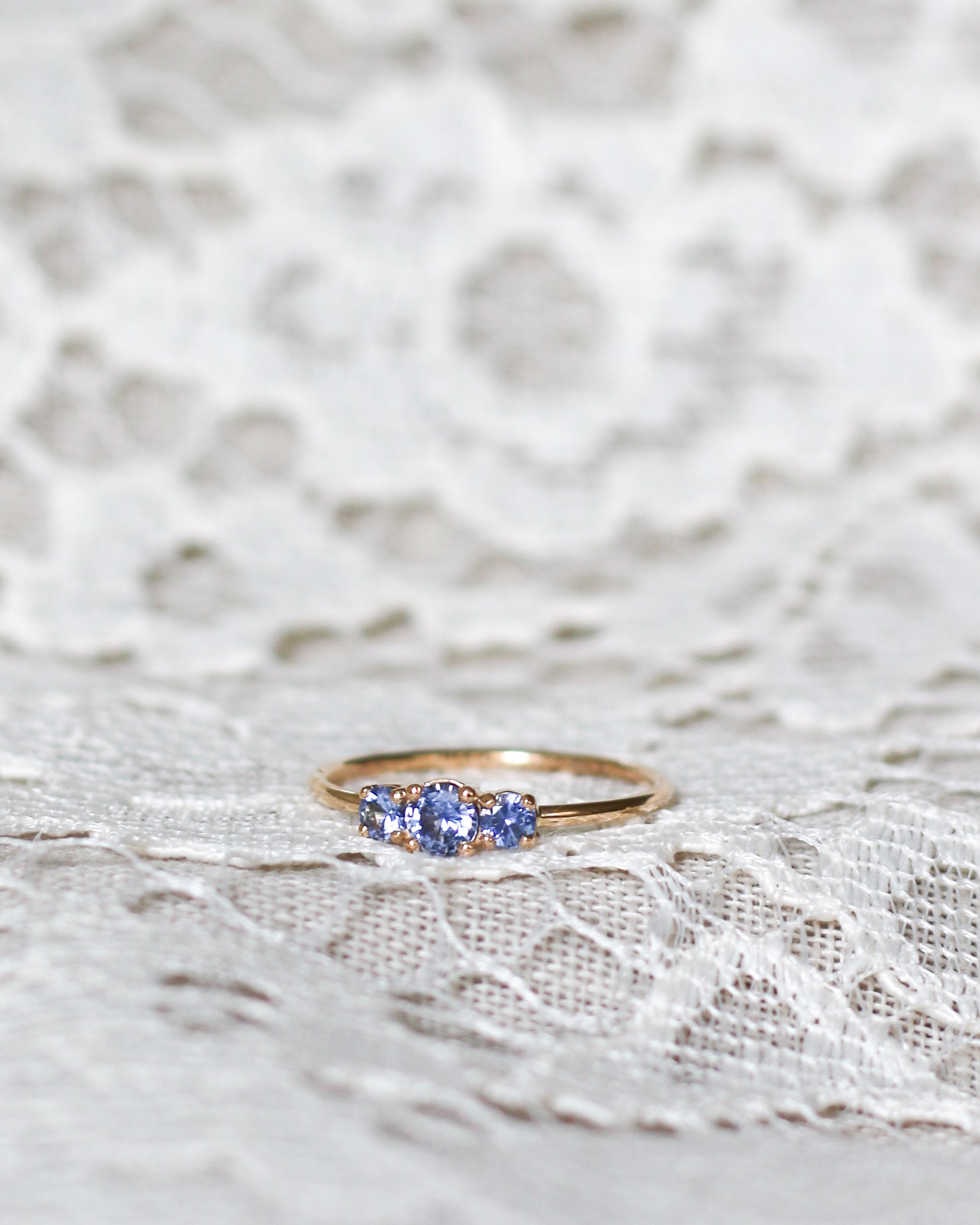
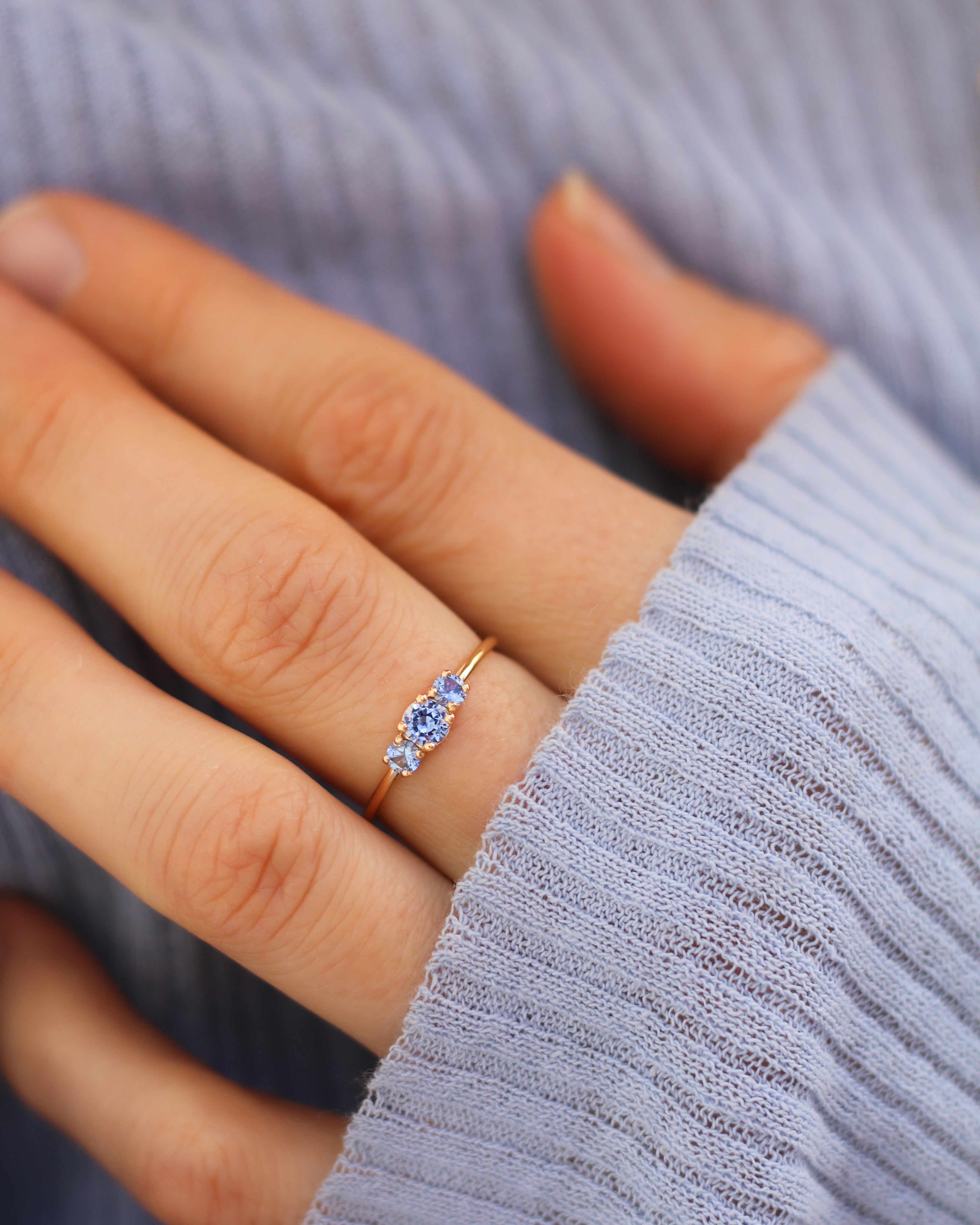
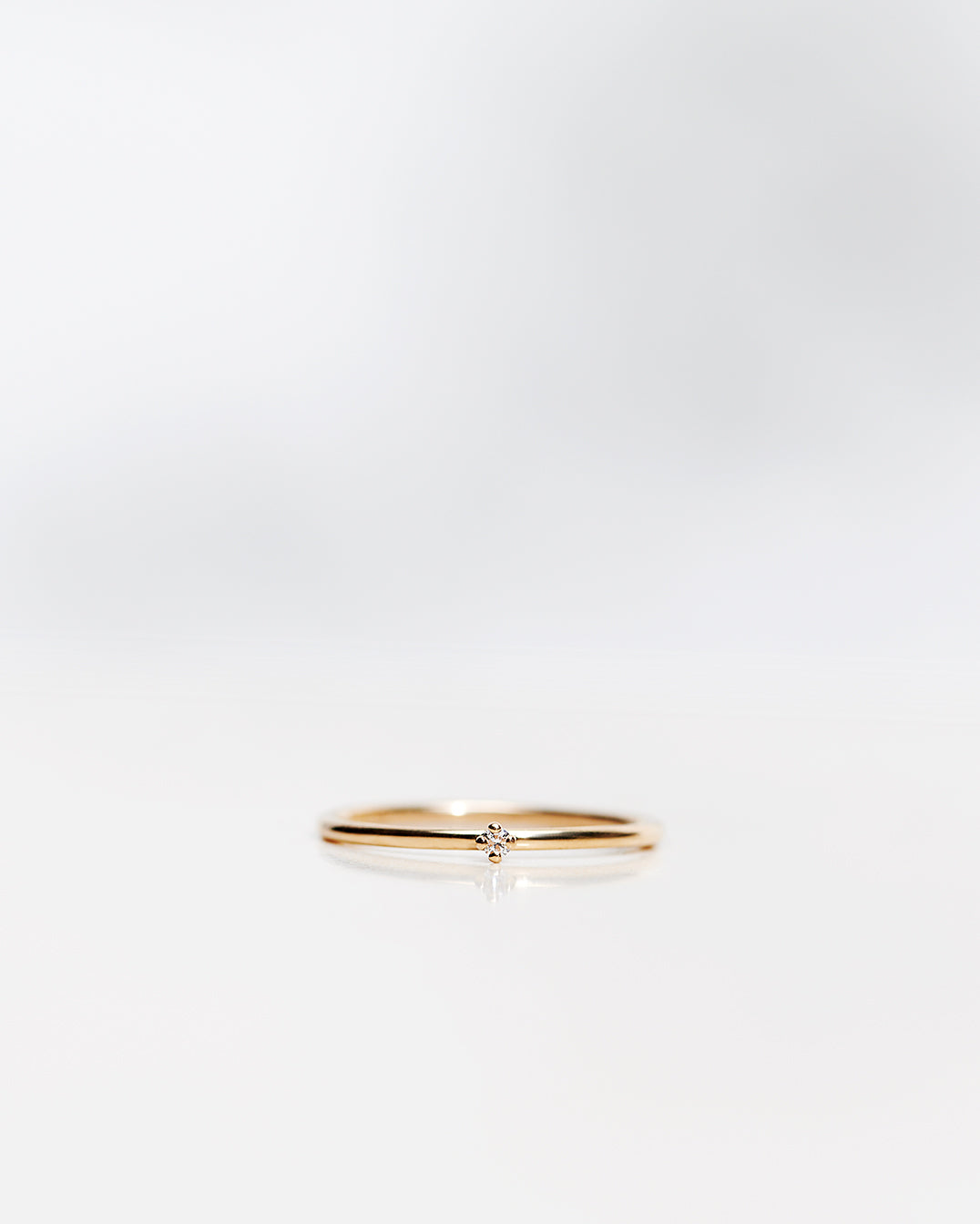
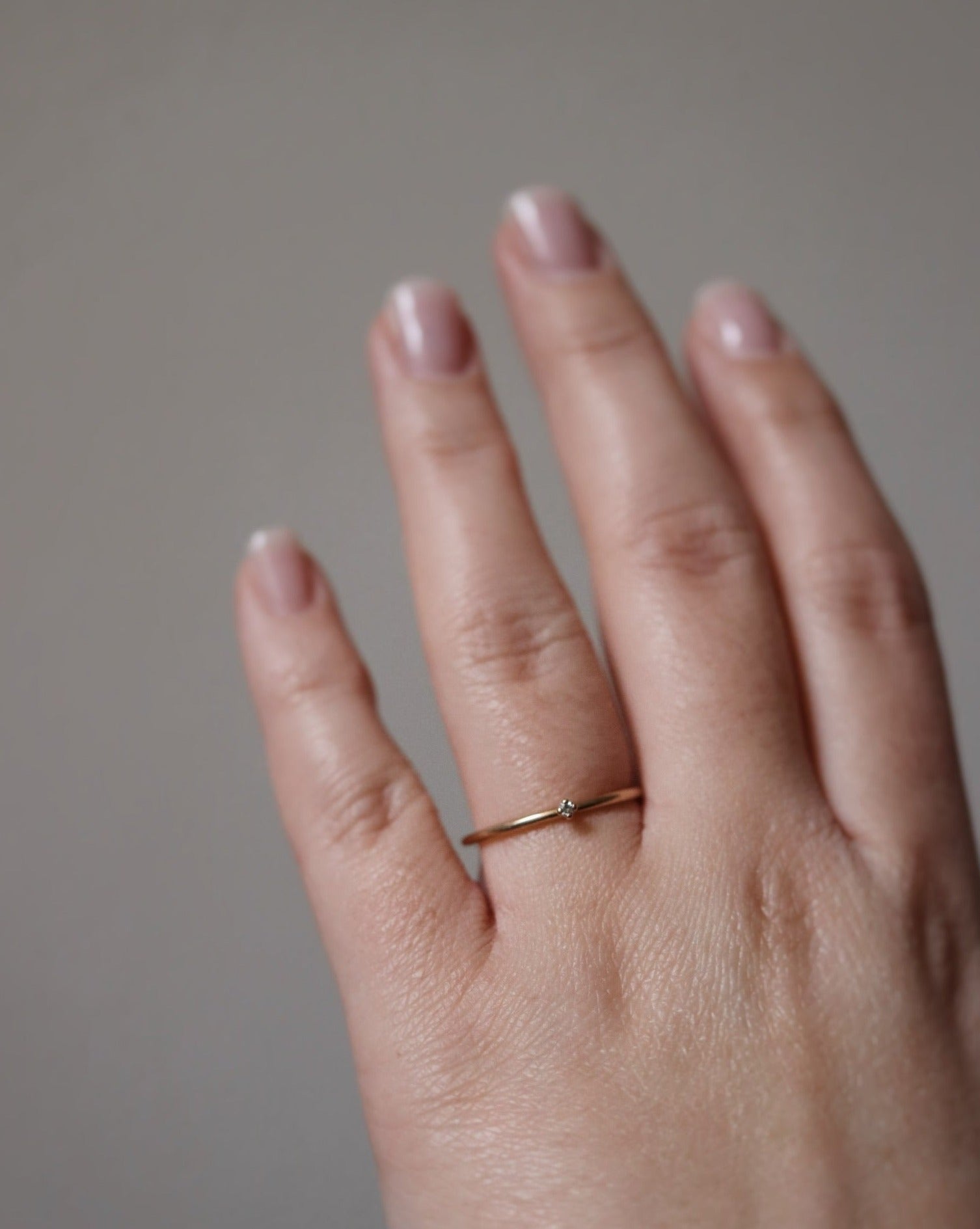
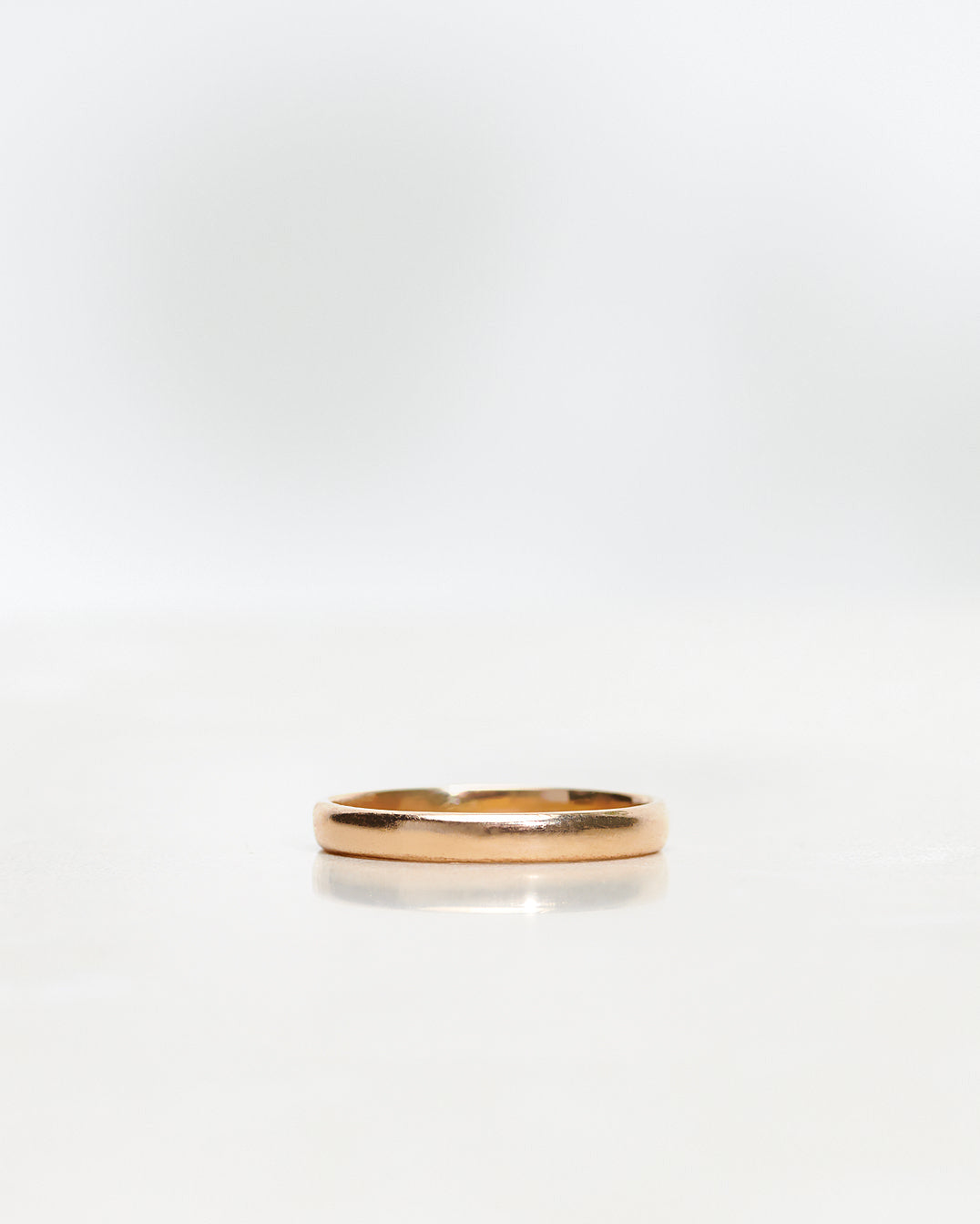
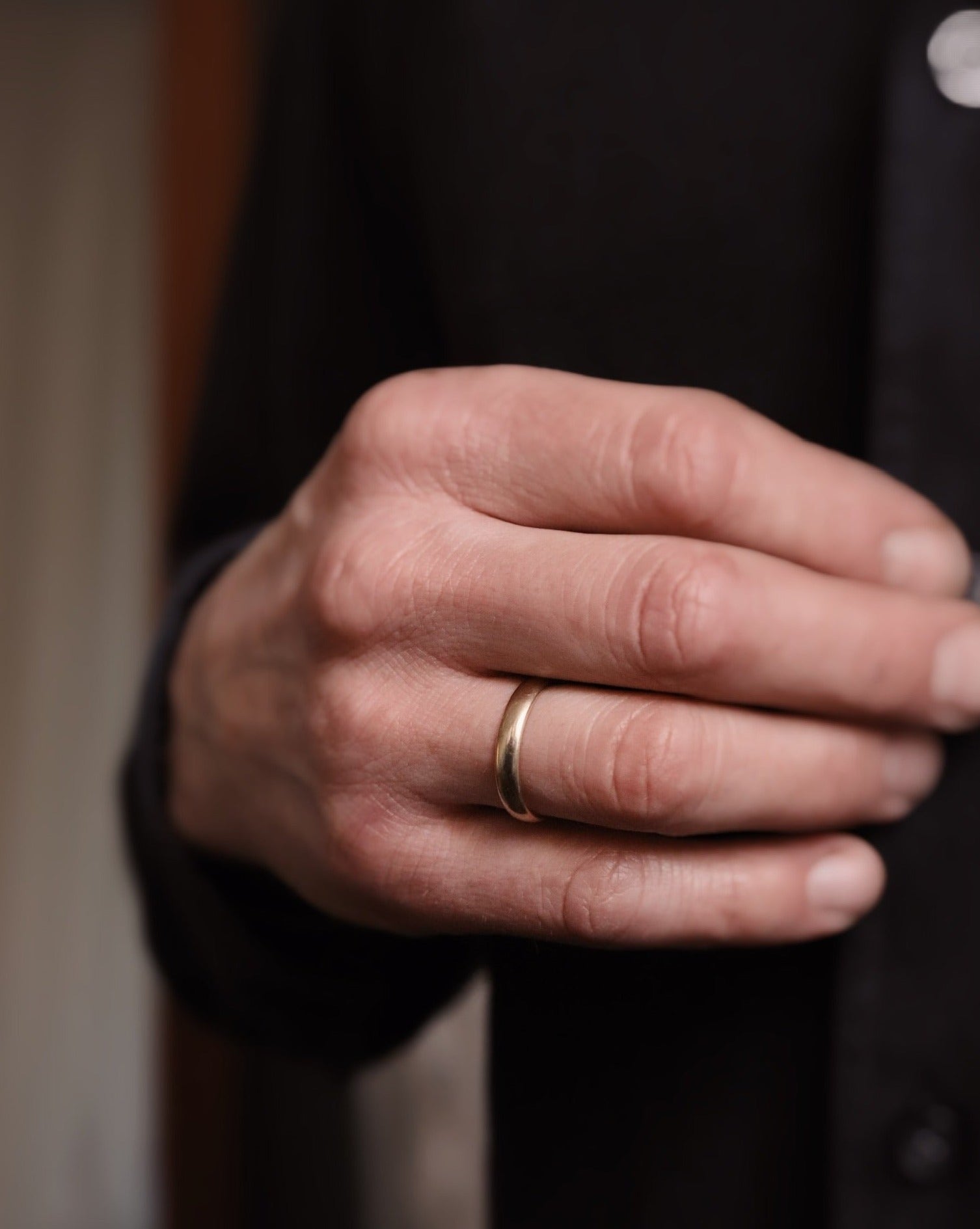
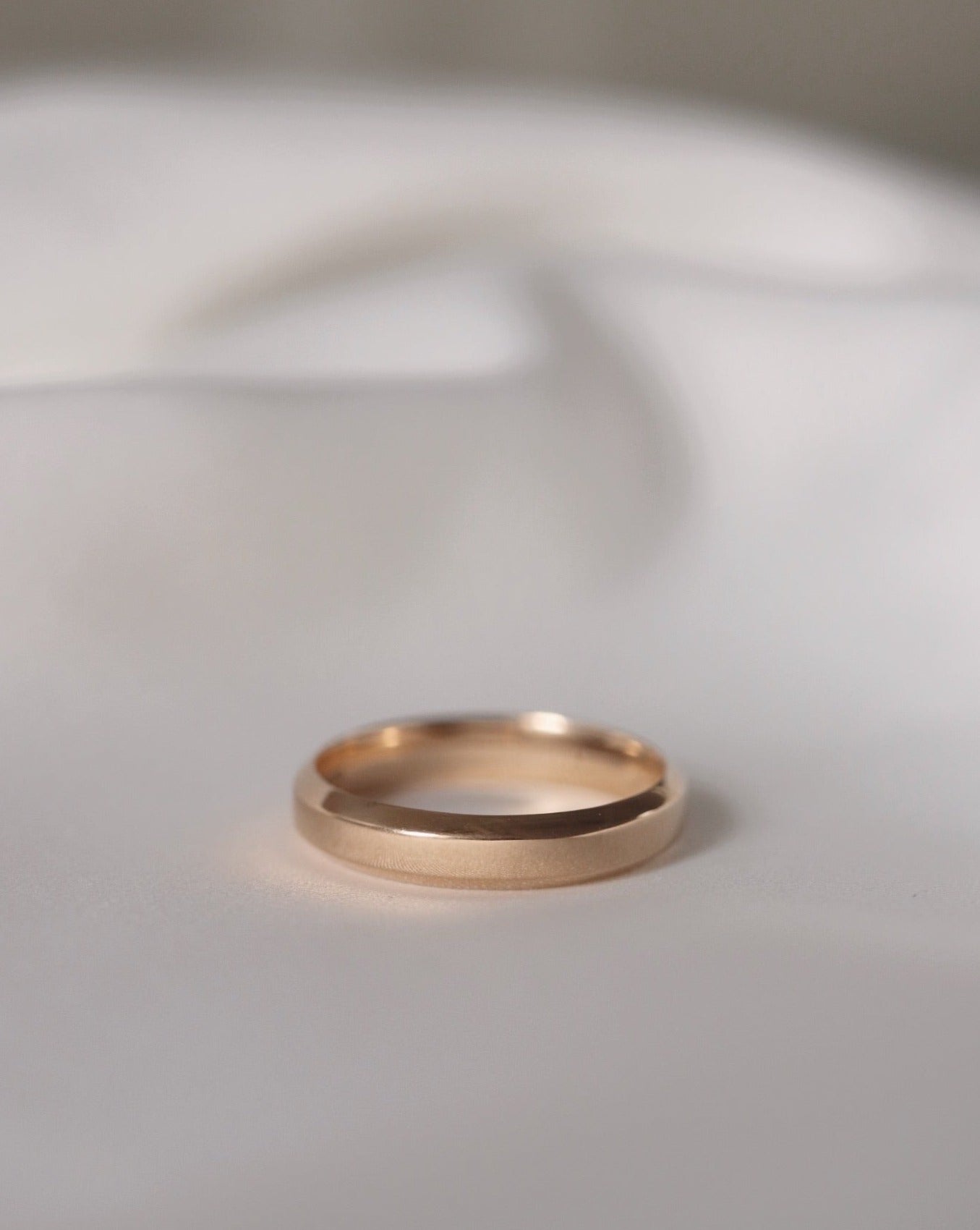
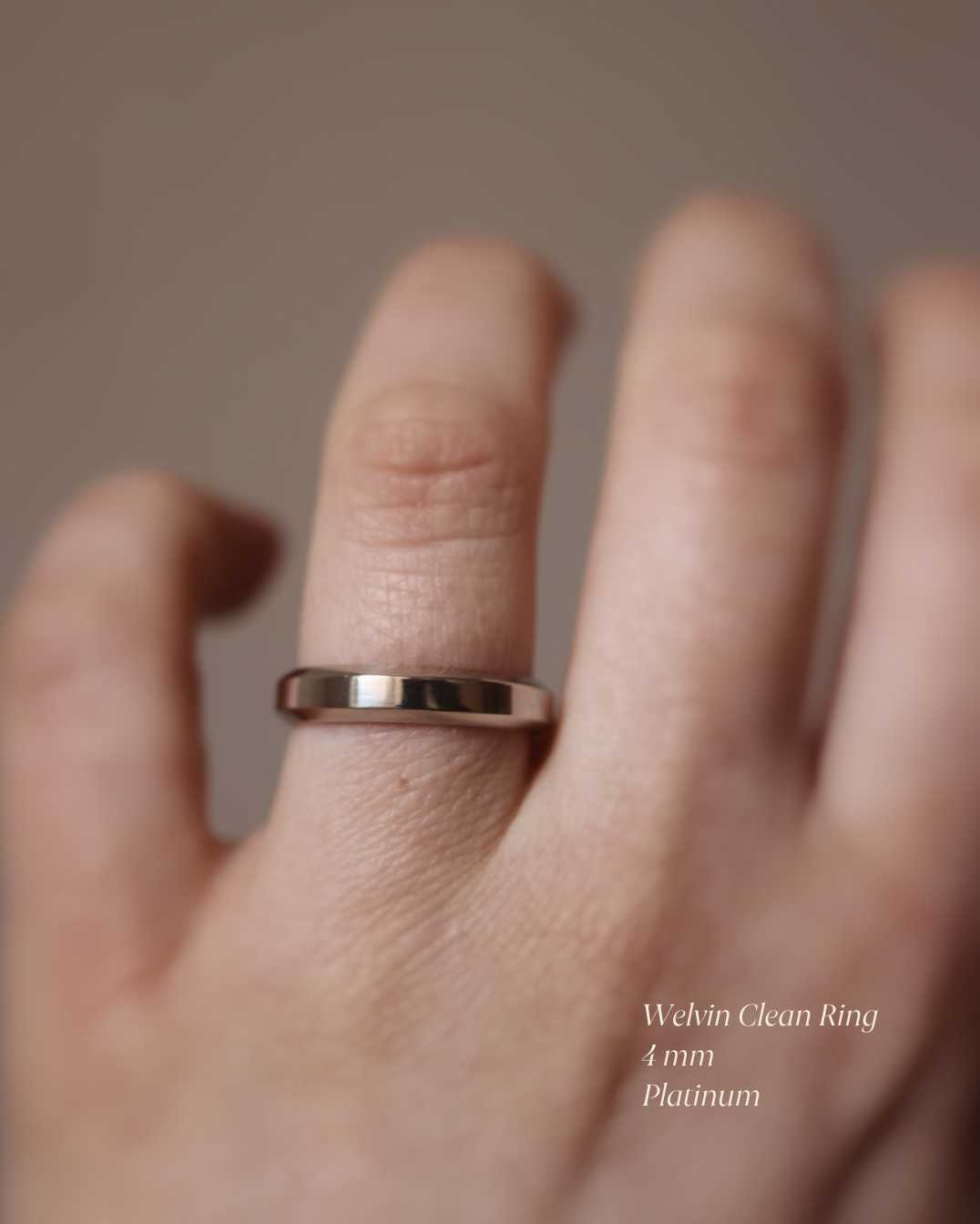


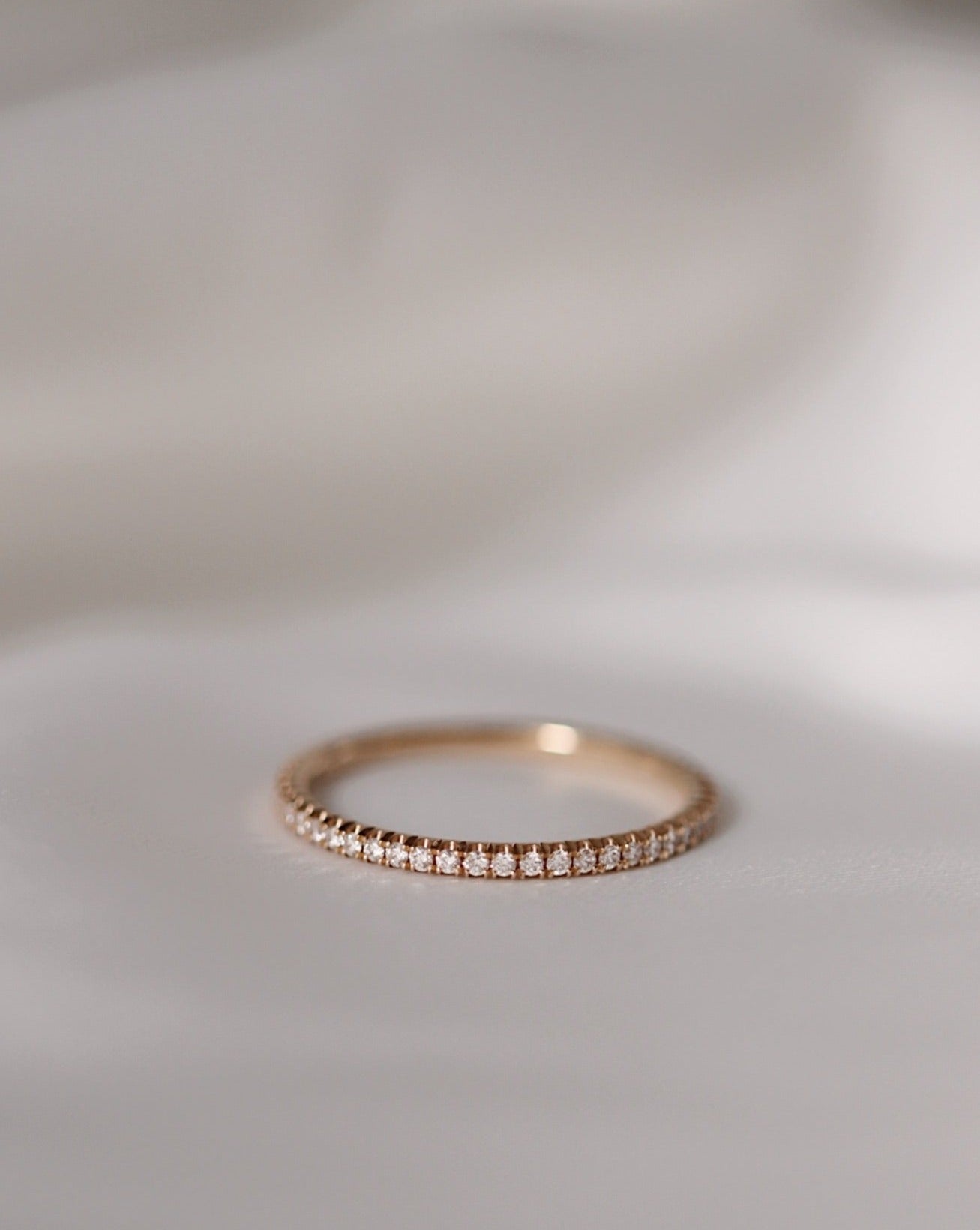
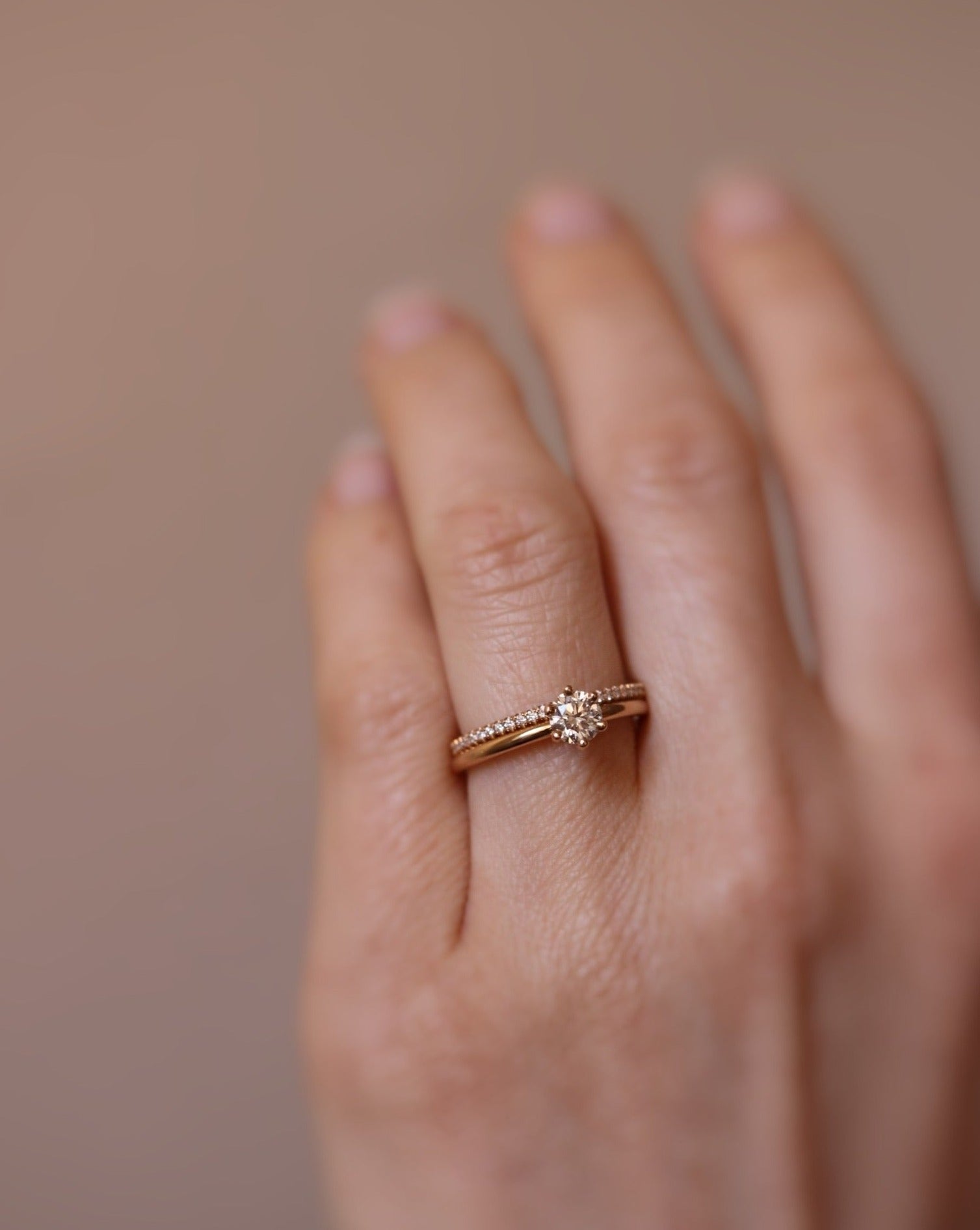
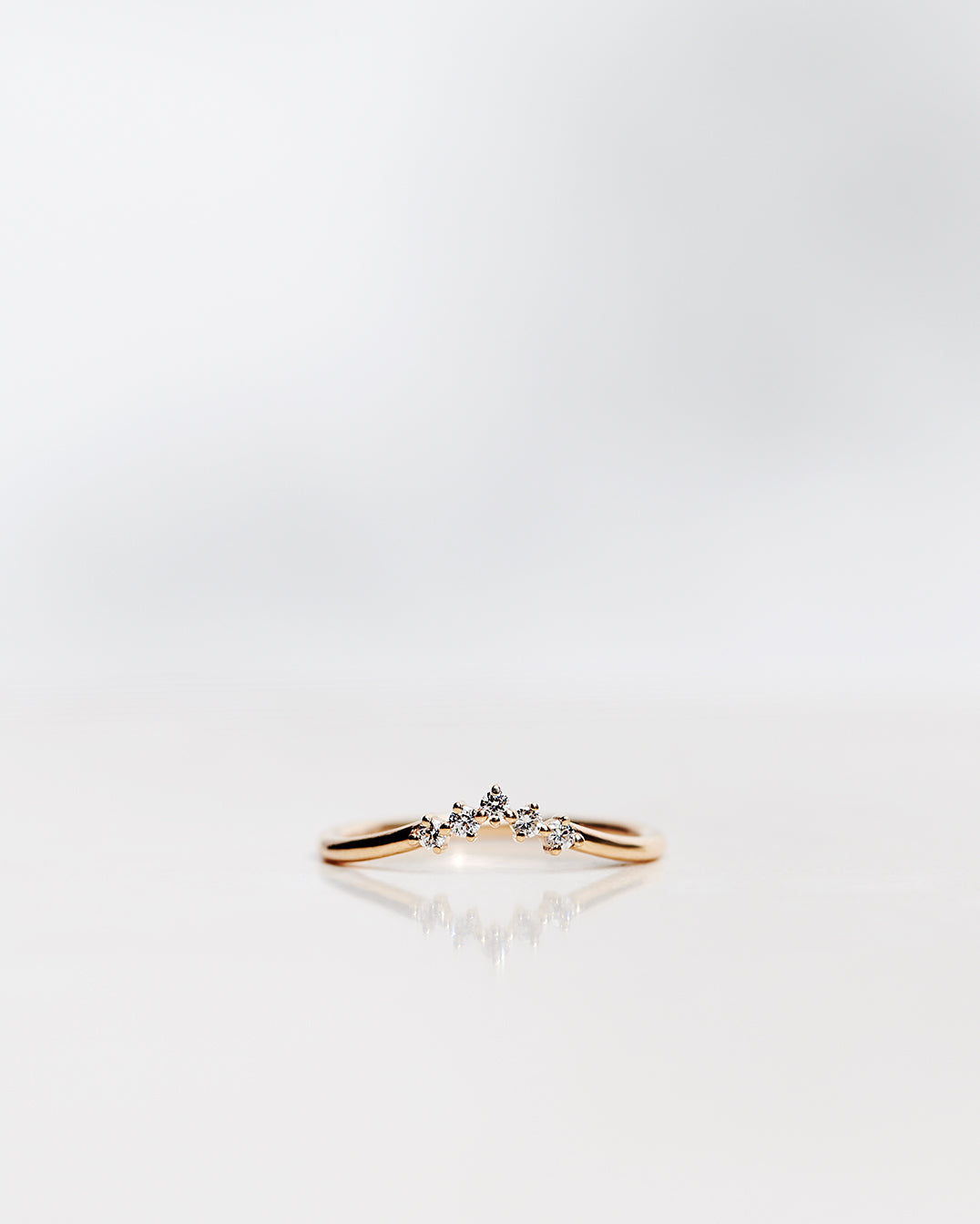
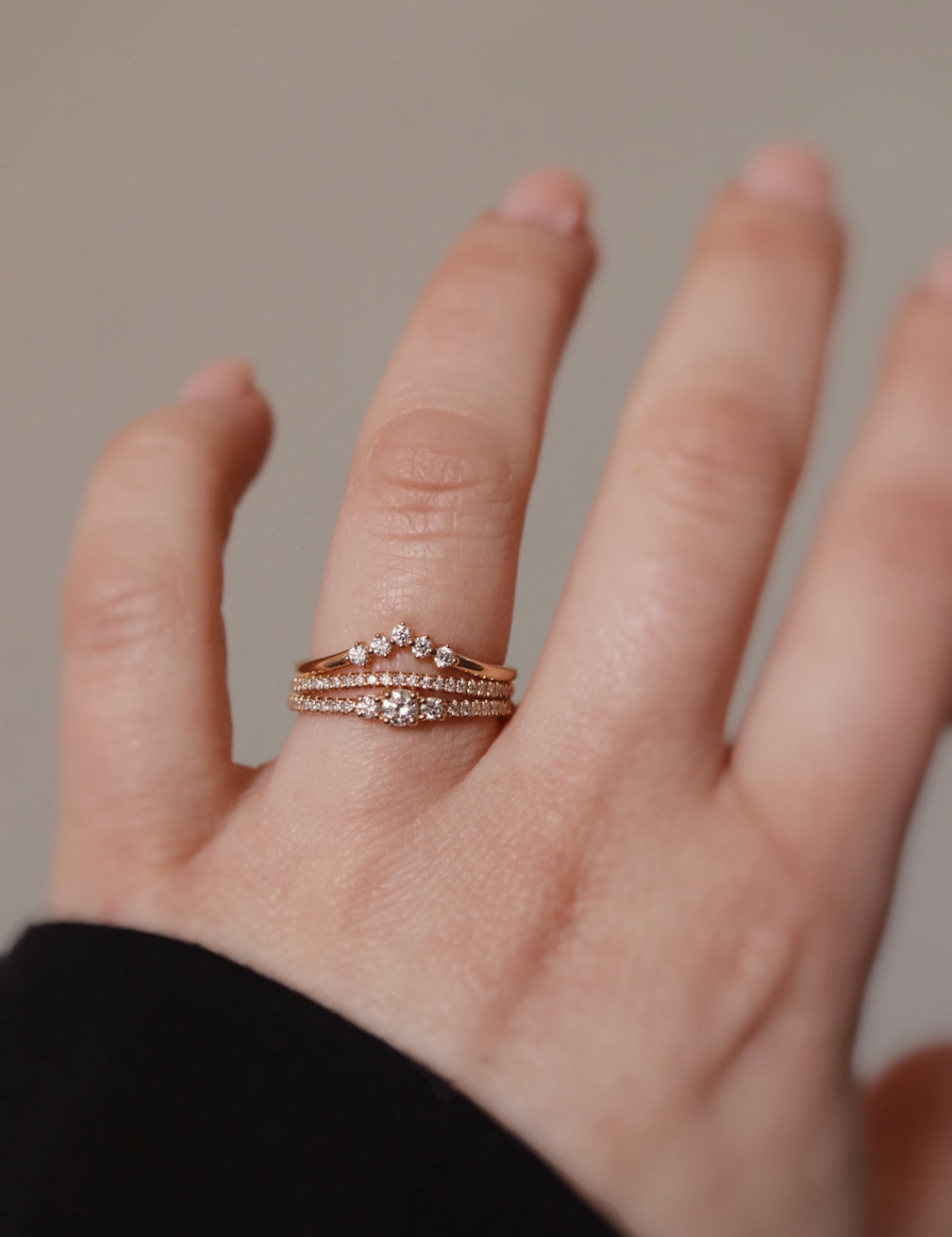
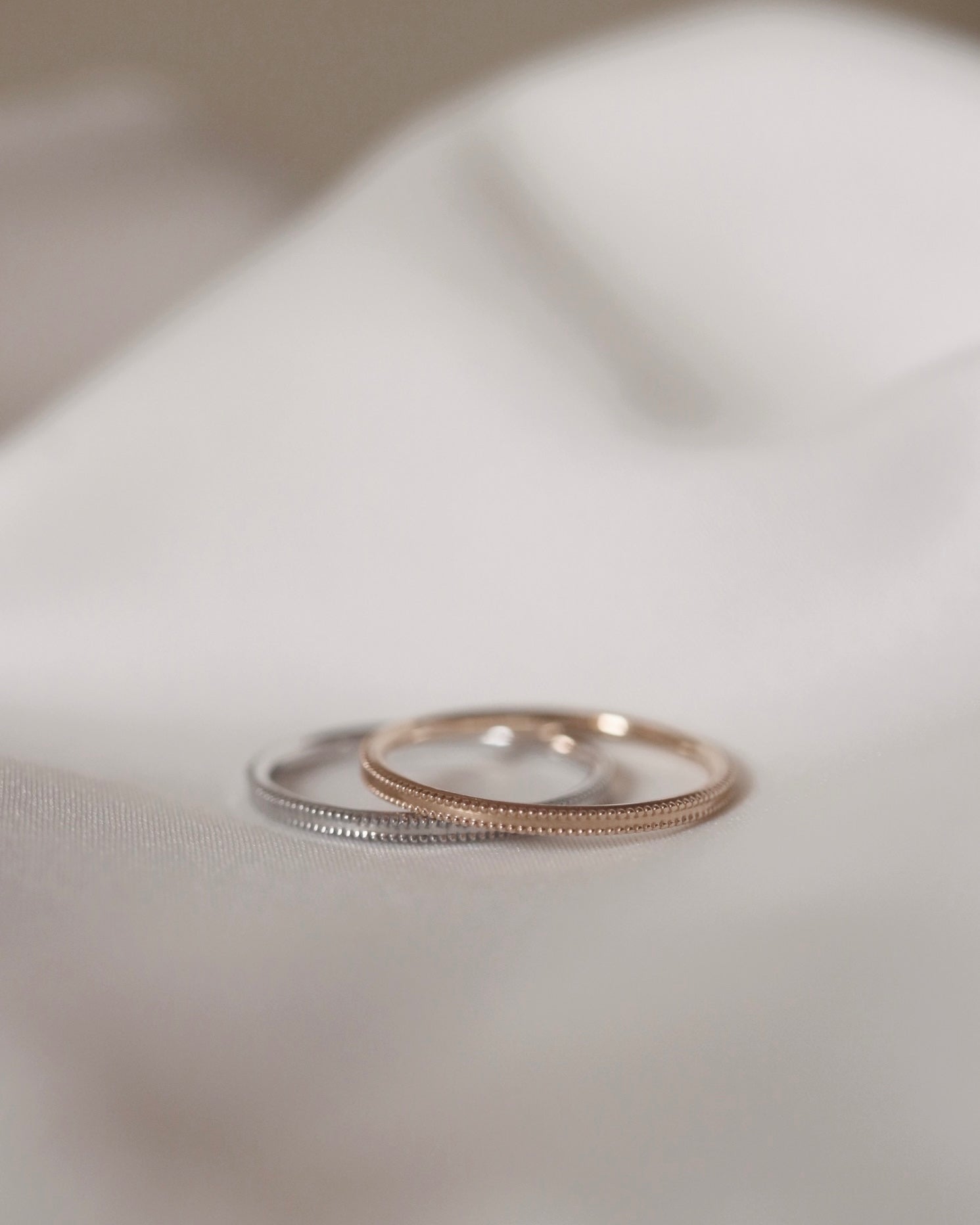
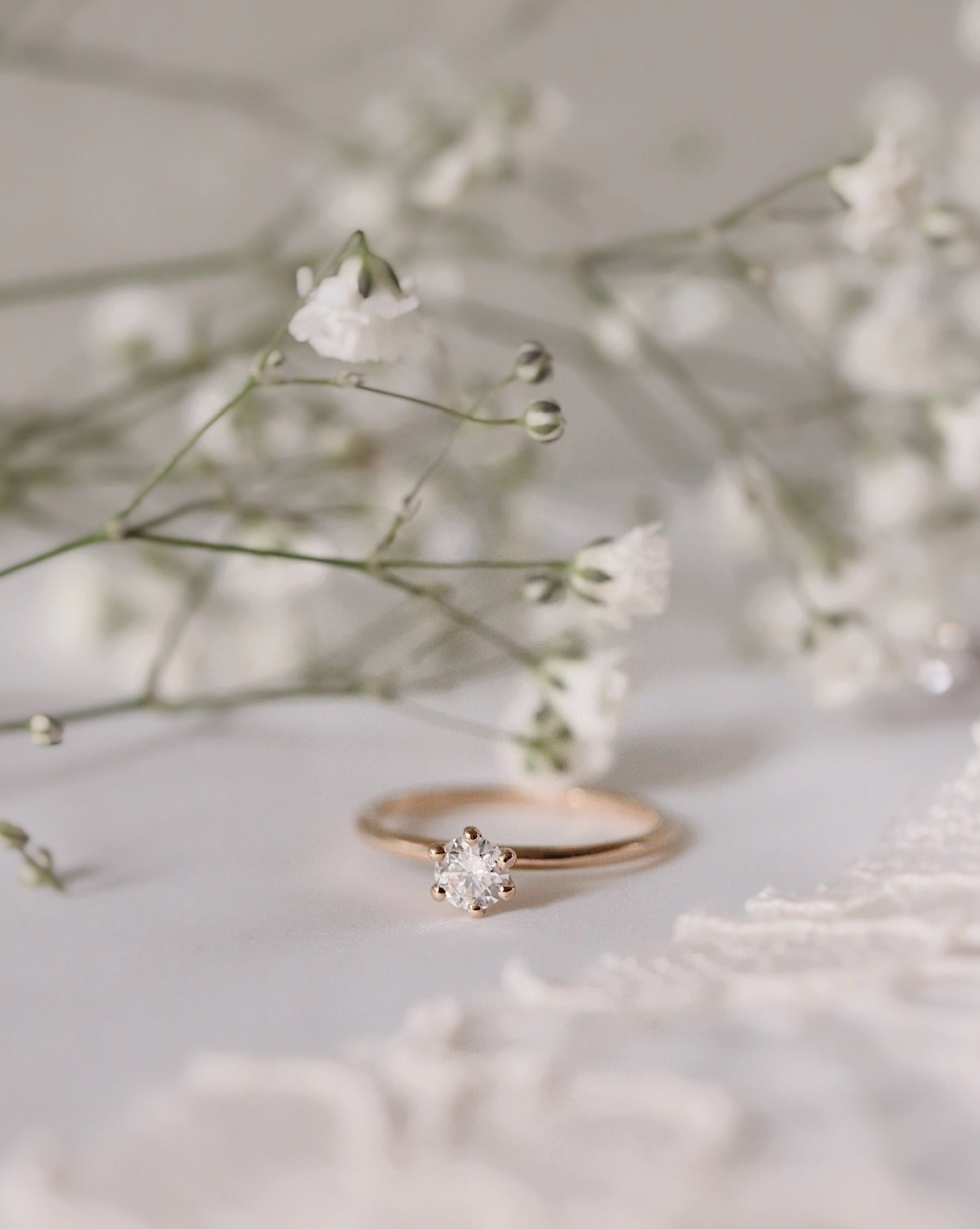
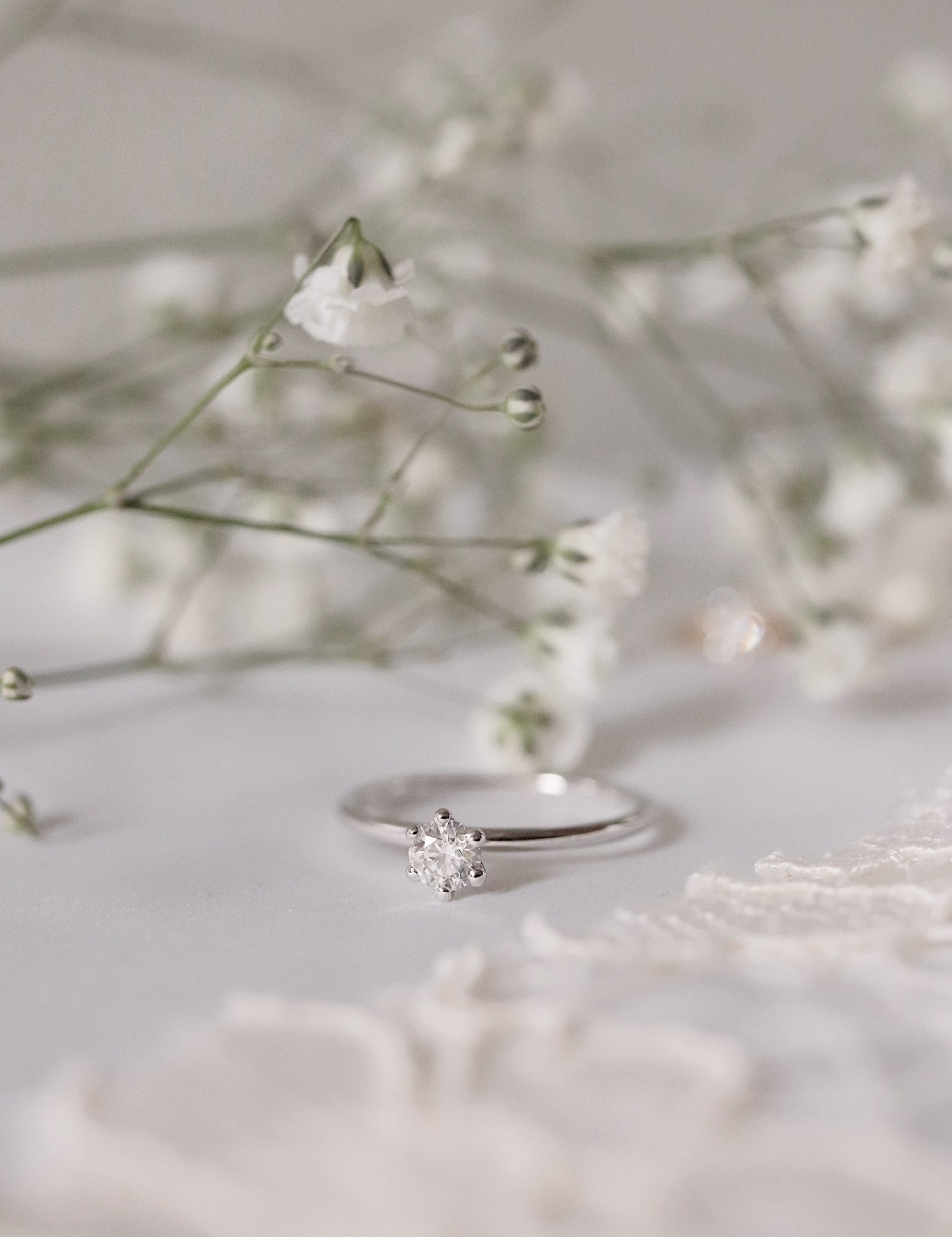
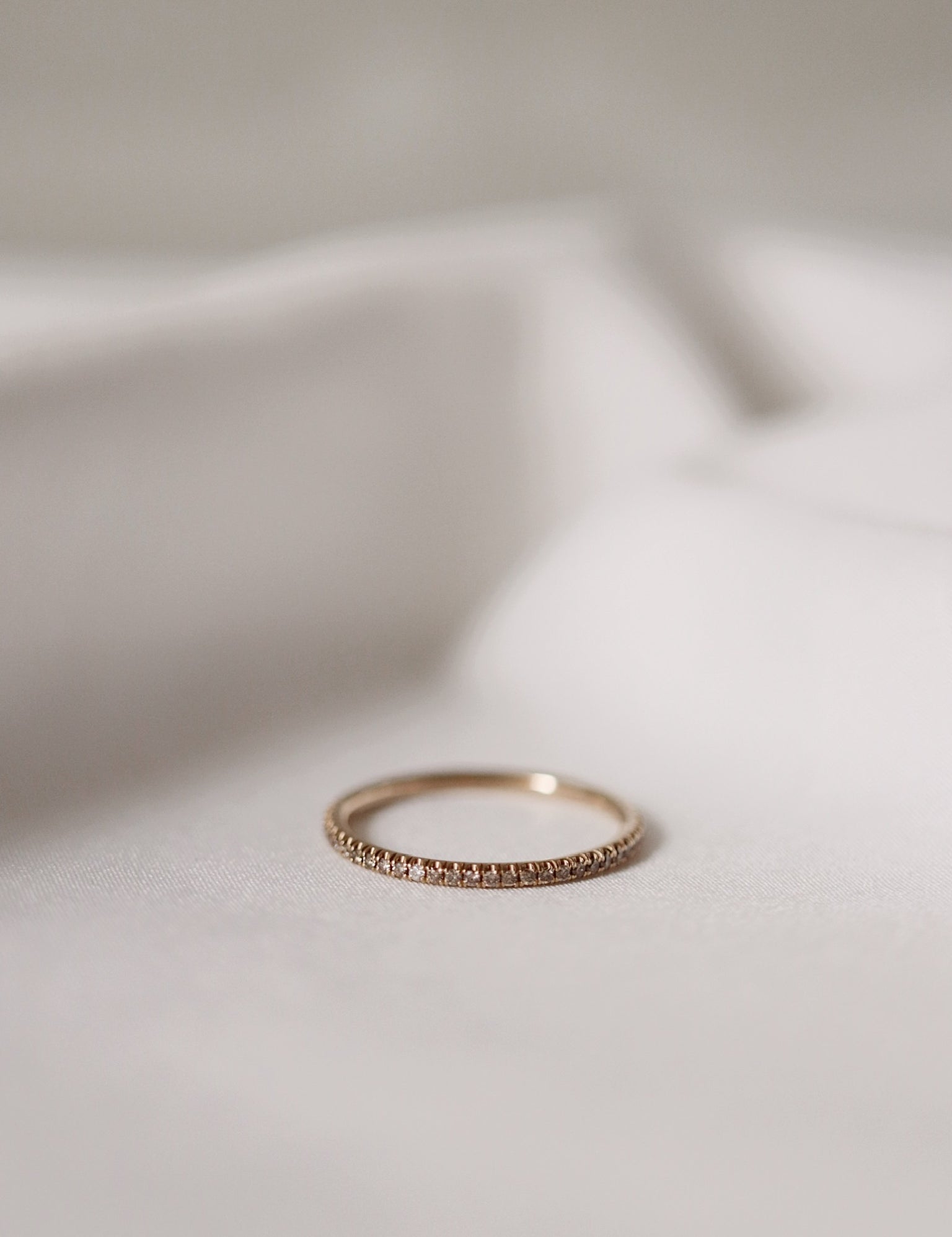
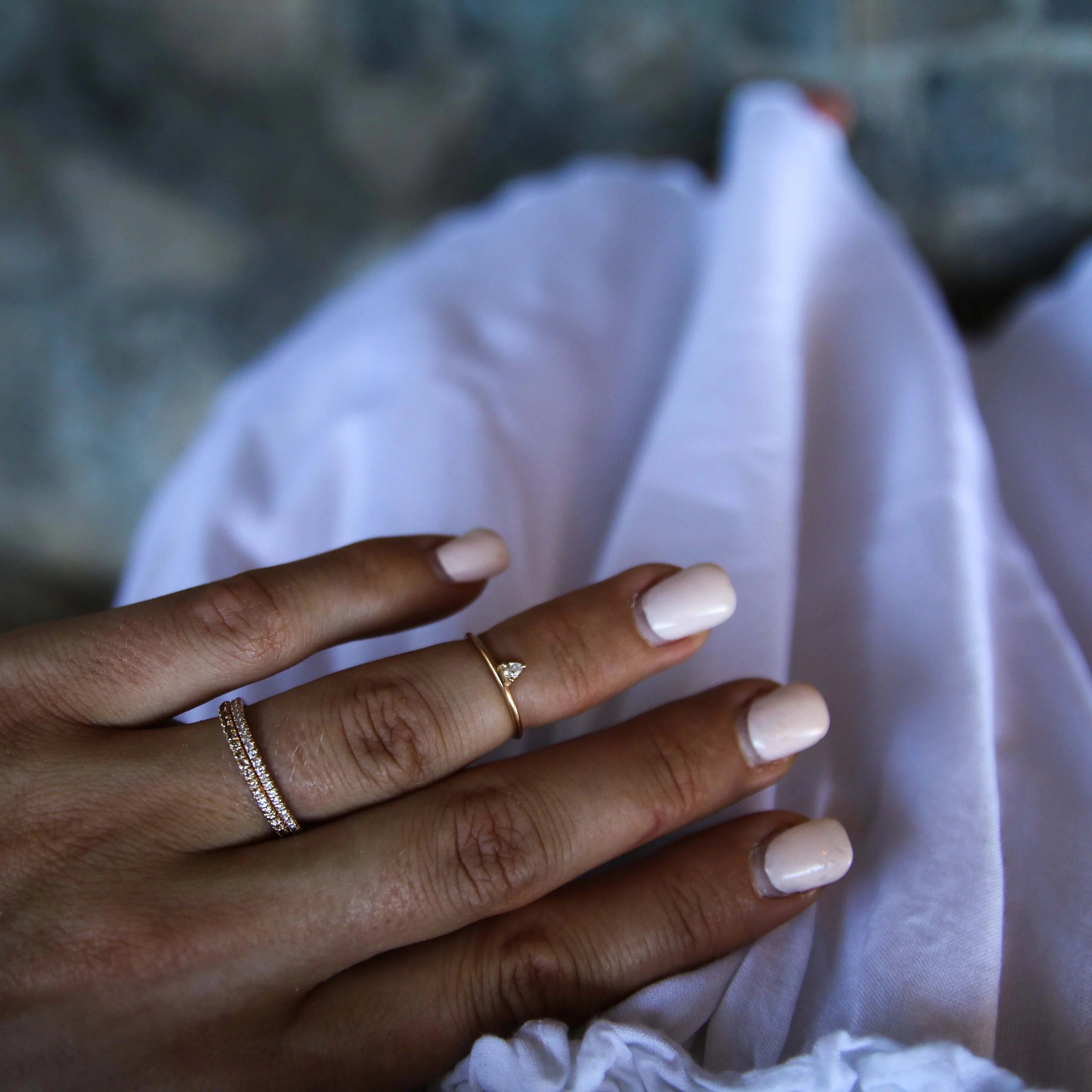
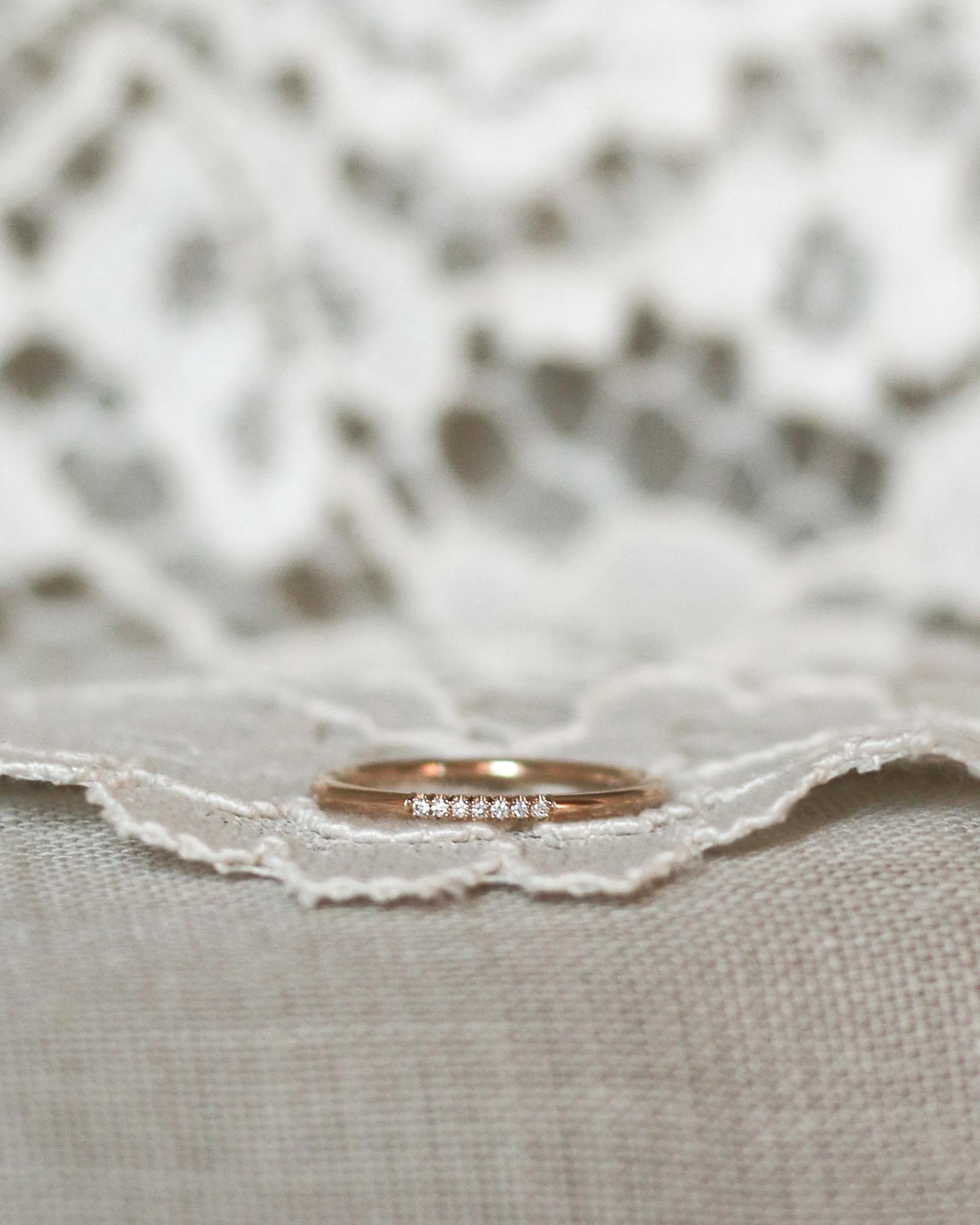
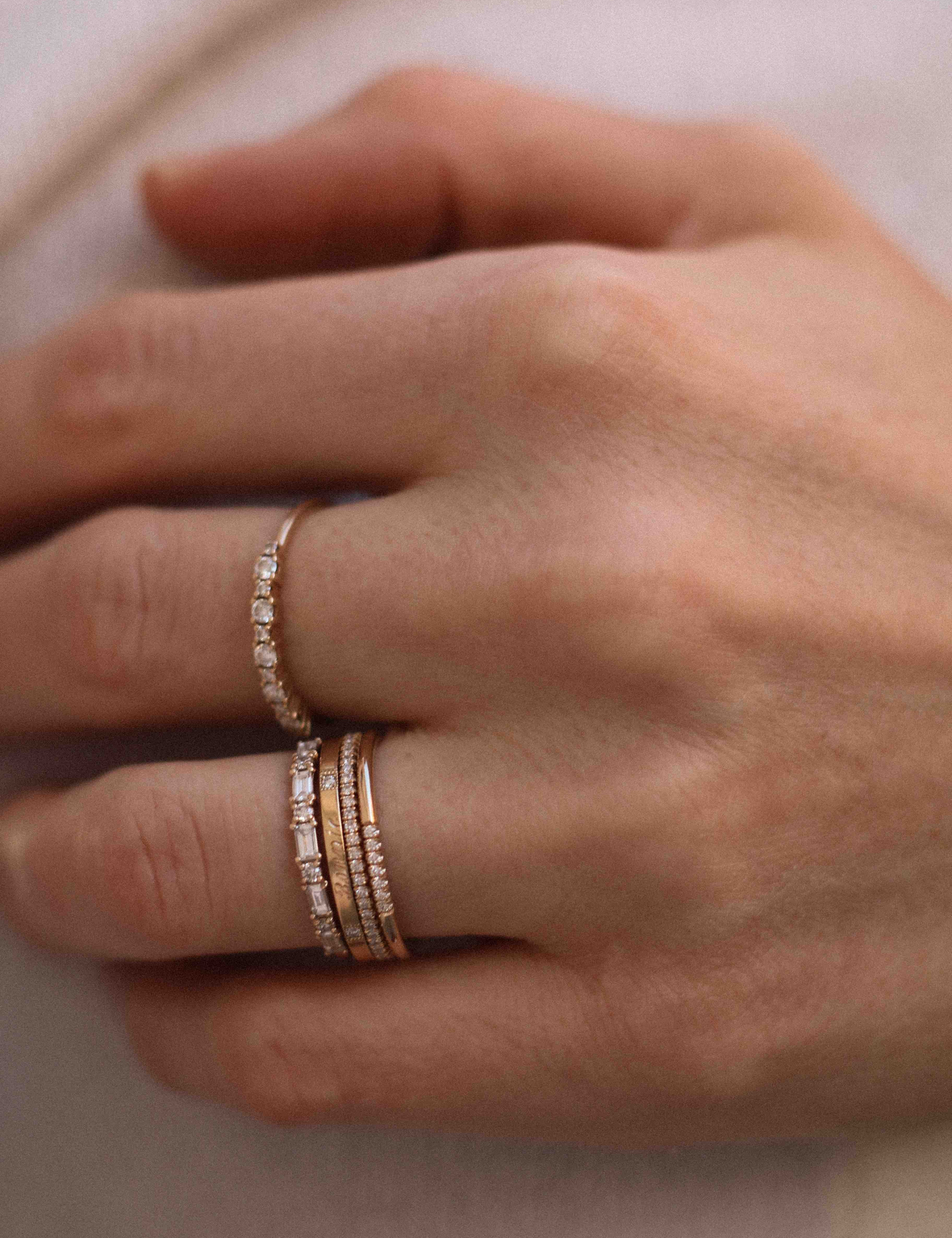
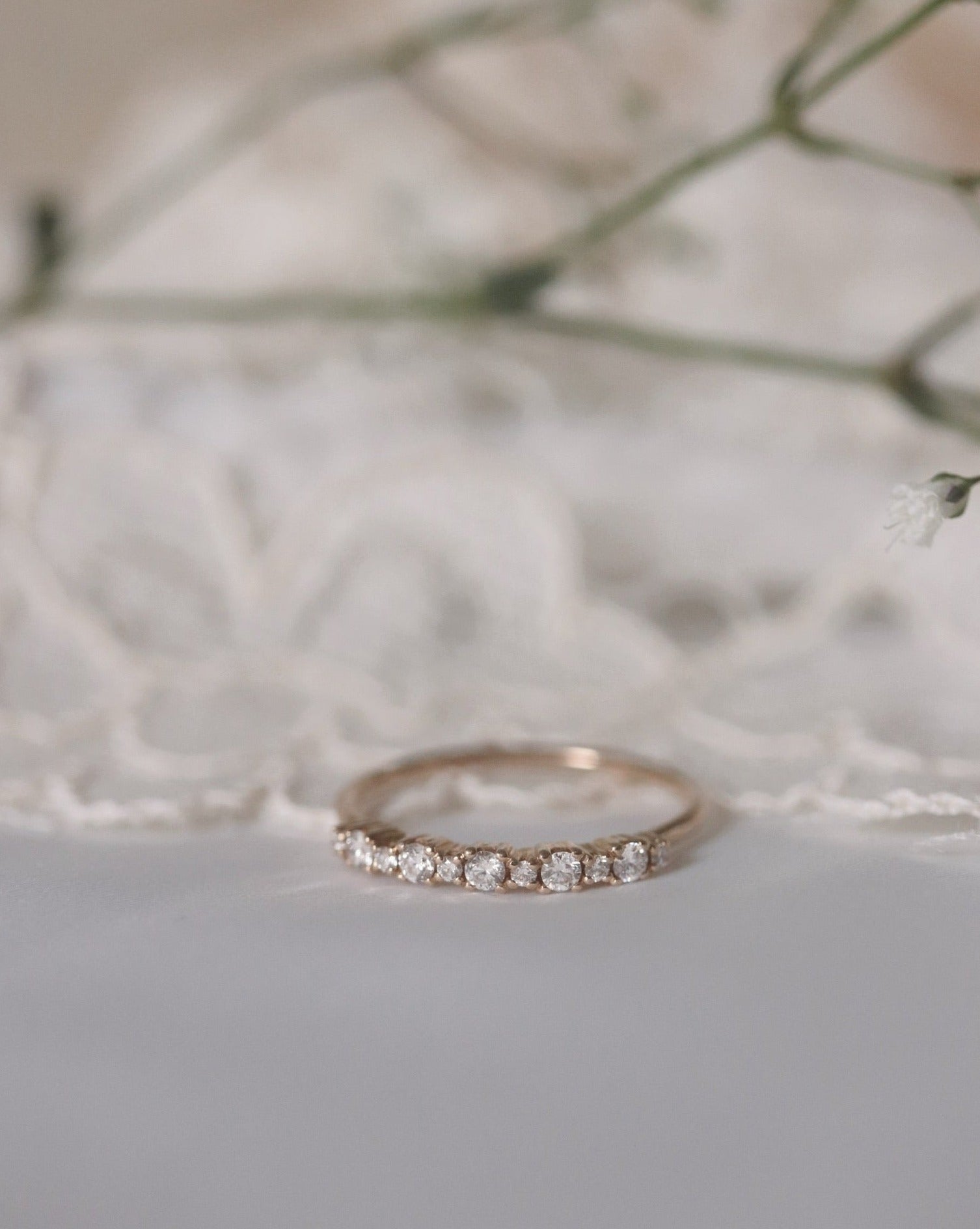
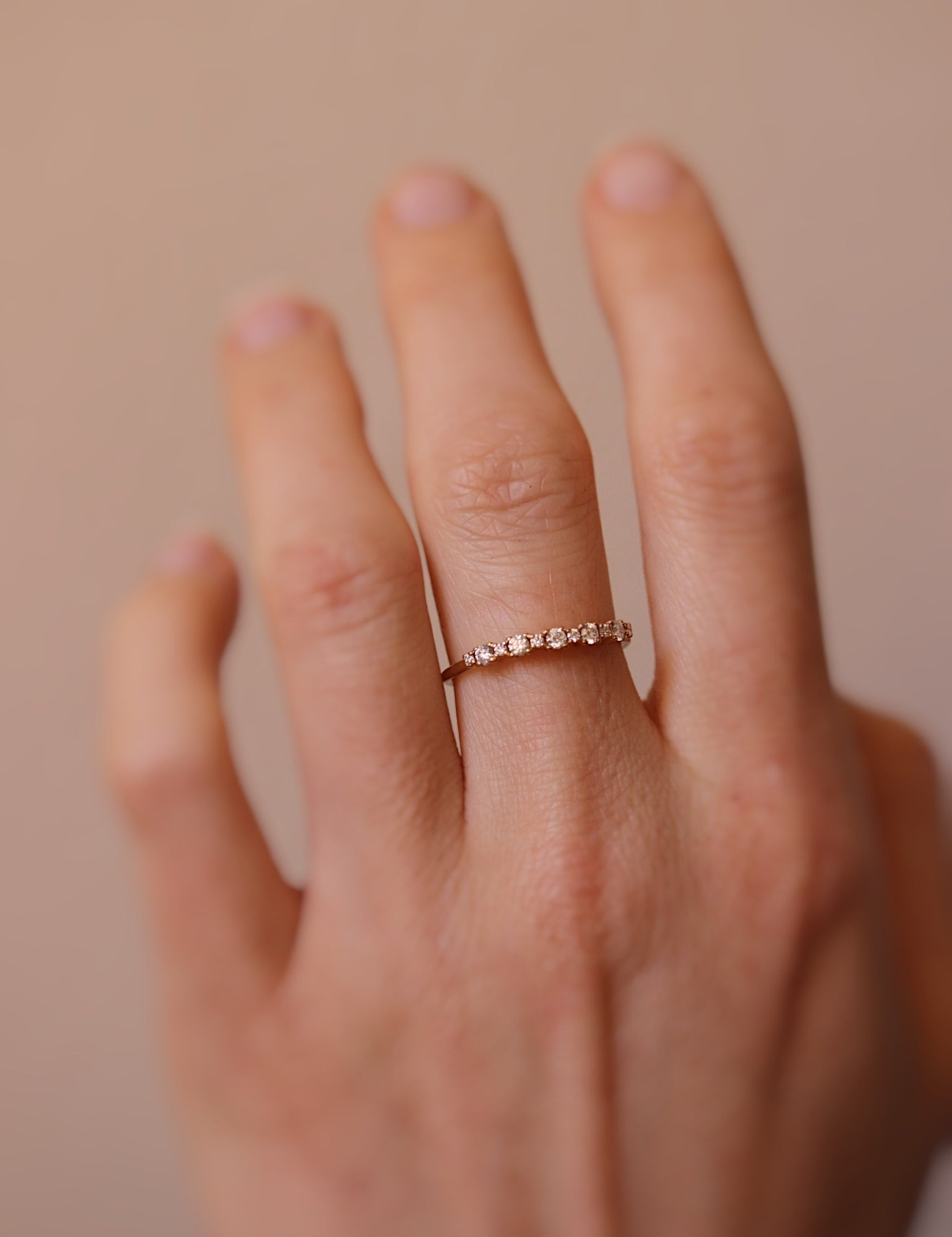
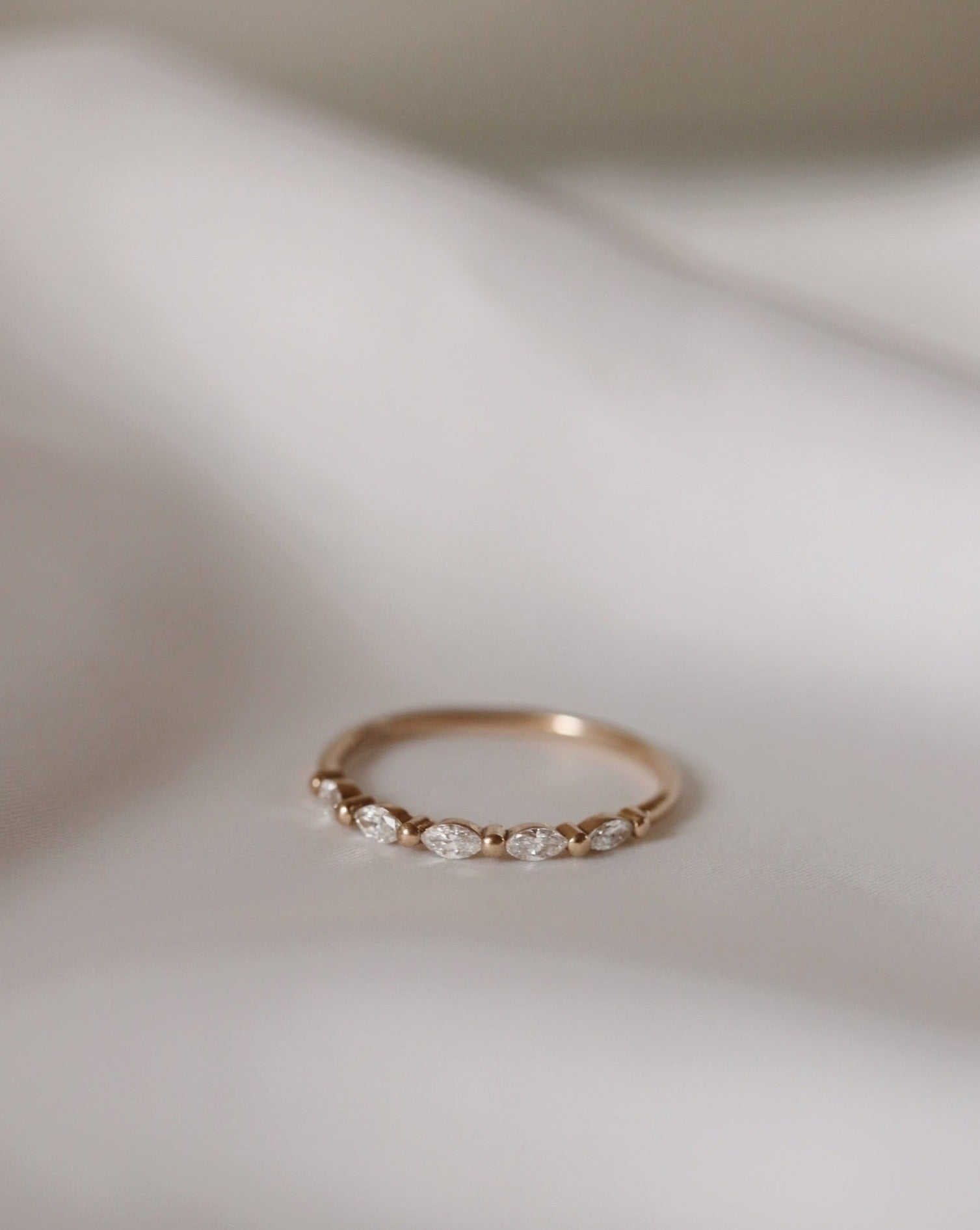
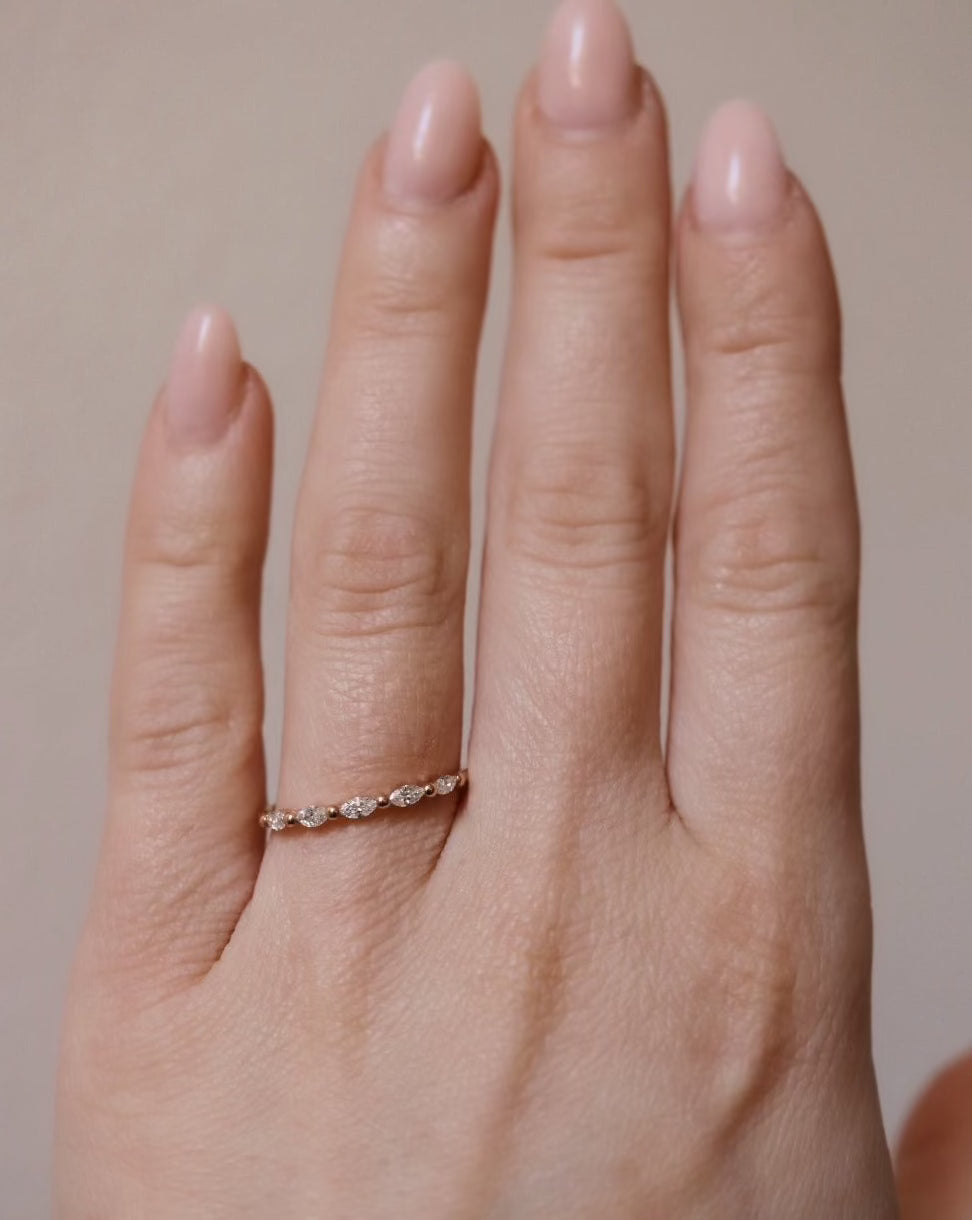
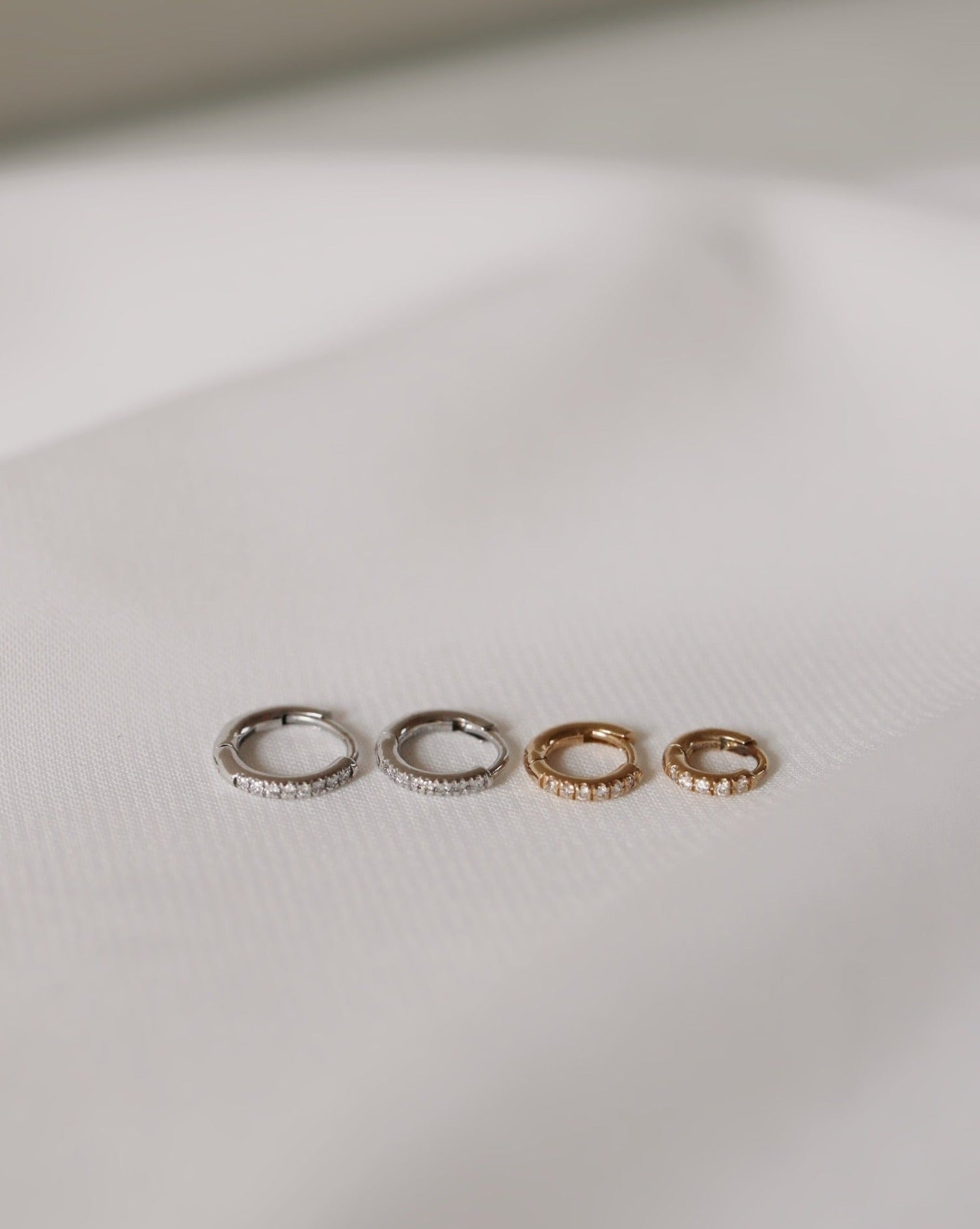
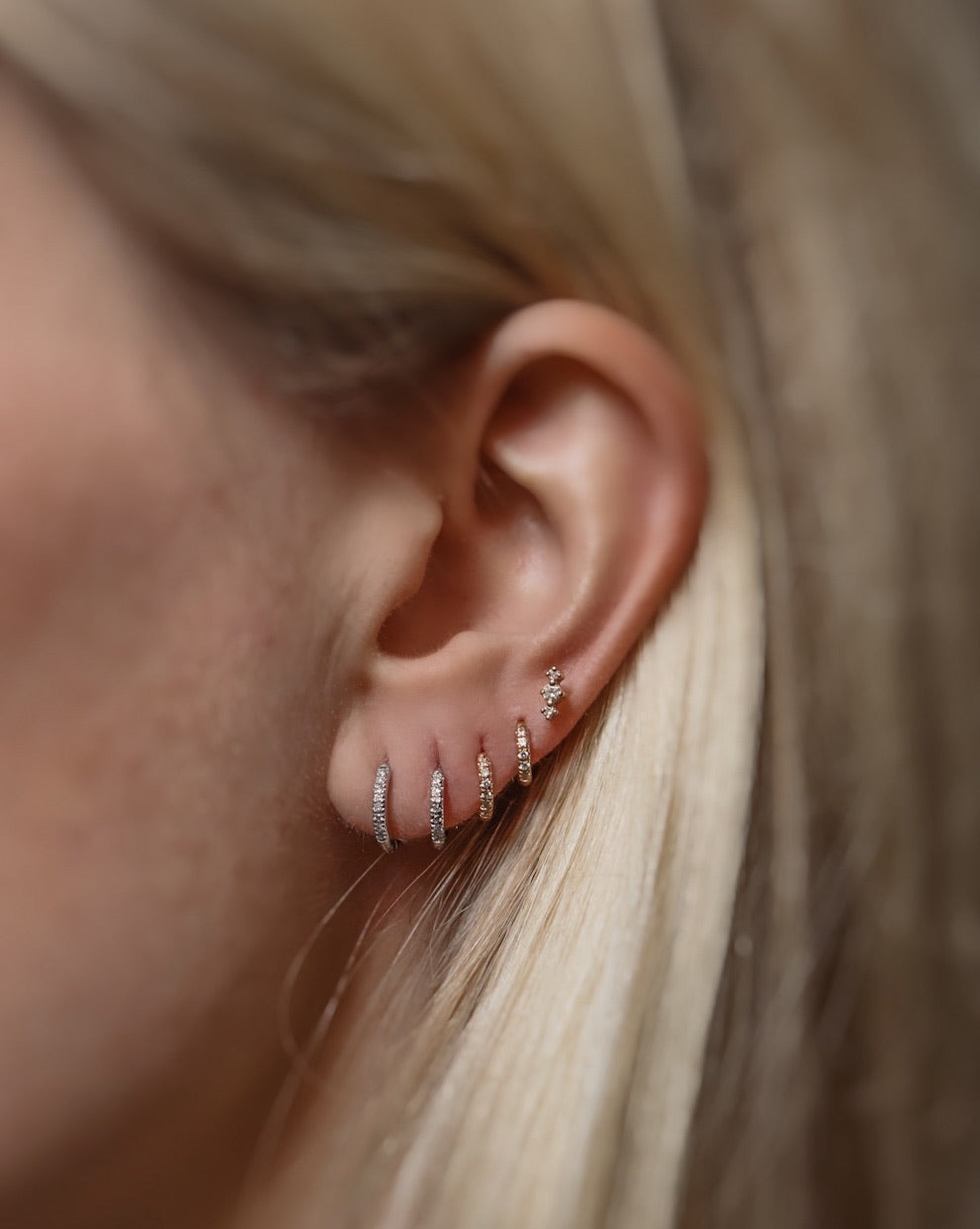
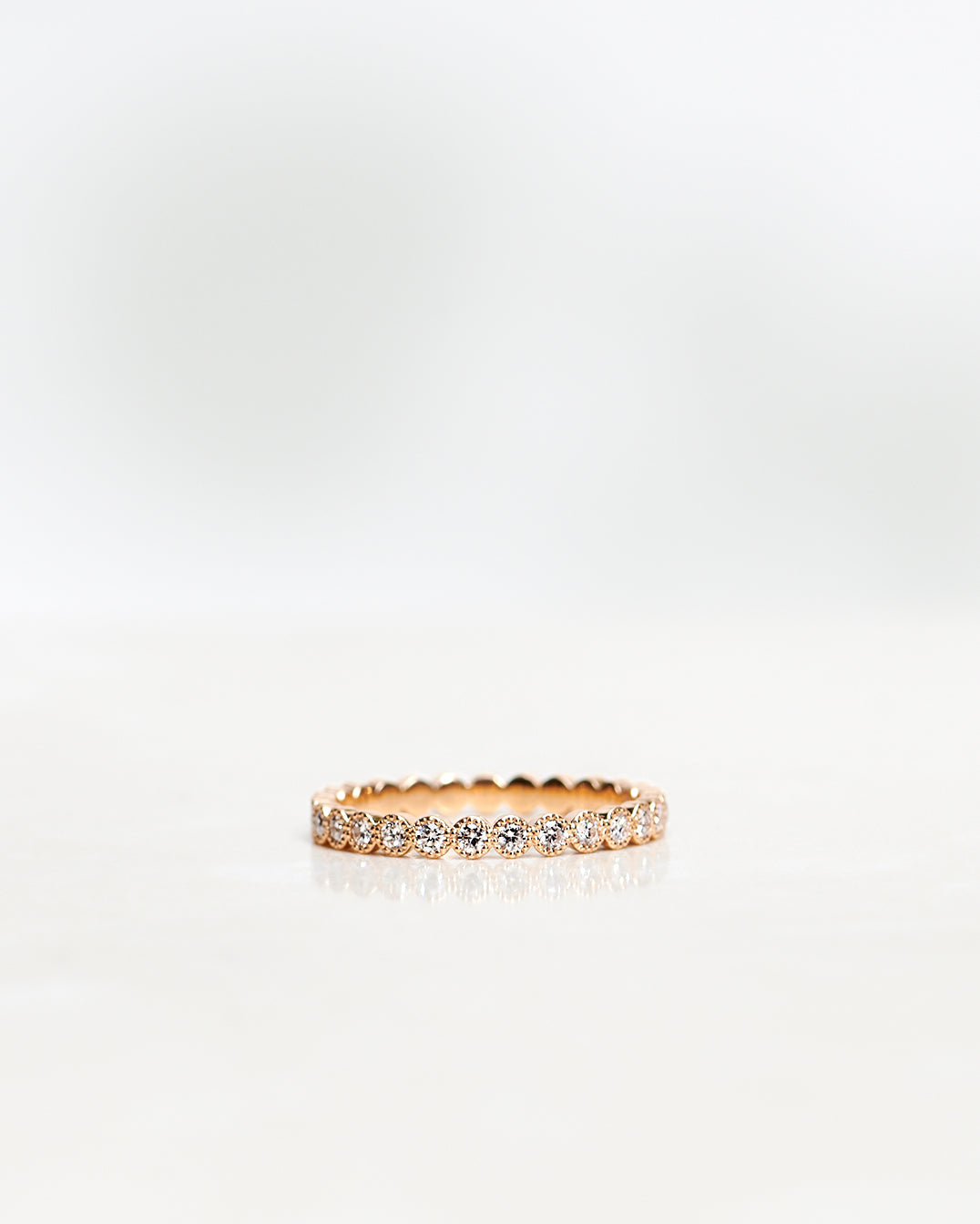

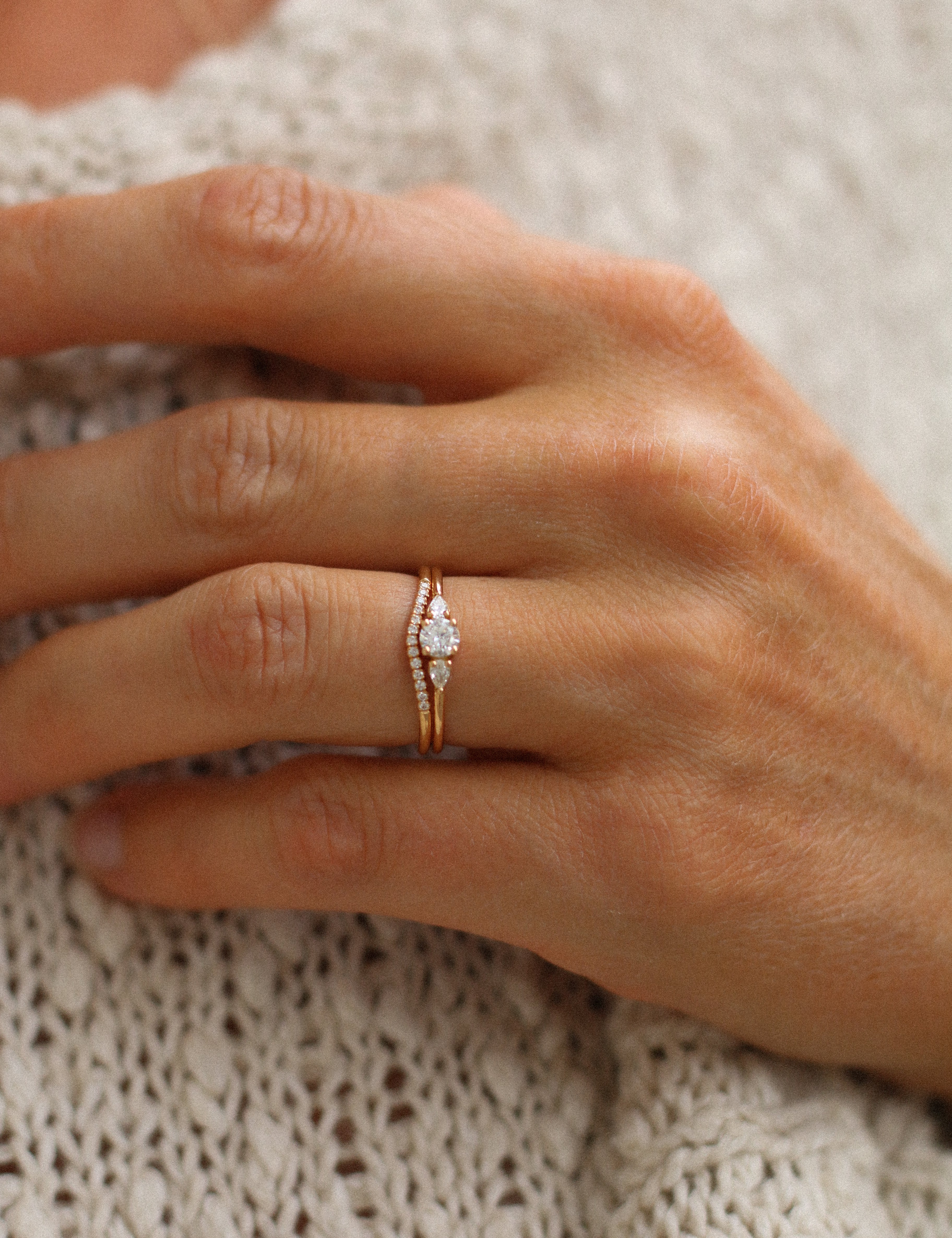
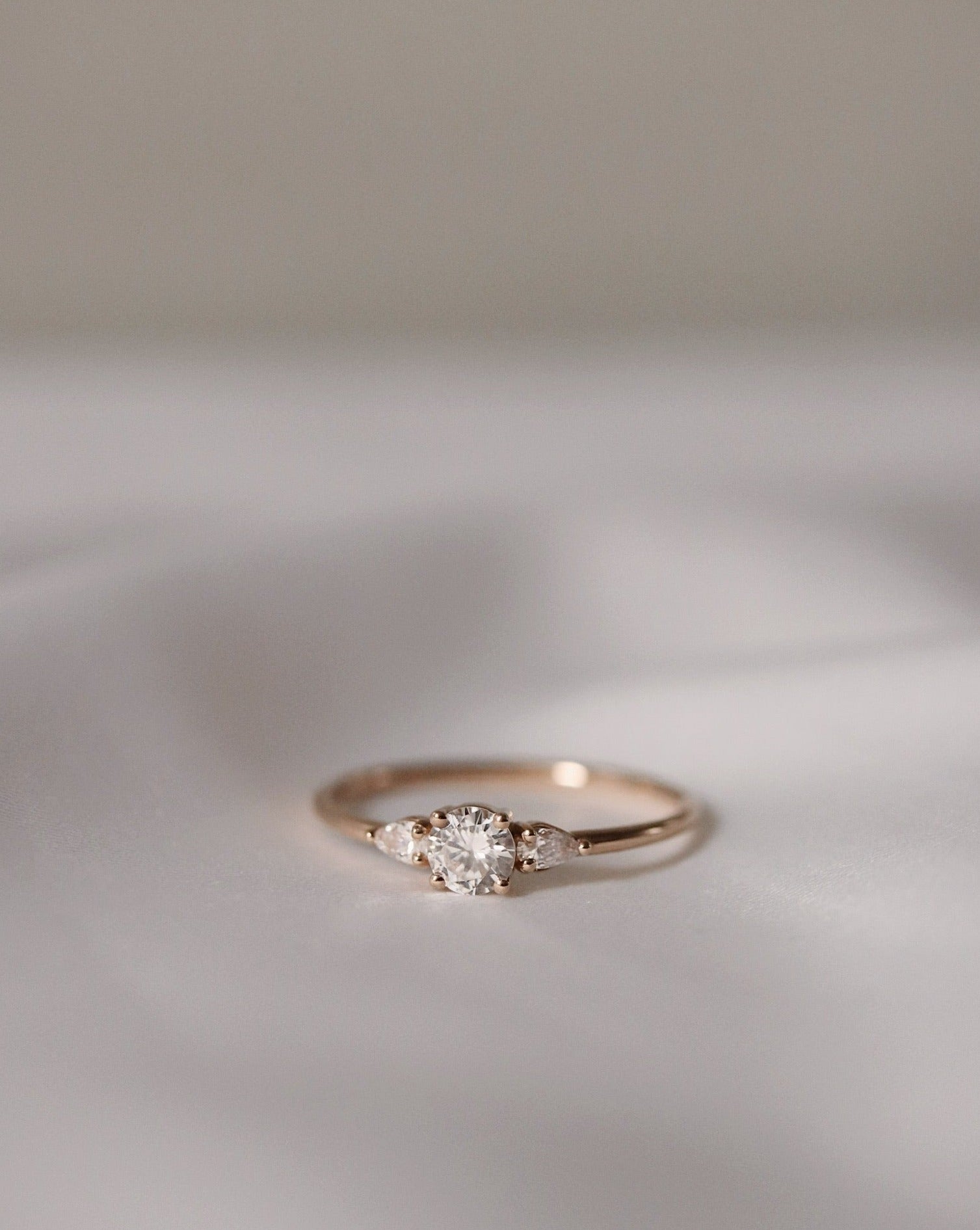
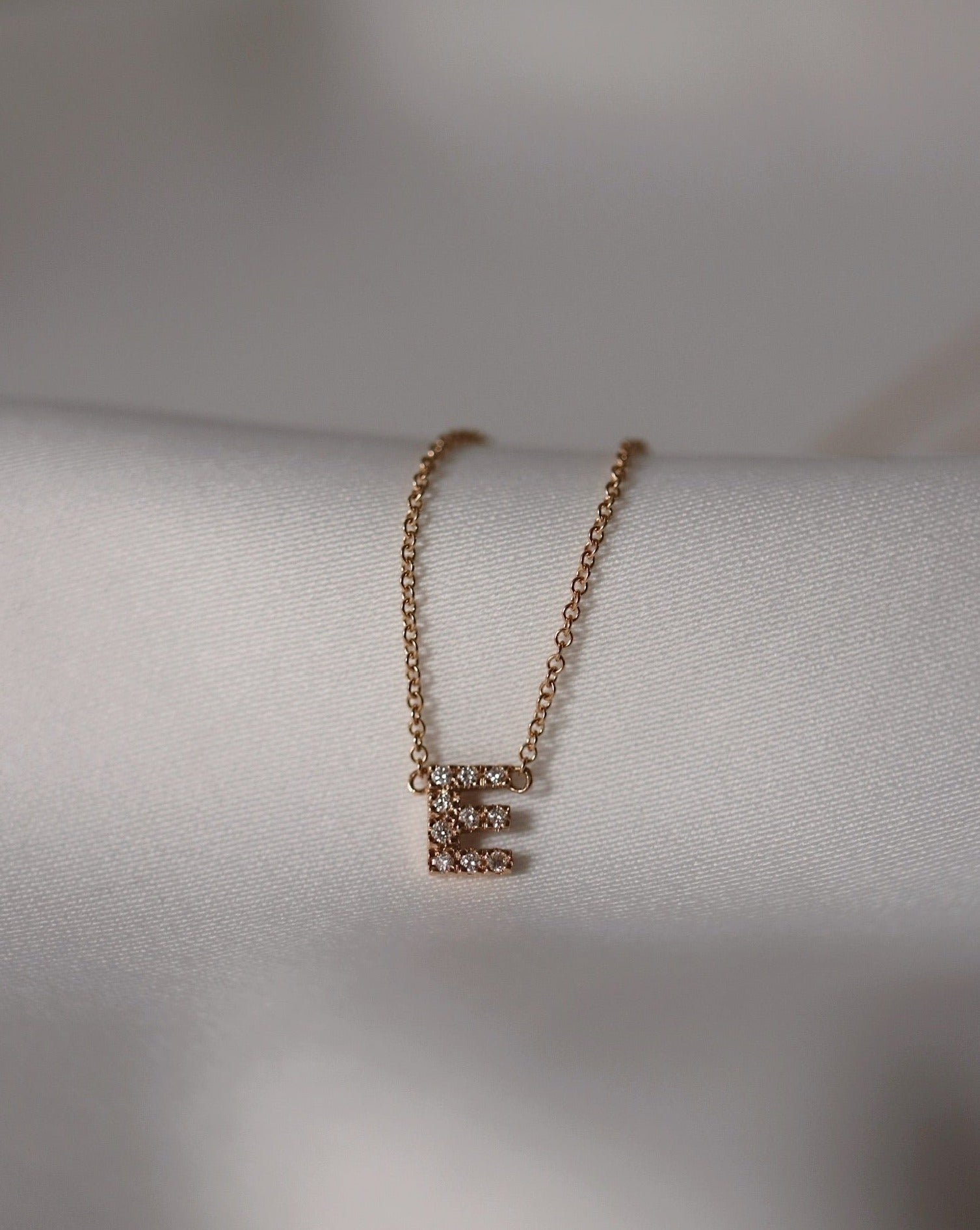
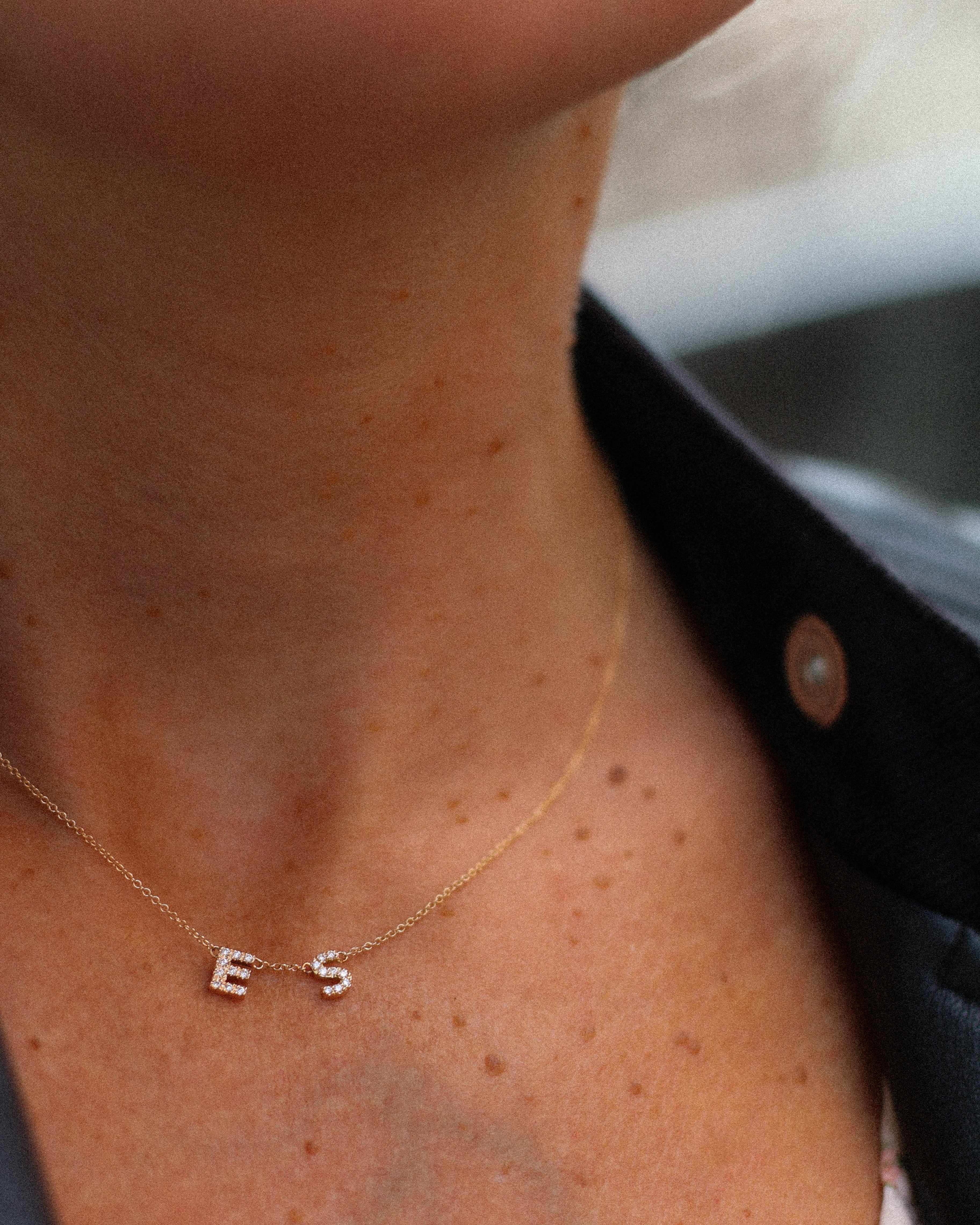
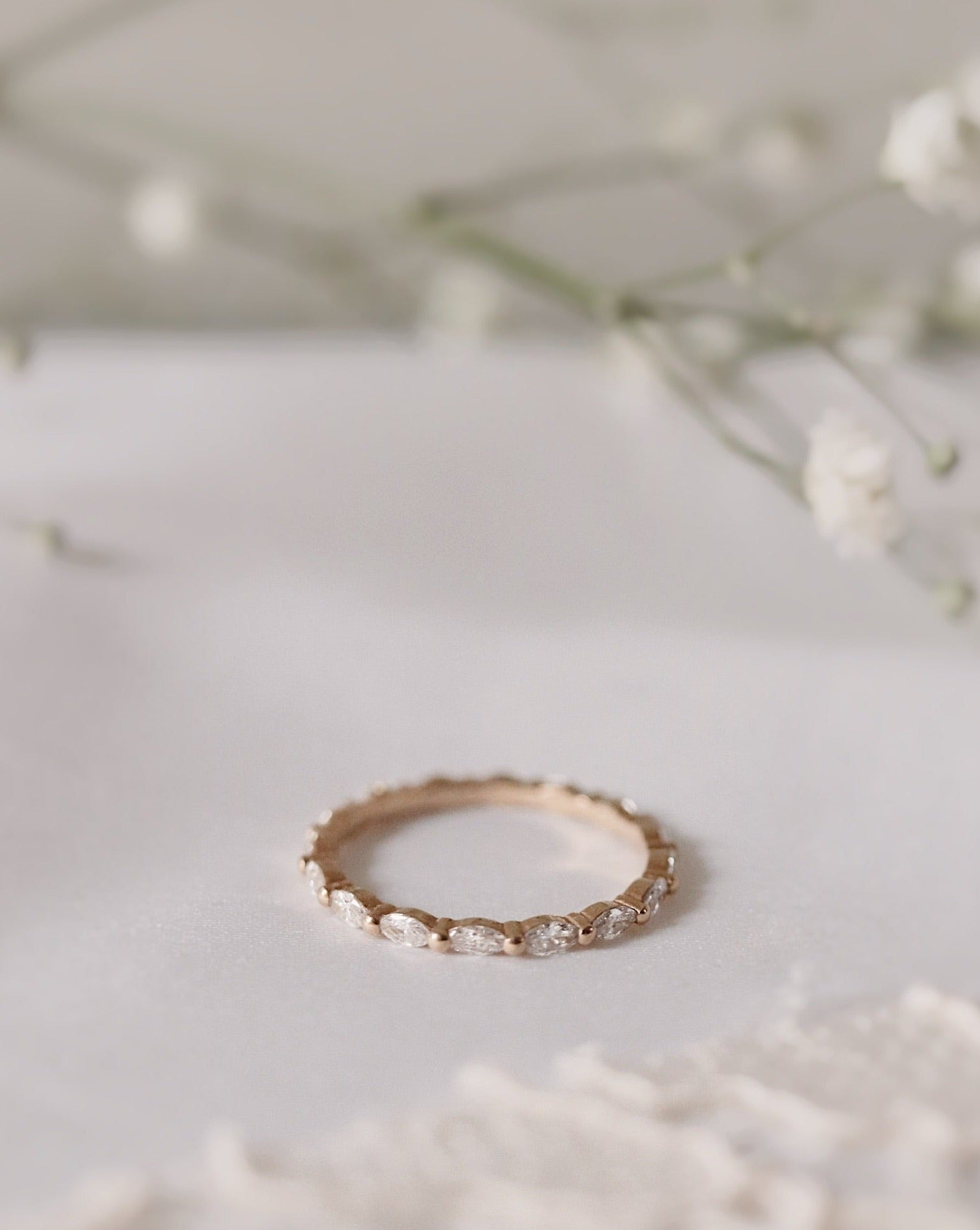
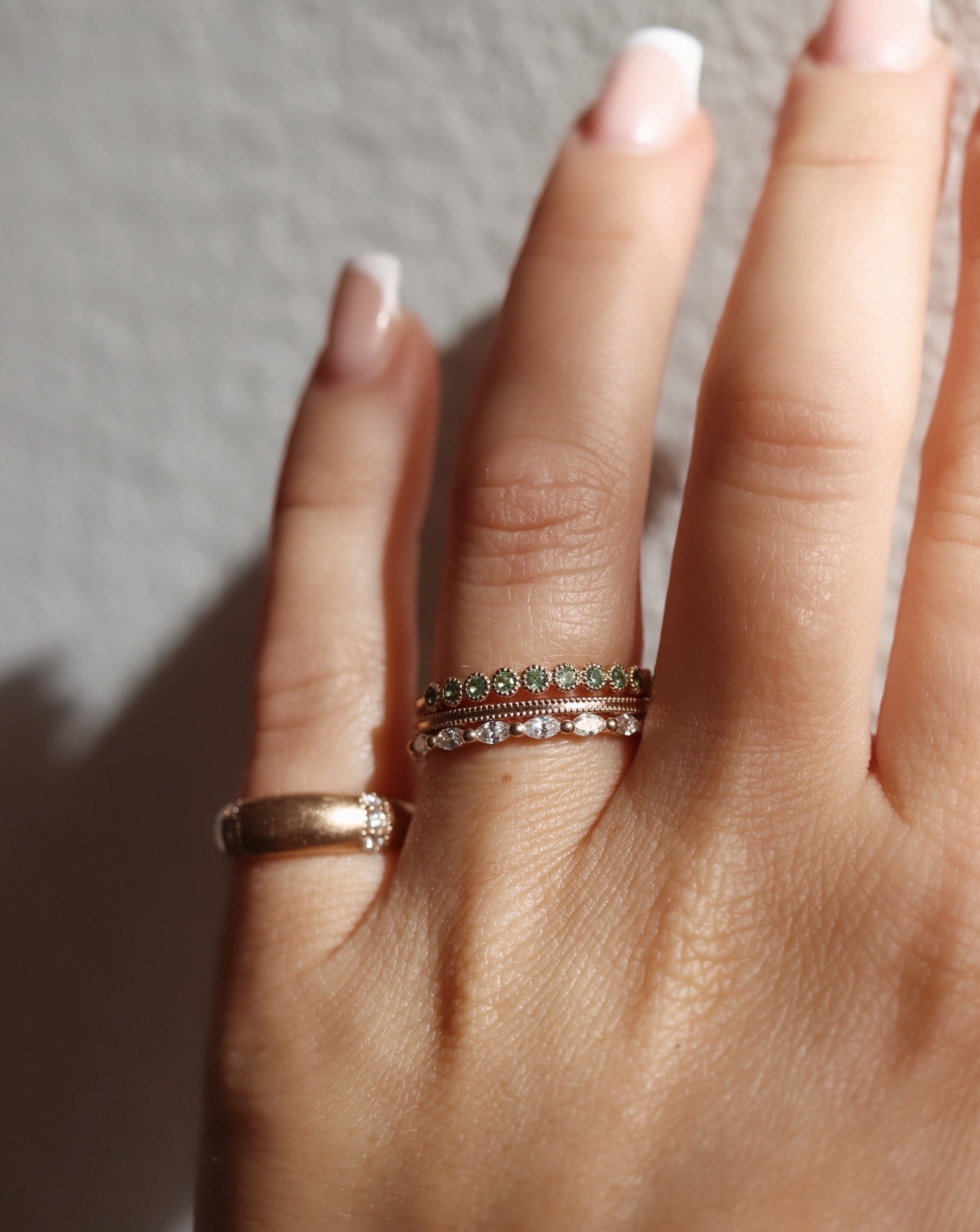
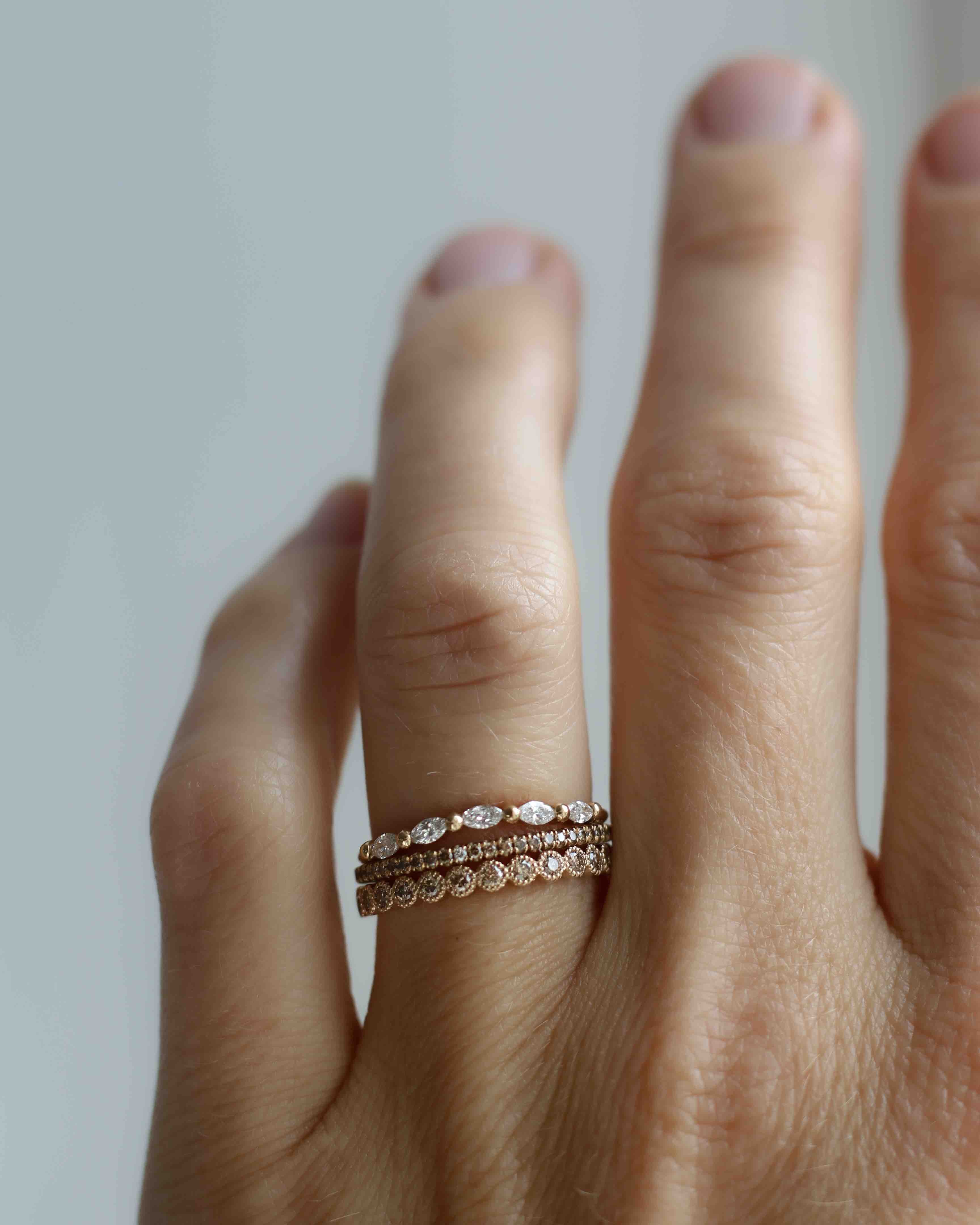
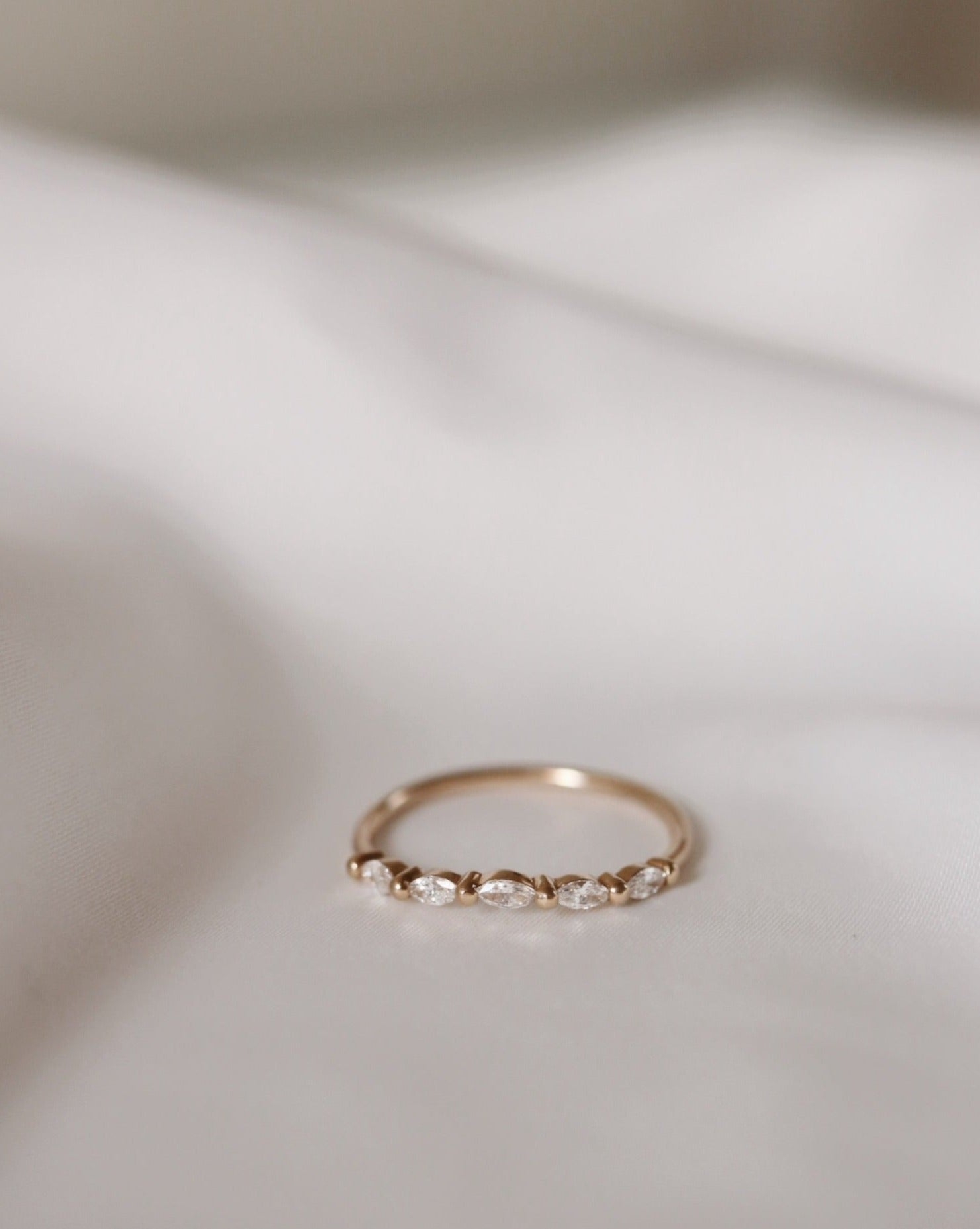
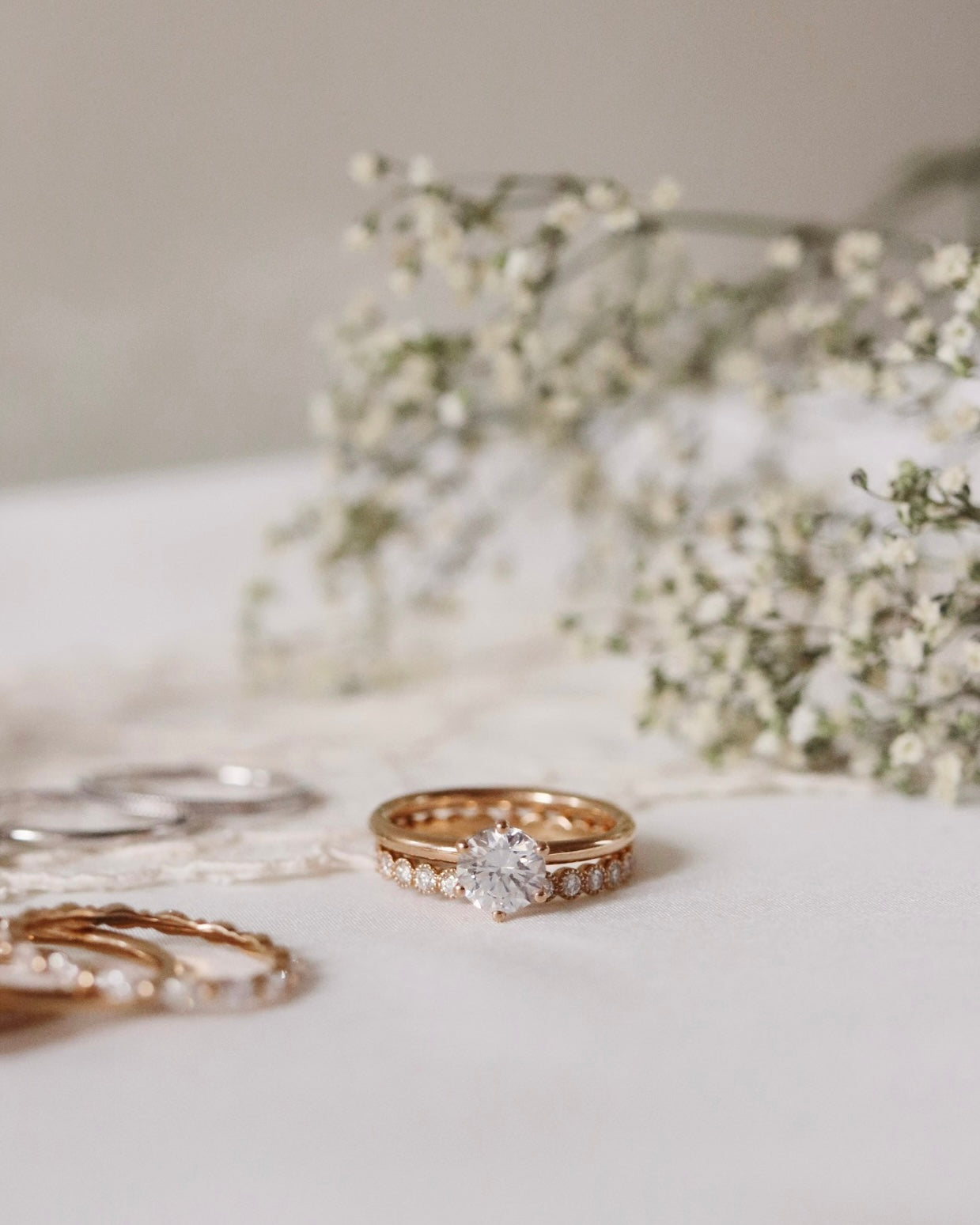
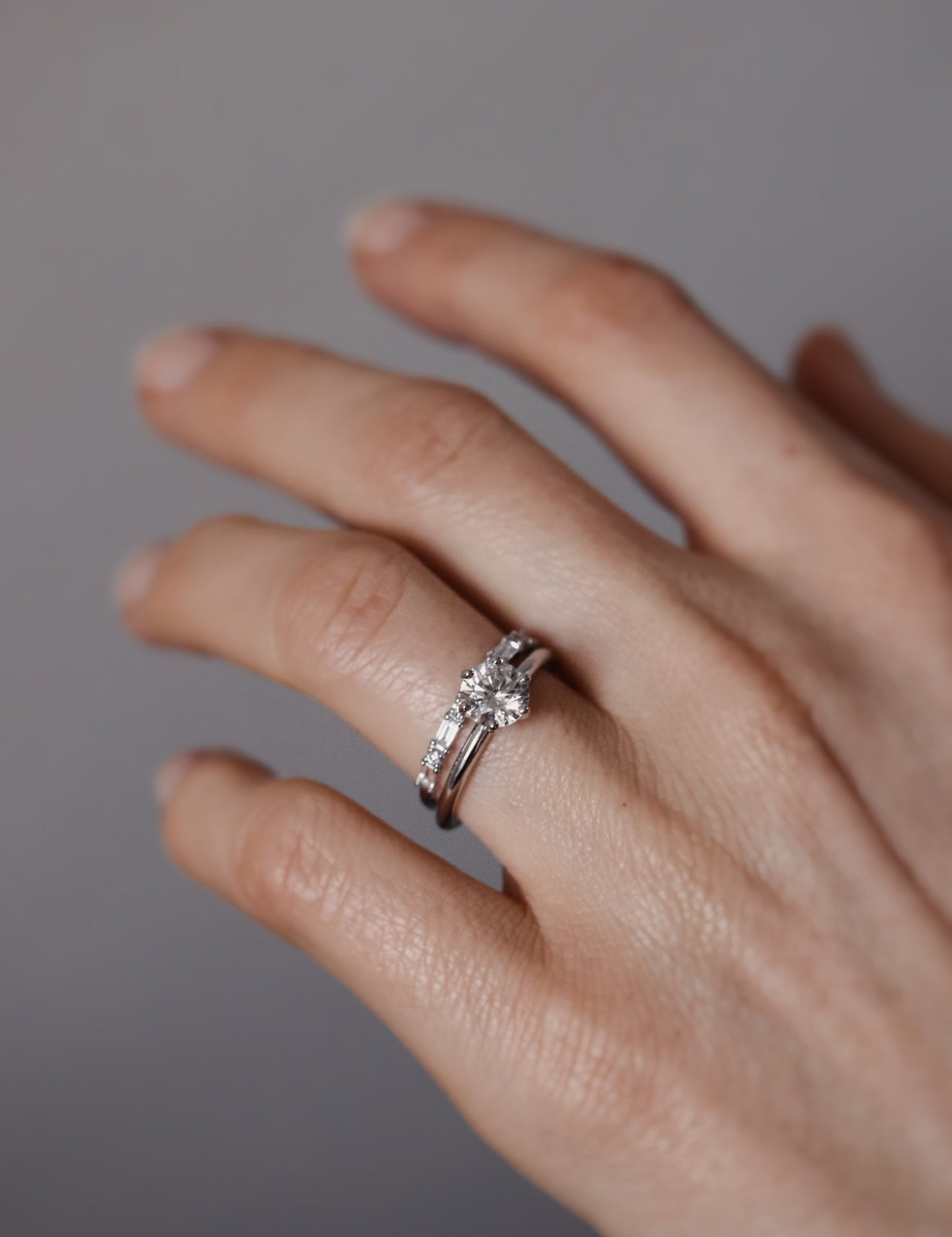
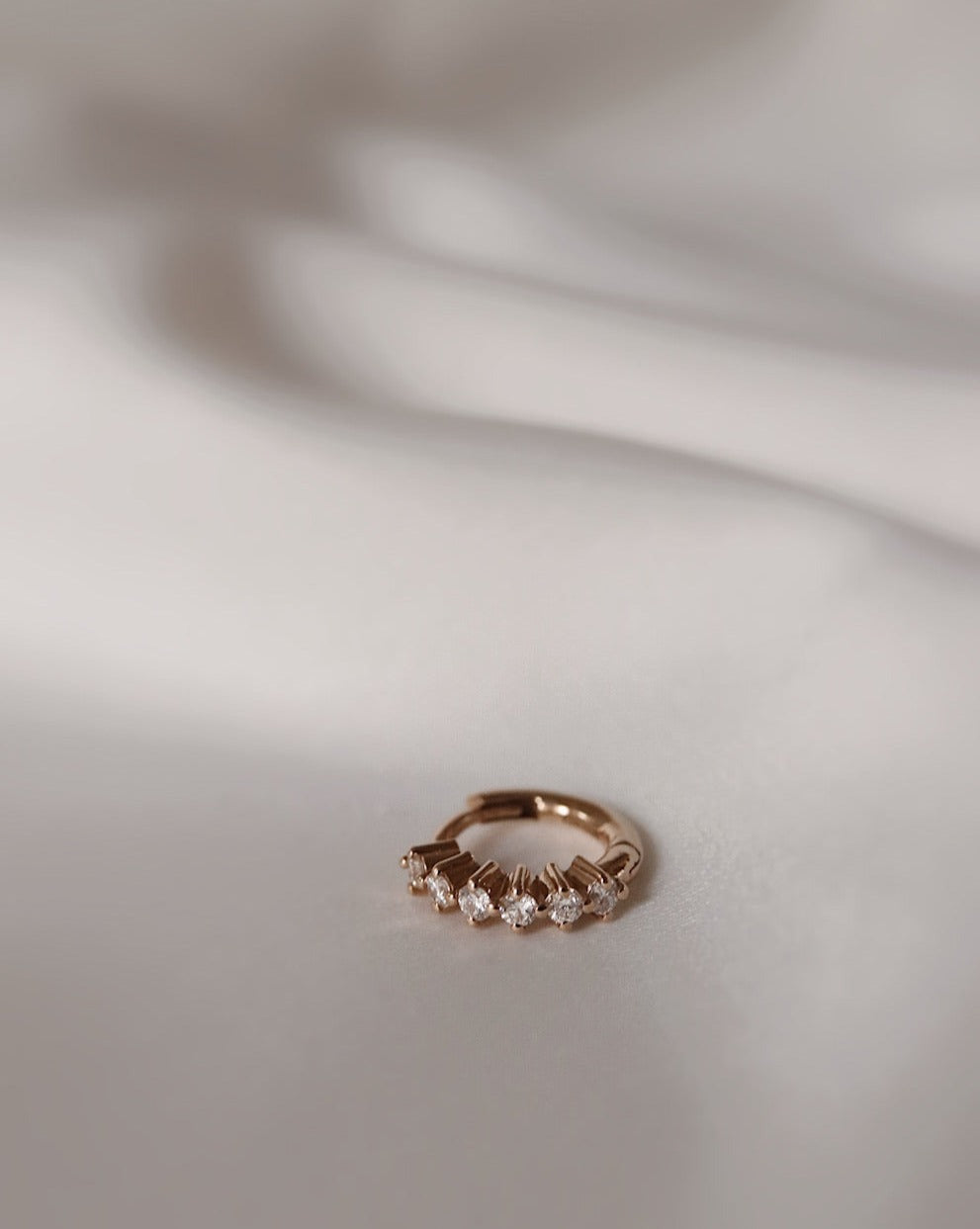
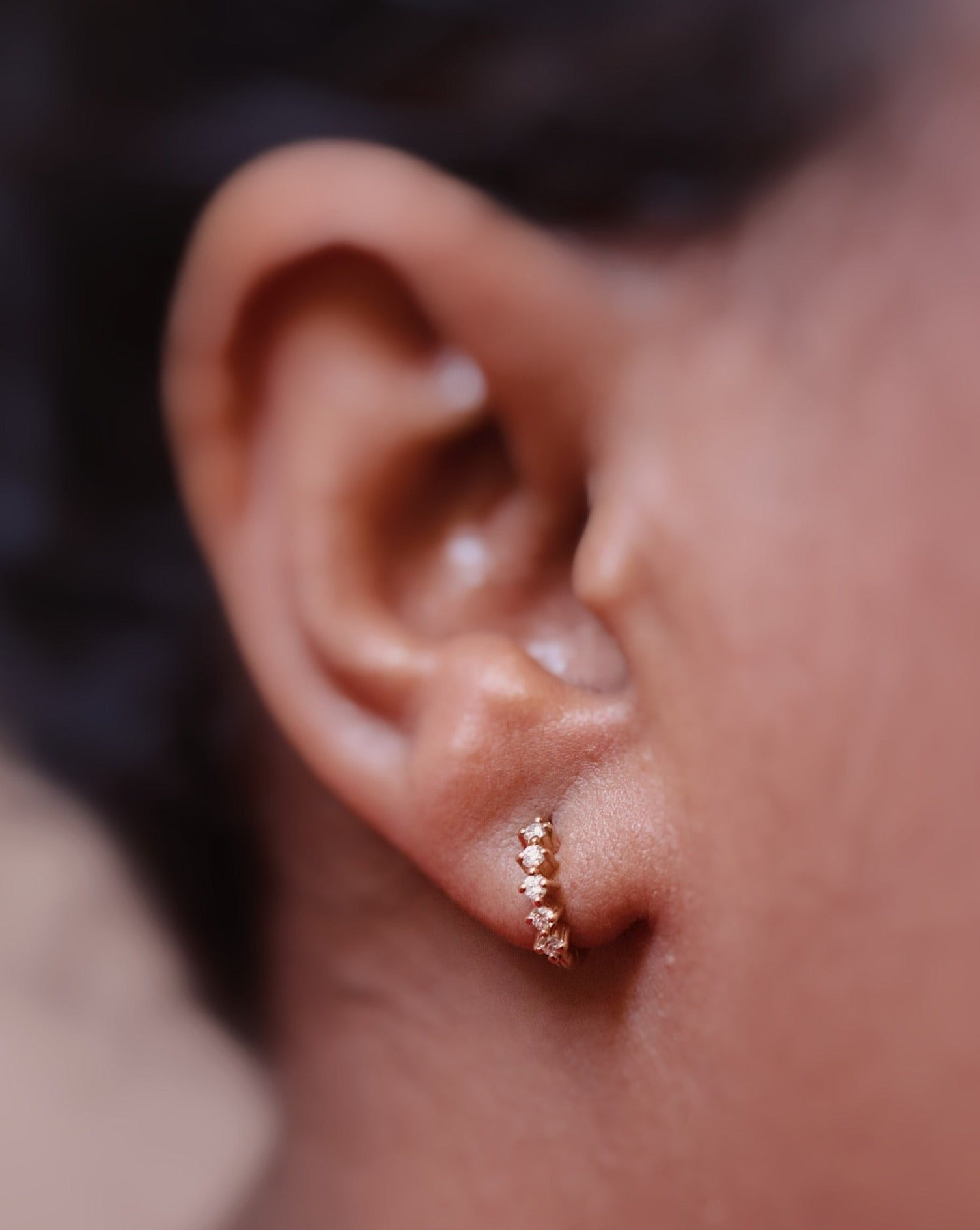
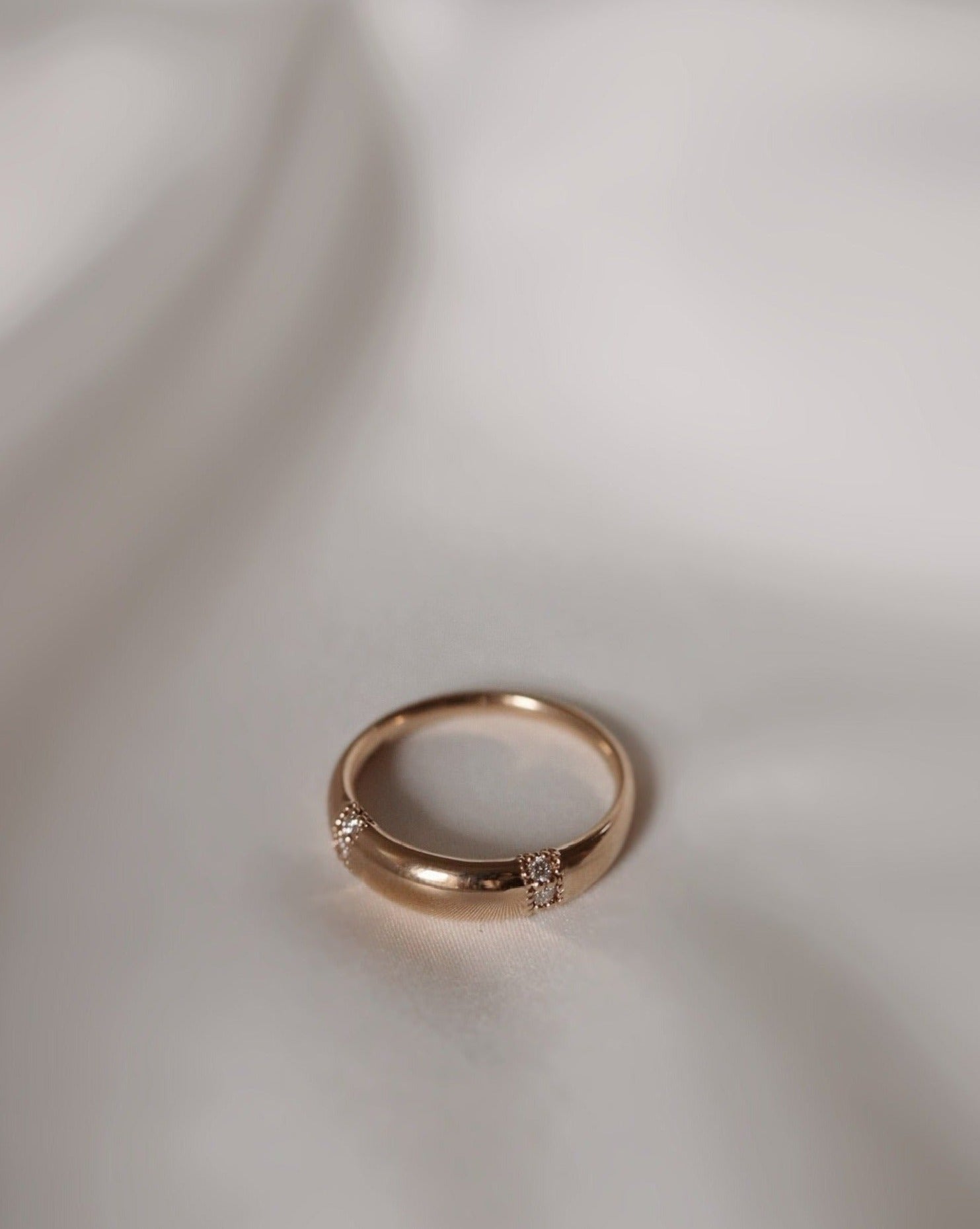
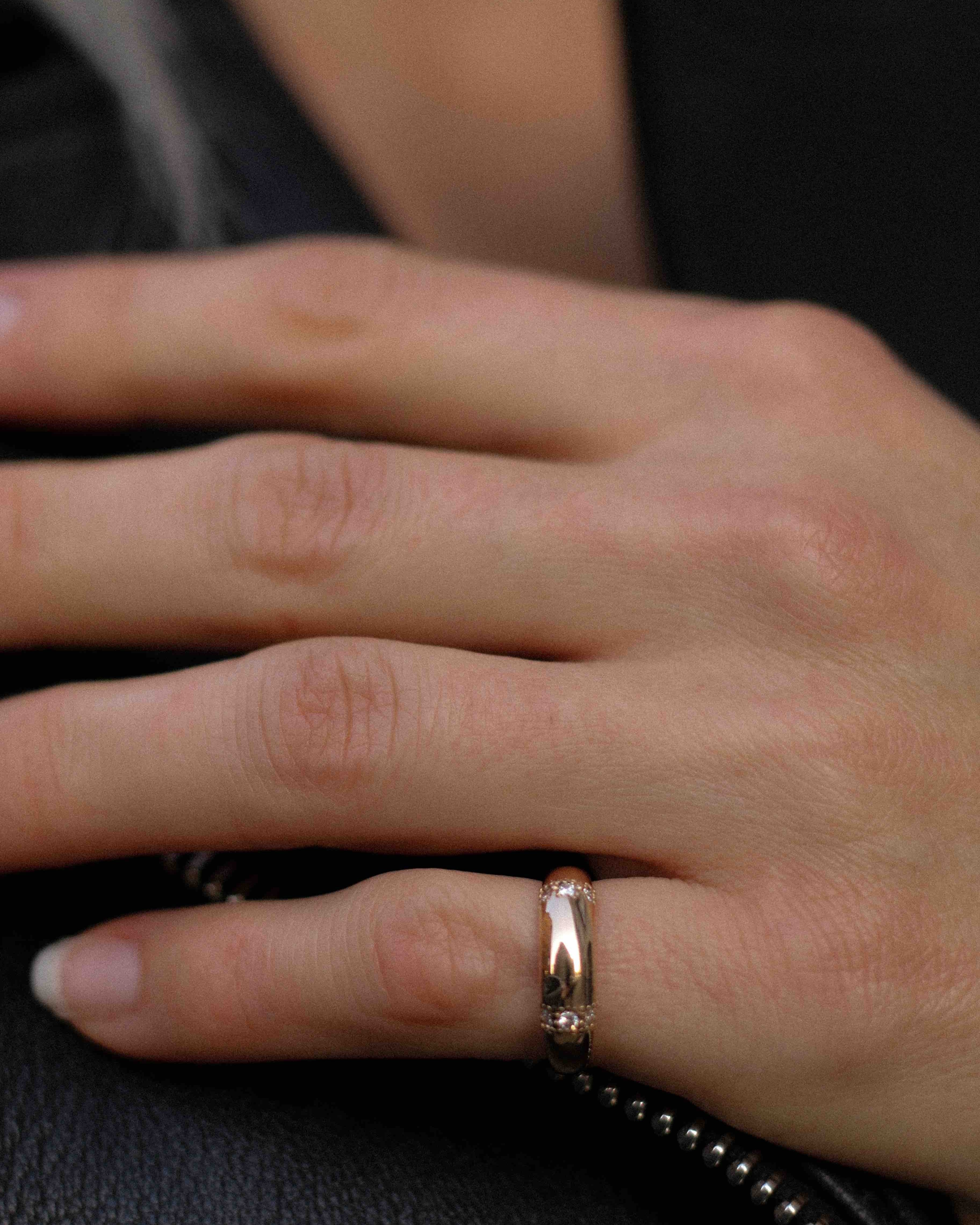
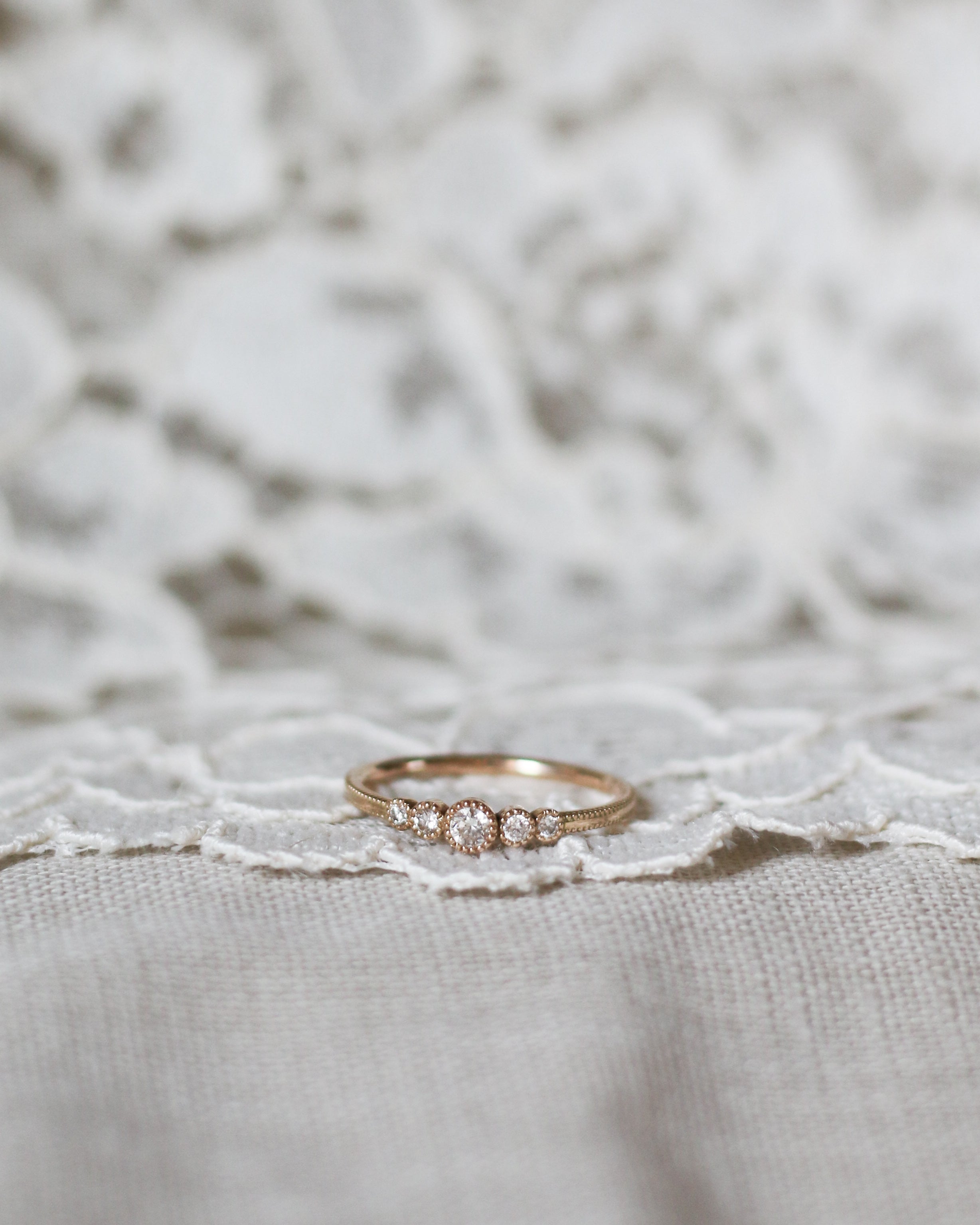
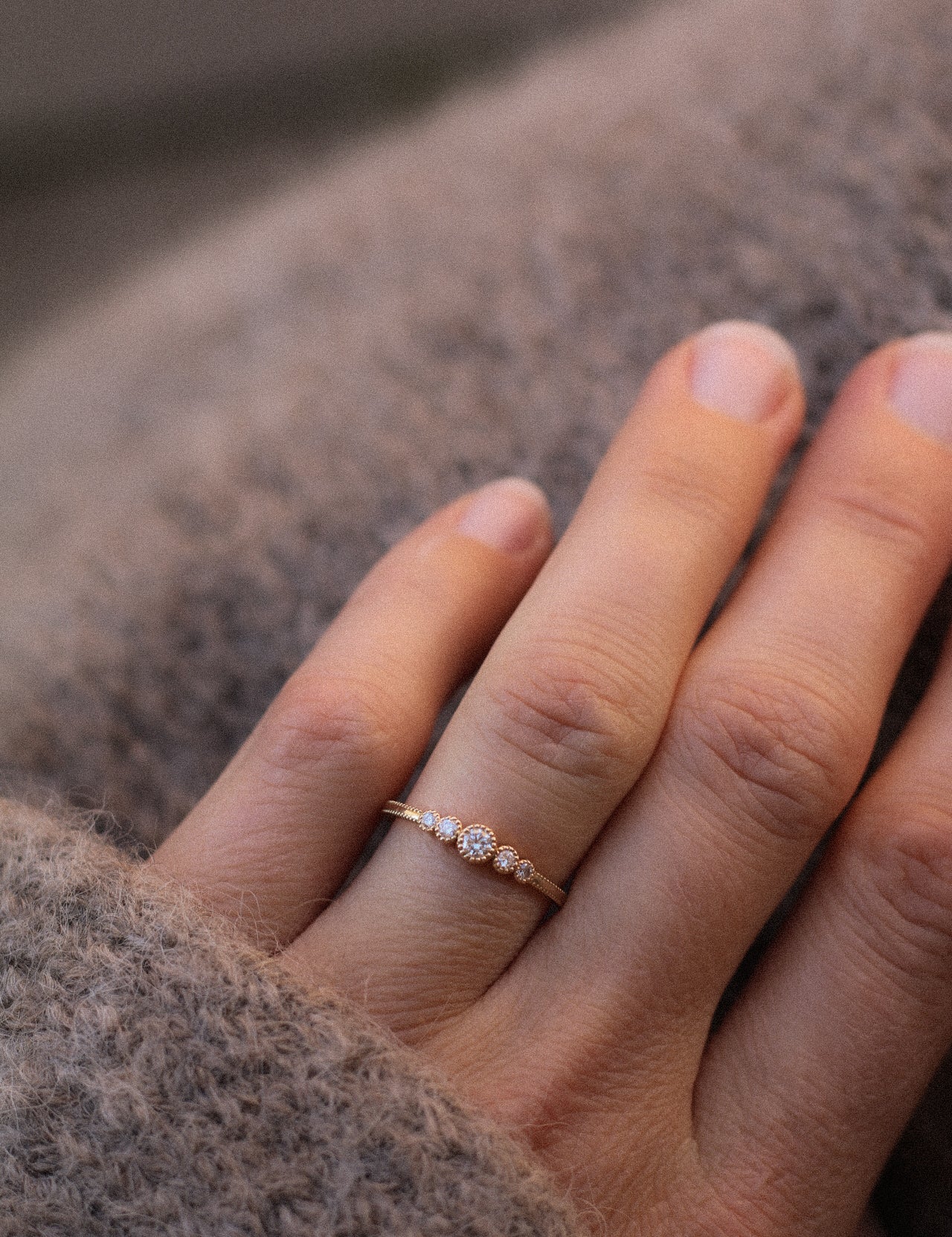
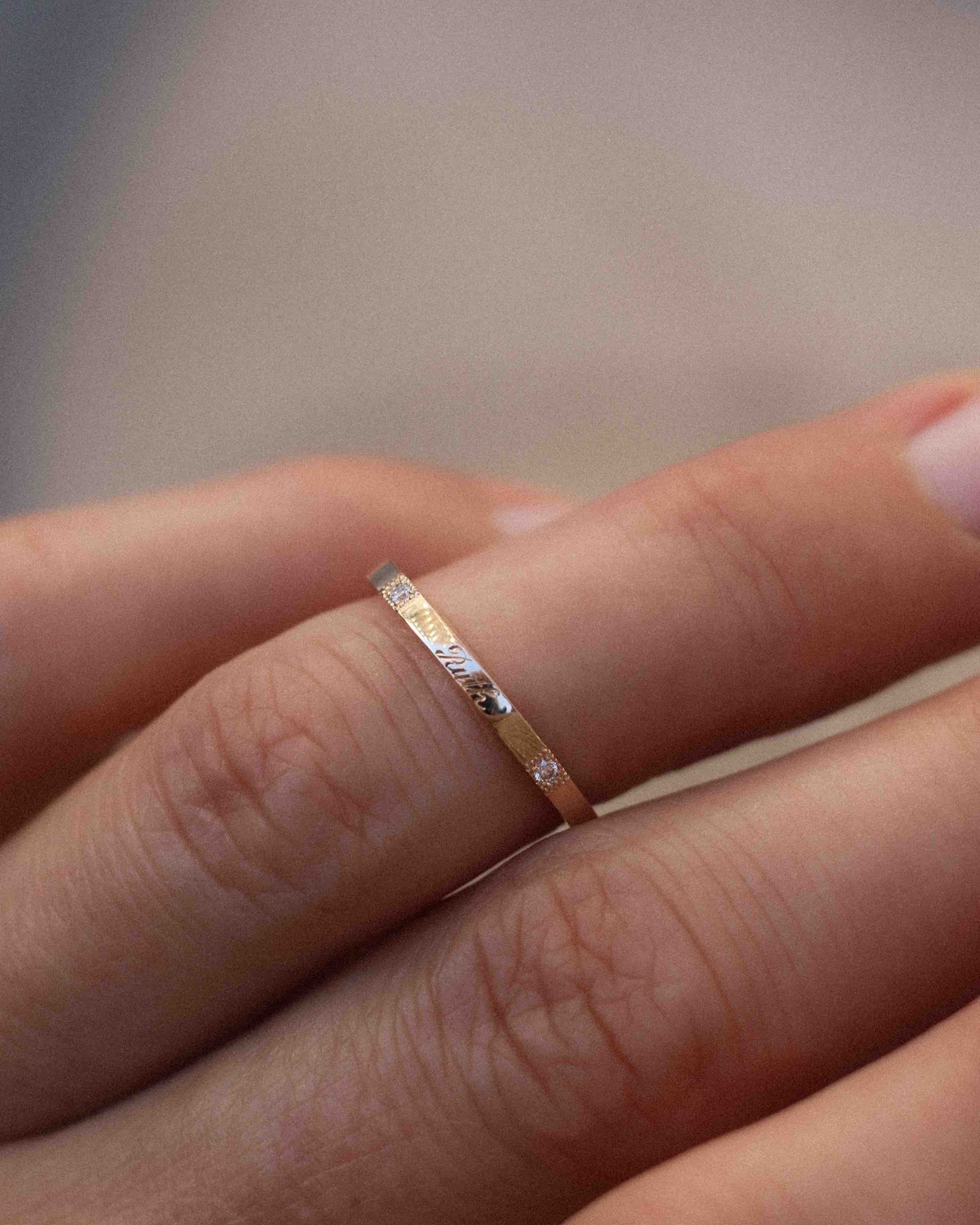
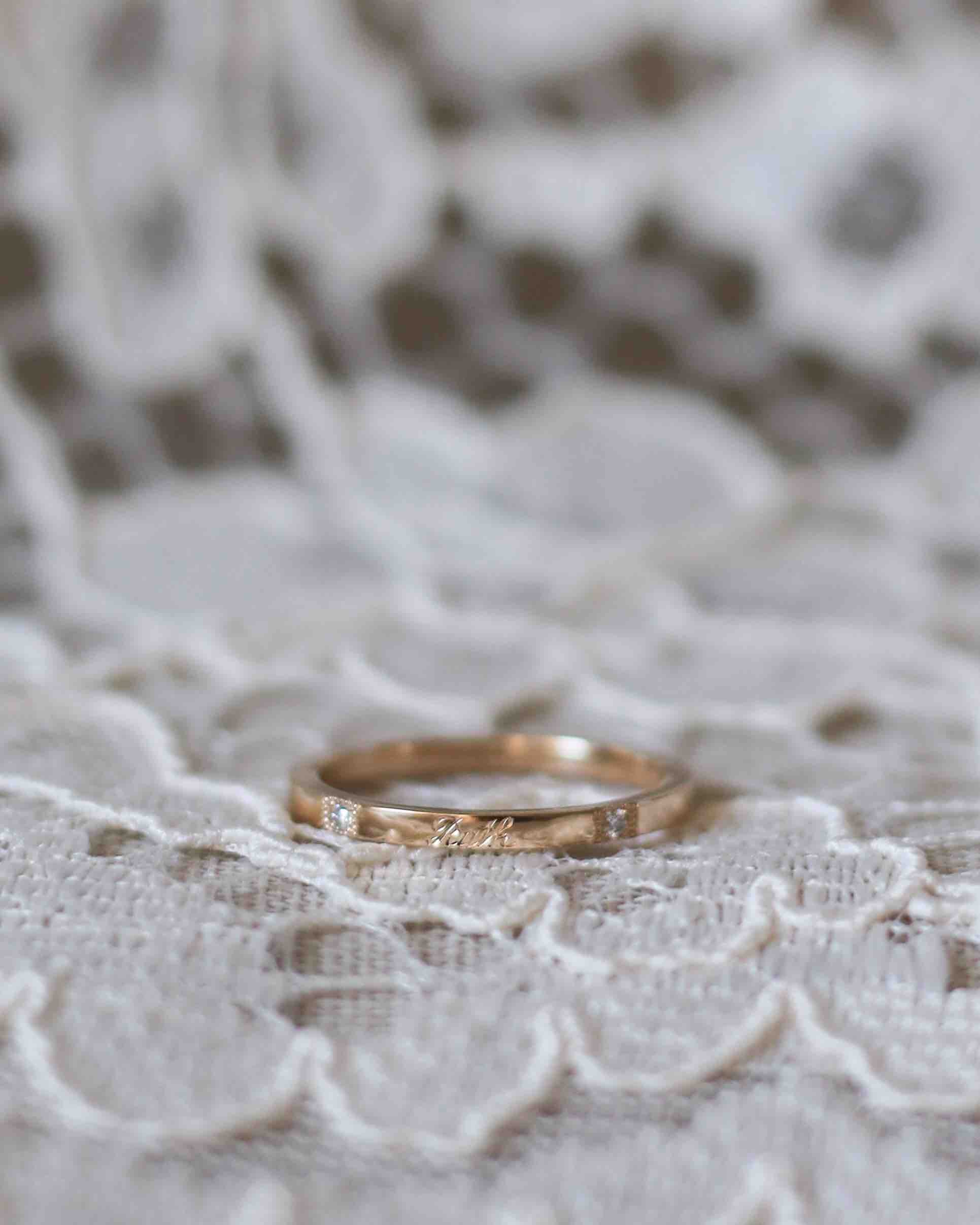
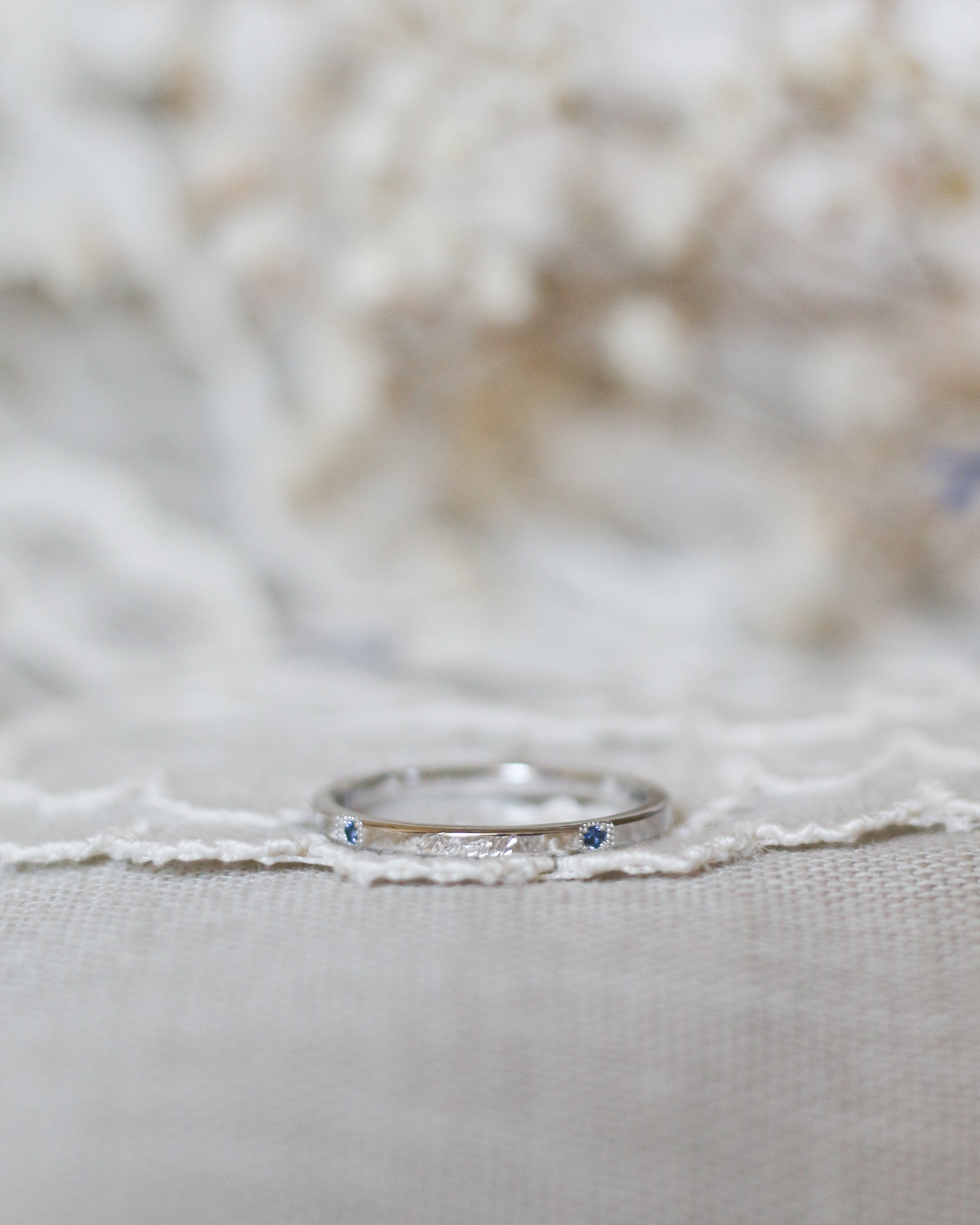
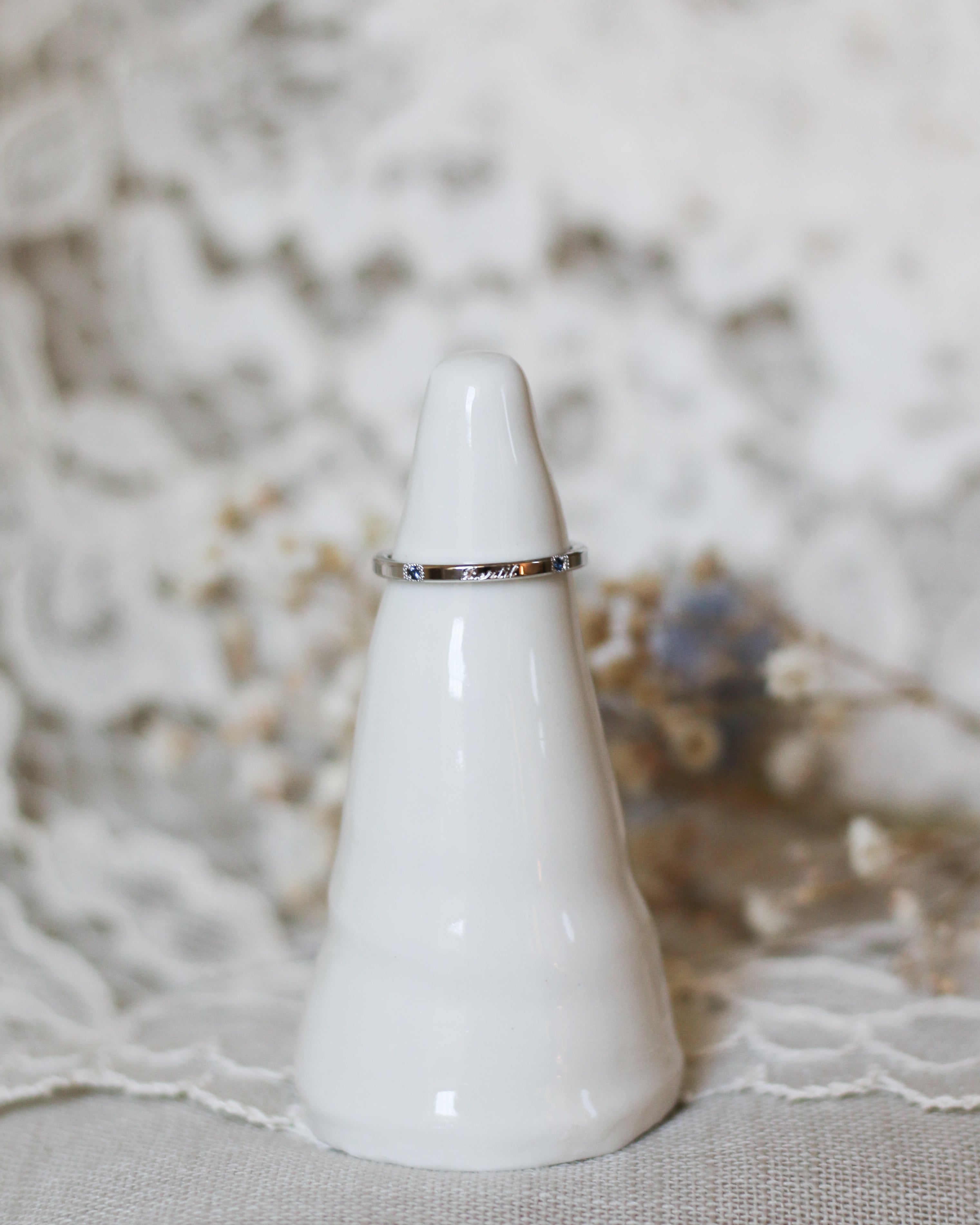
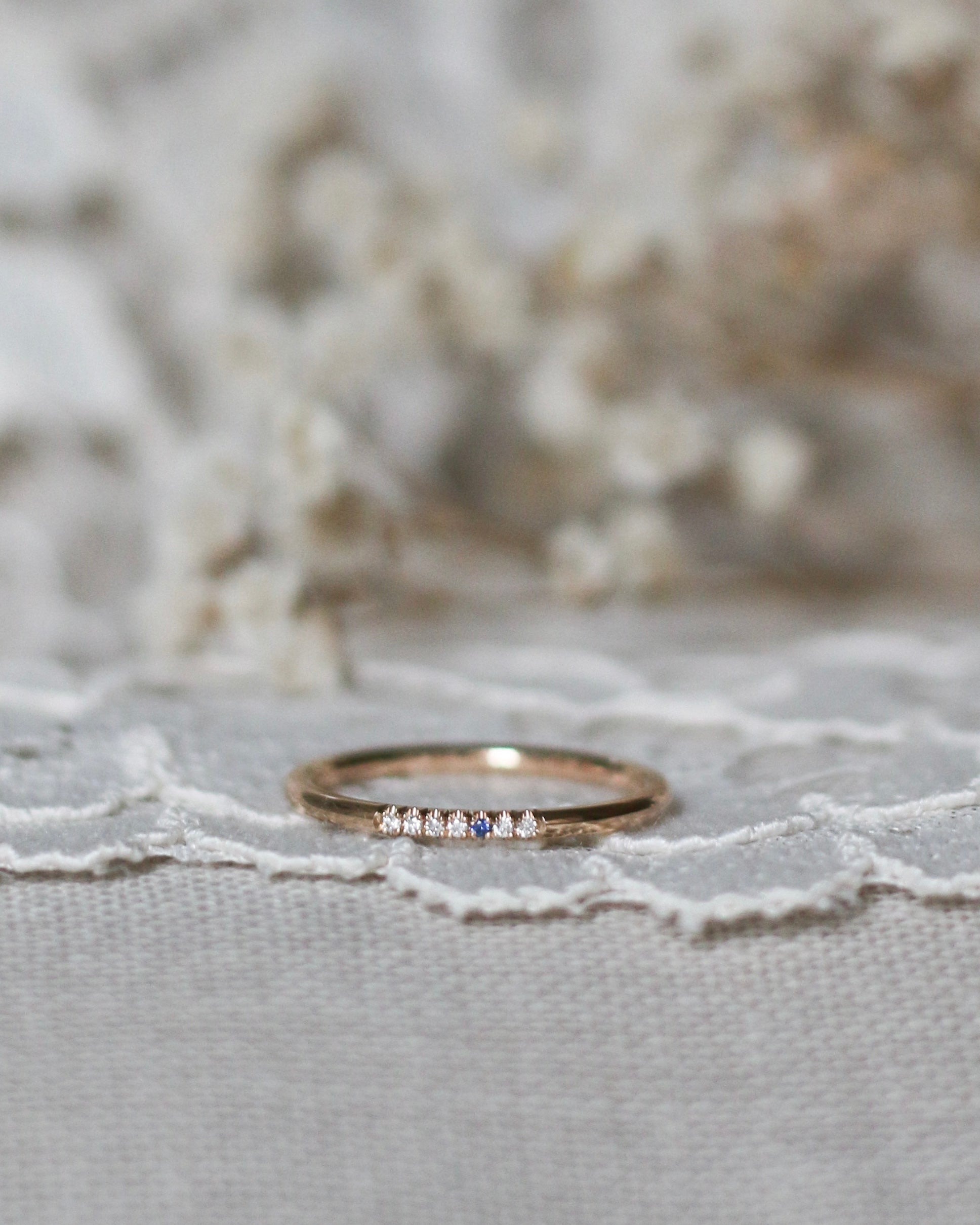
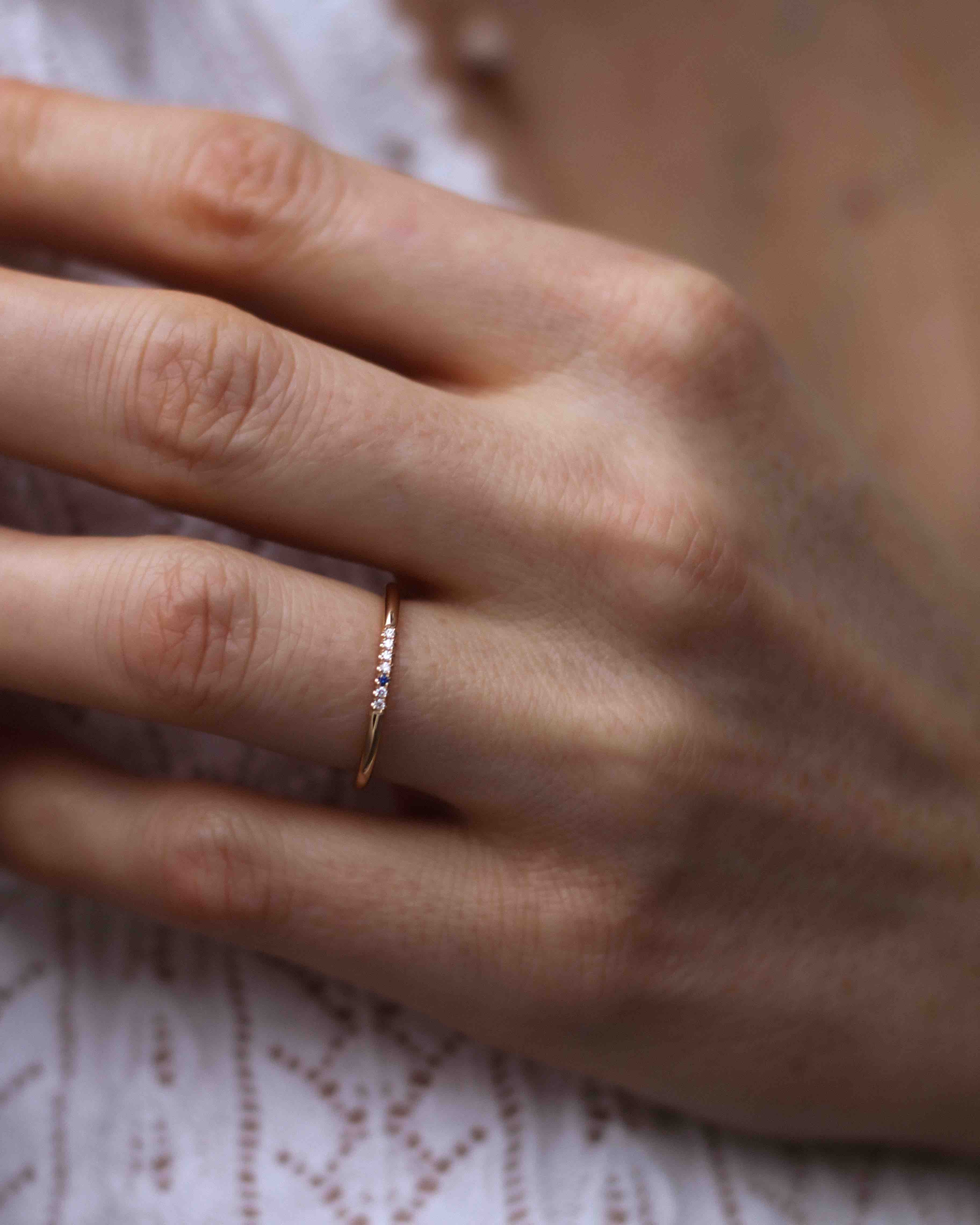
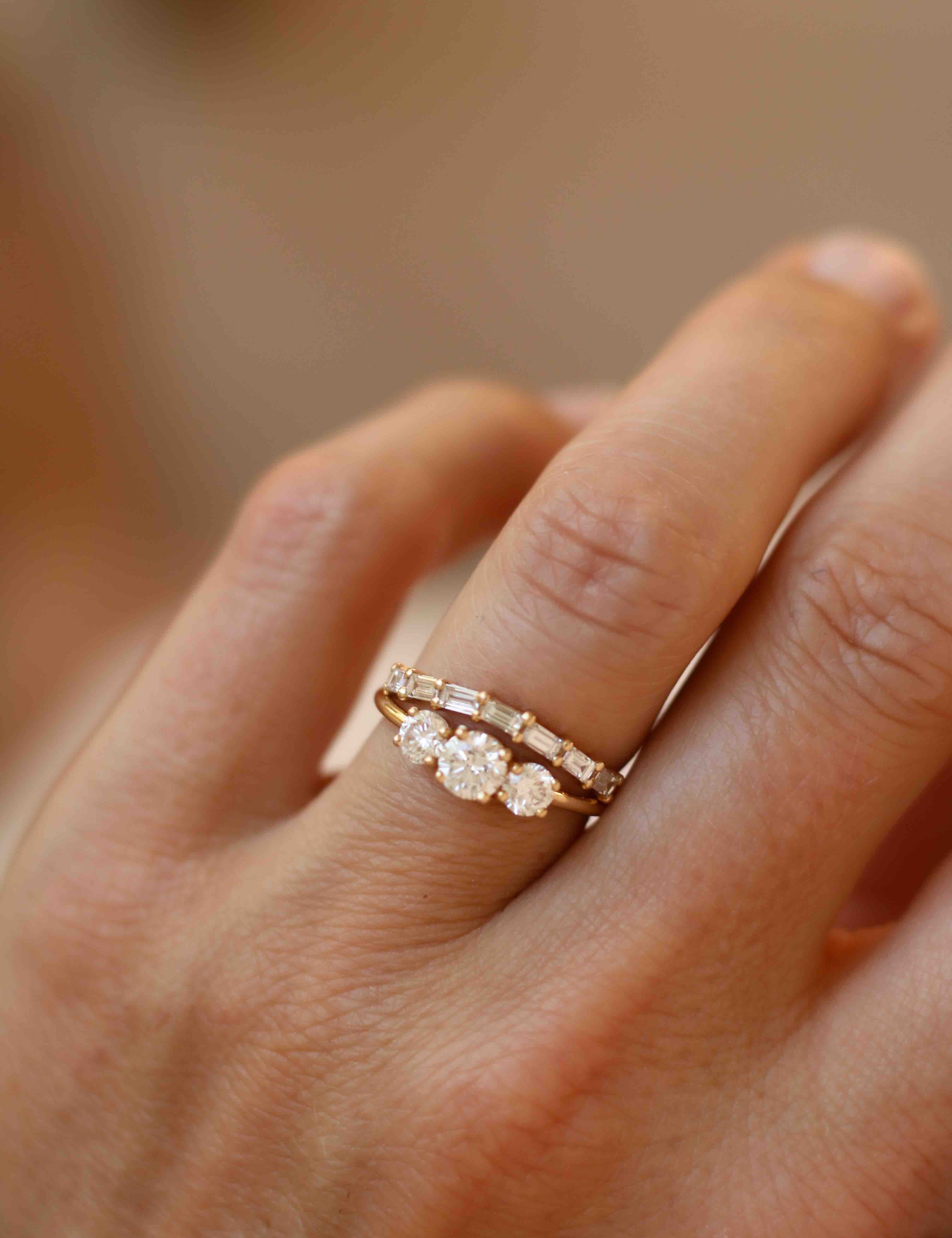
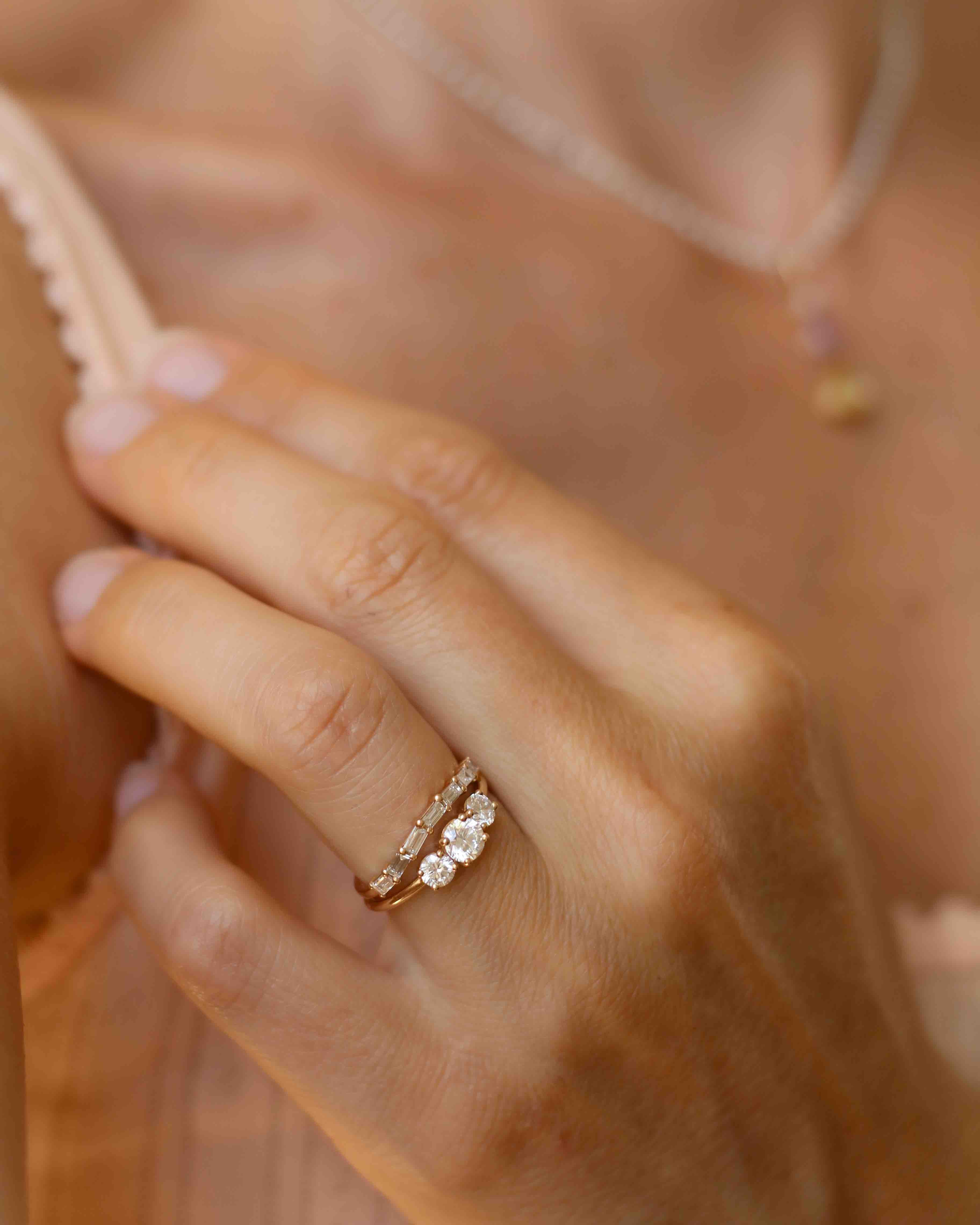
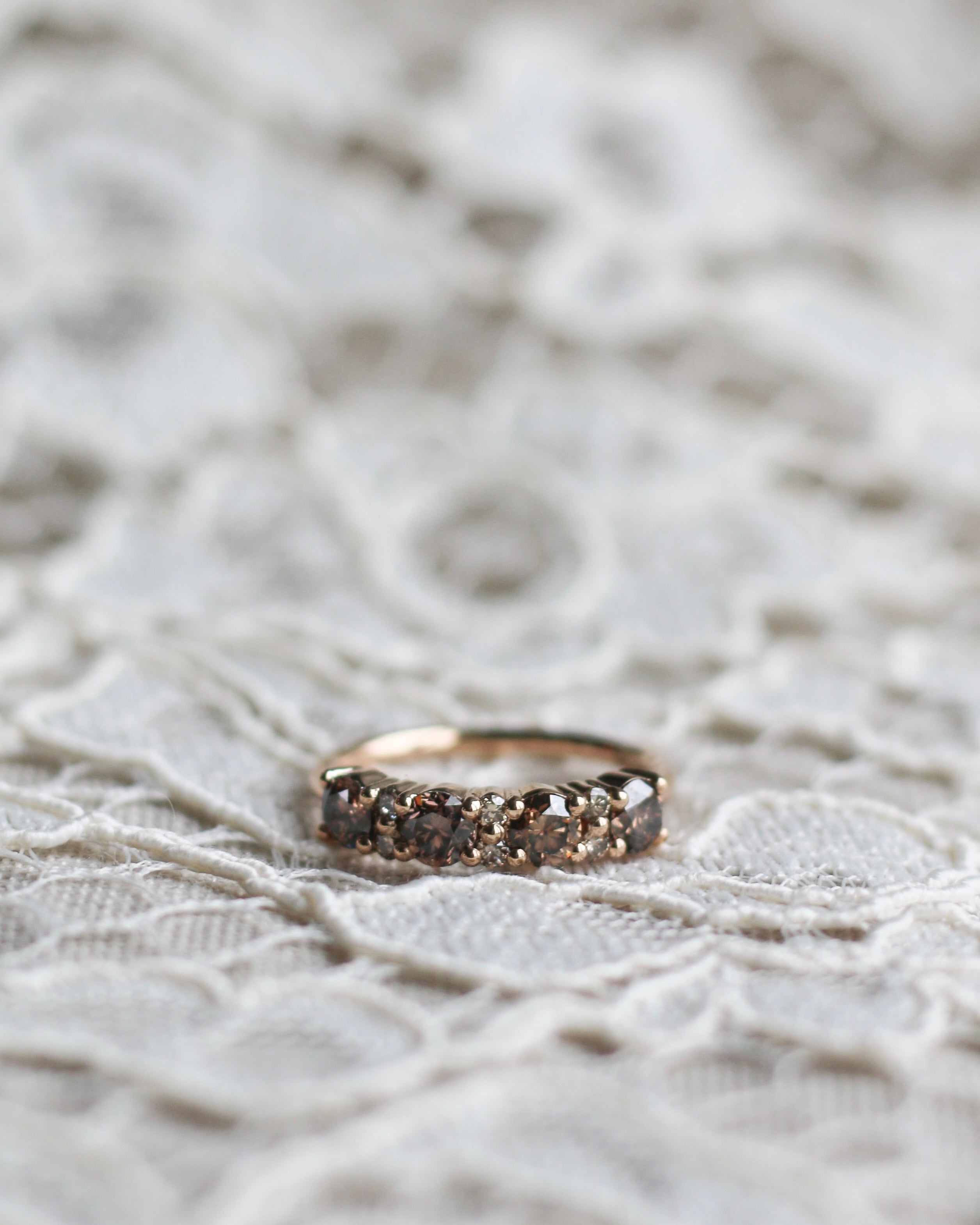
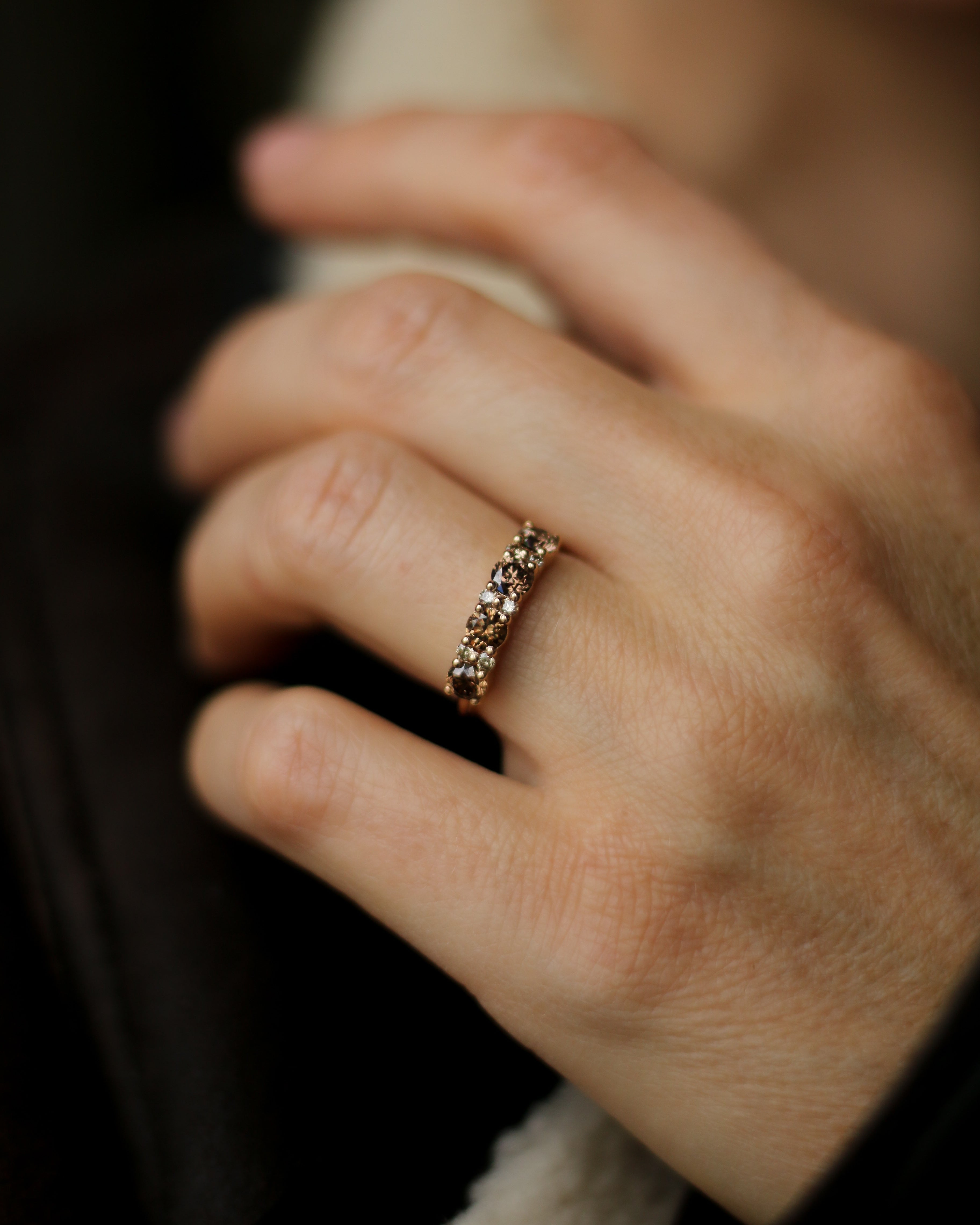


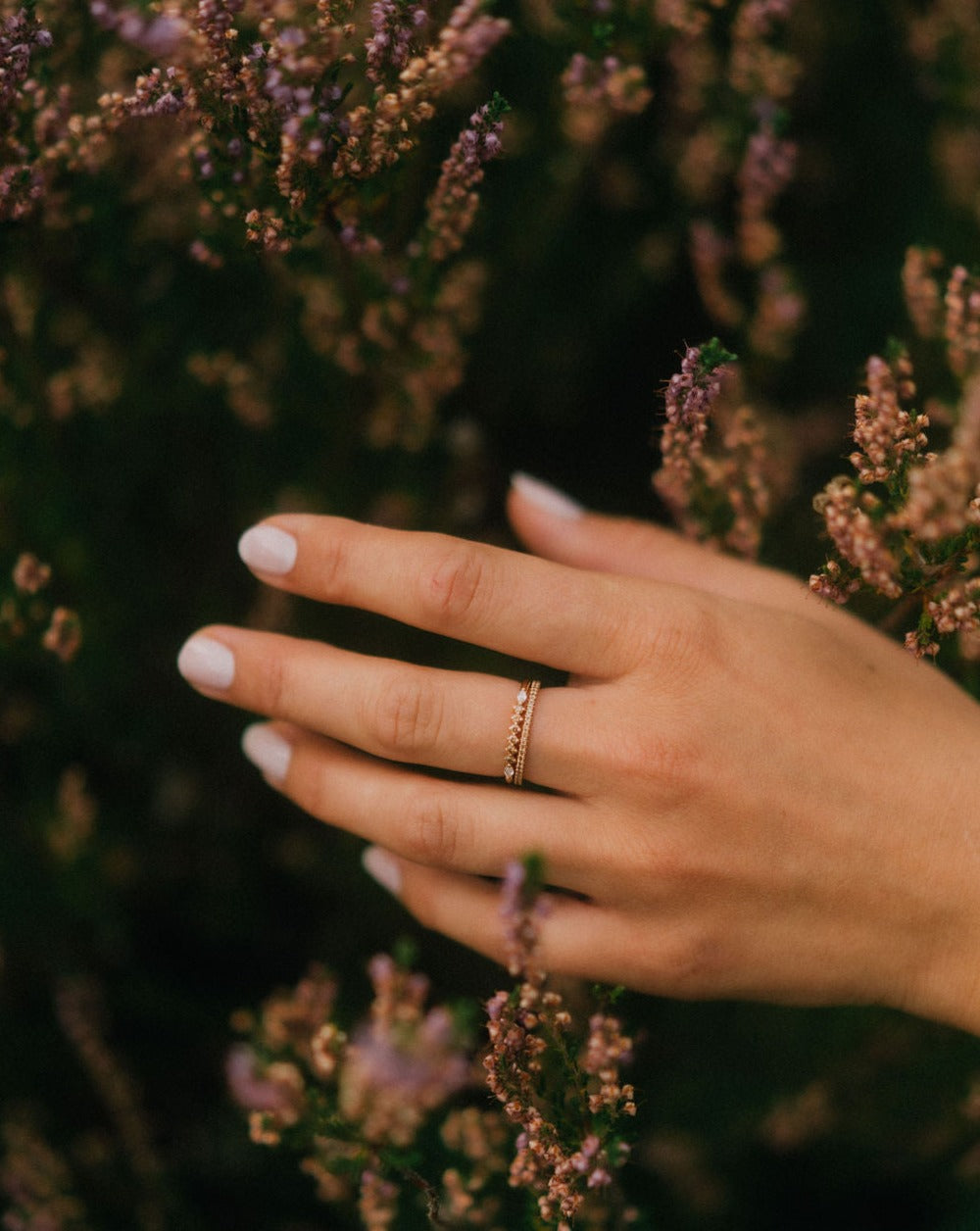
Leave a comment